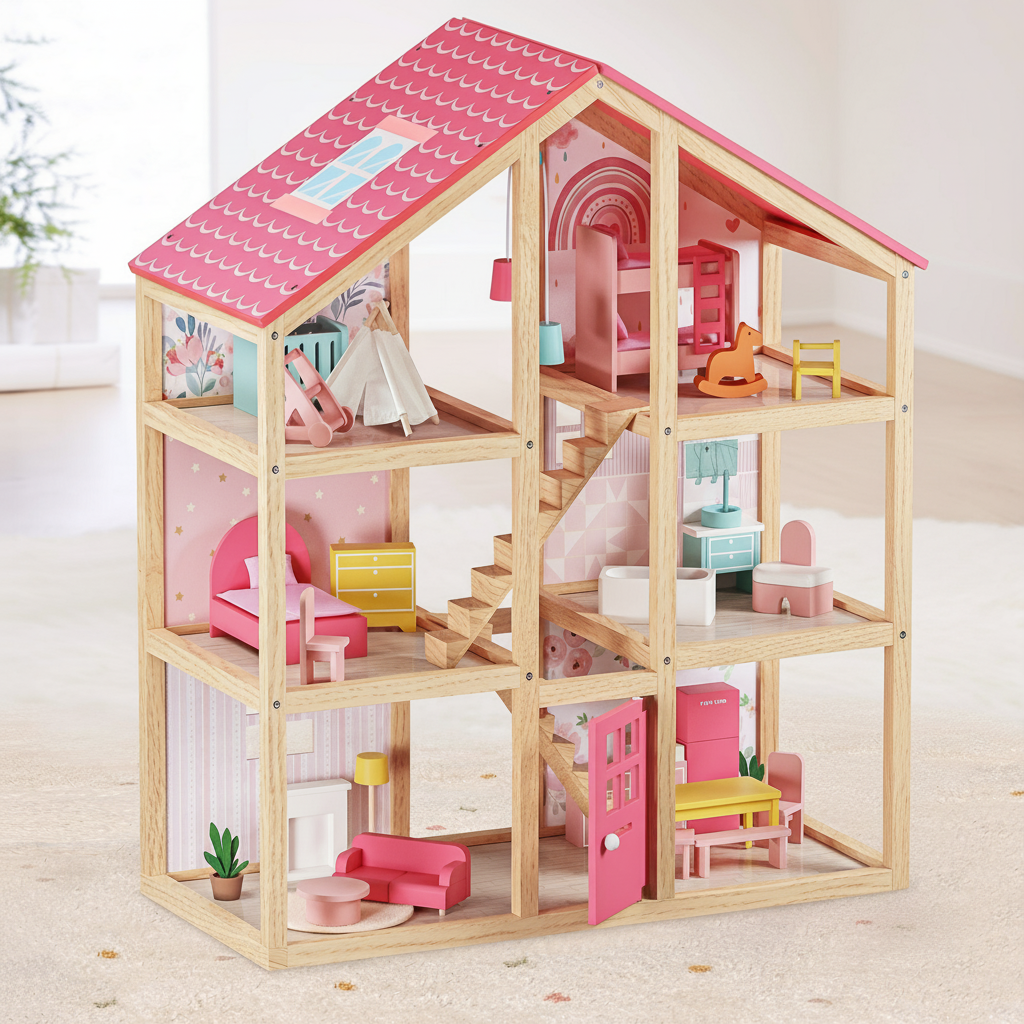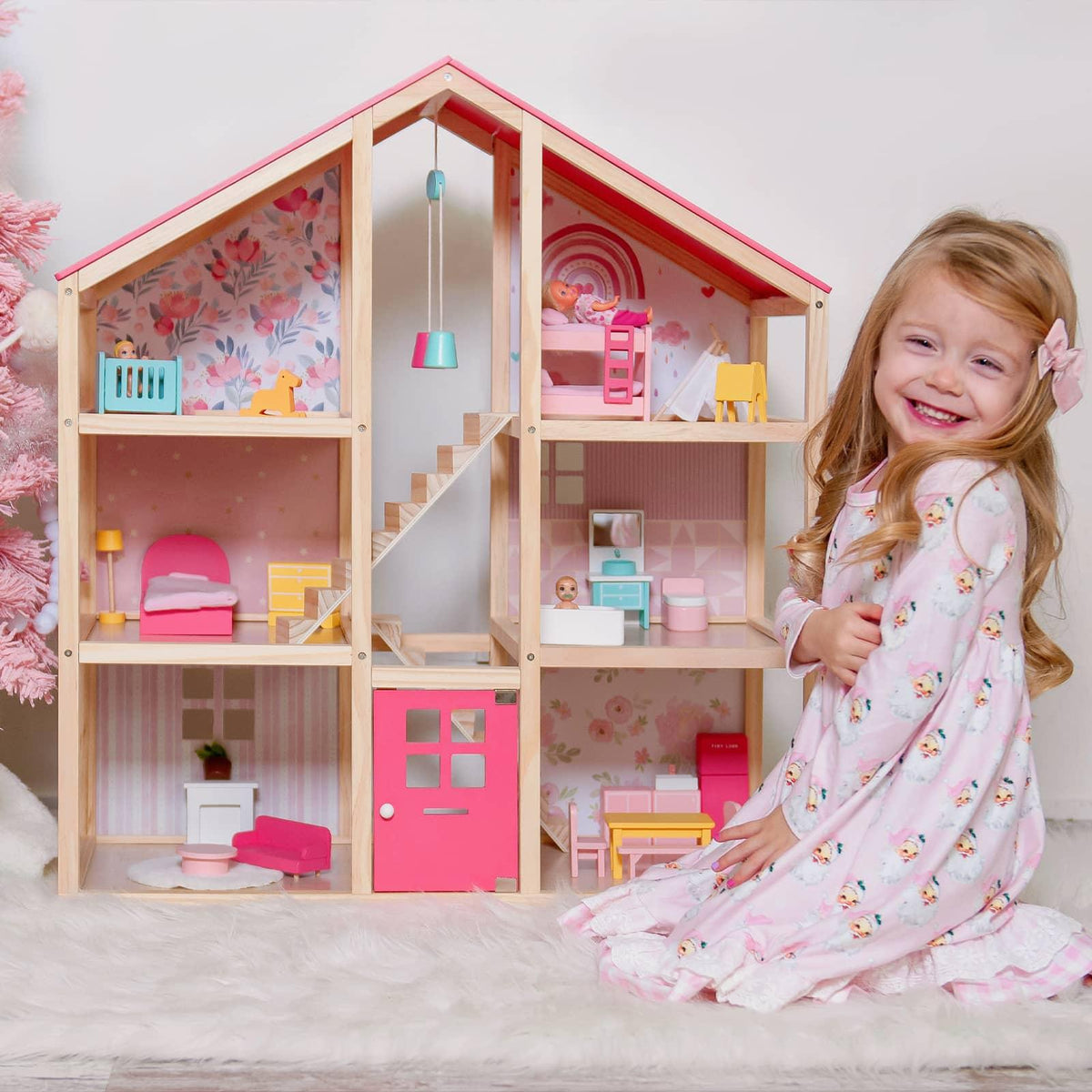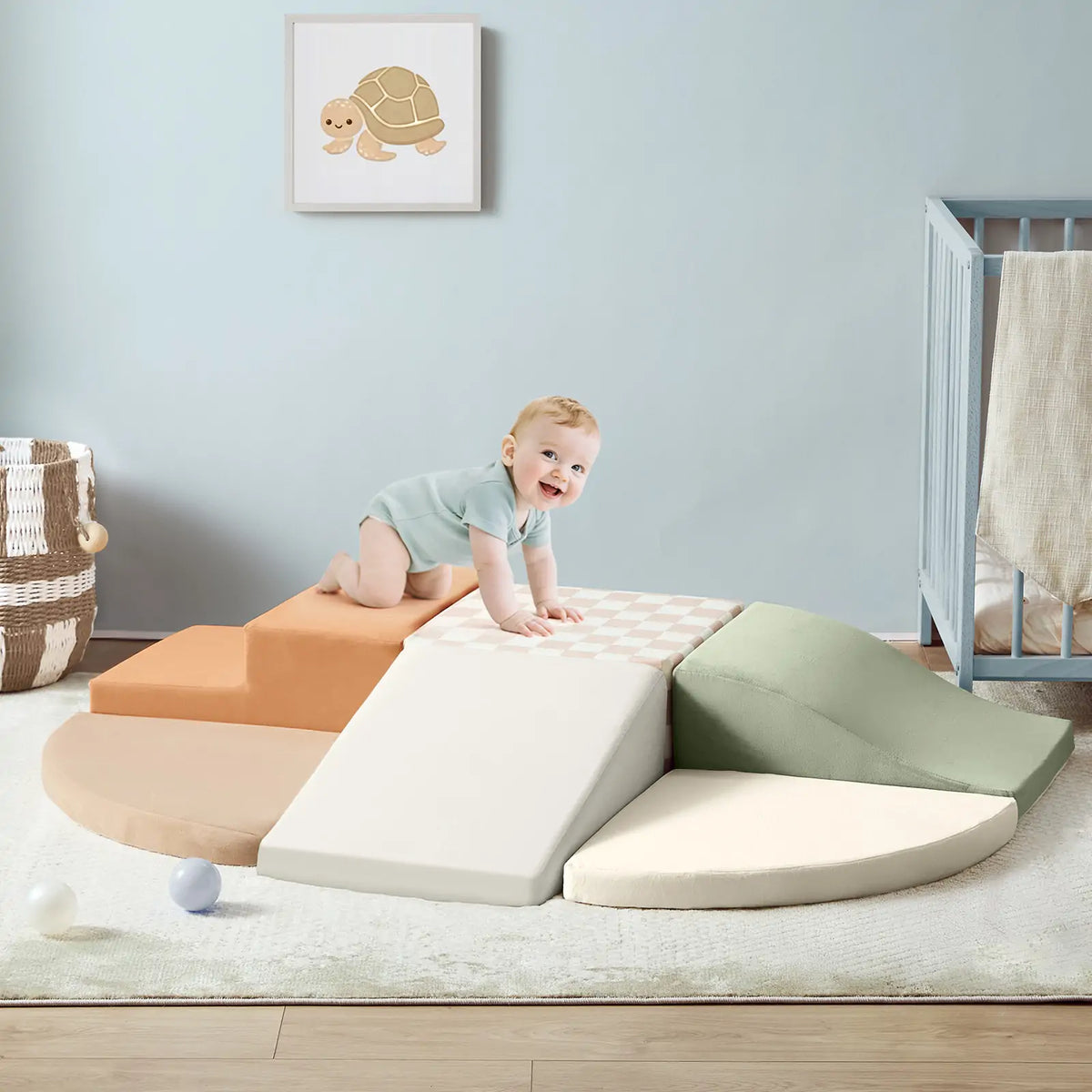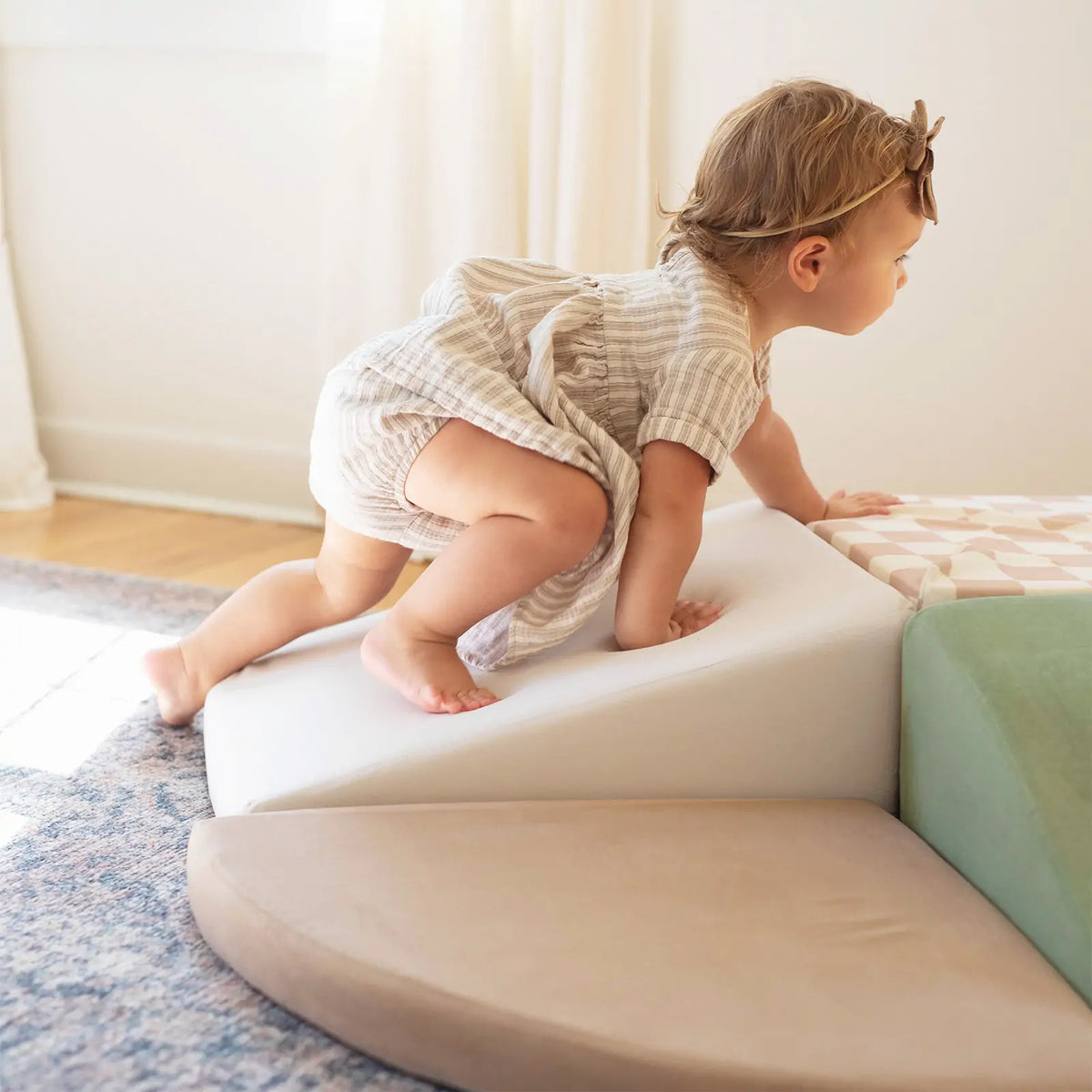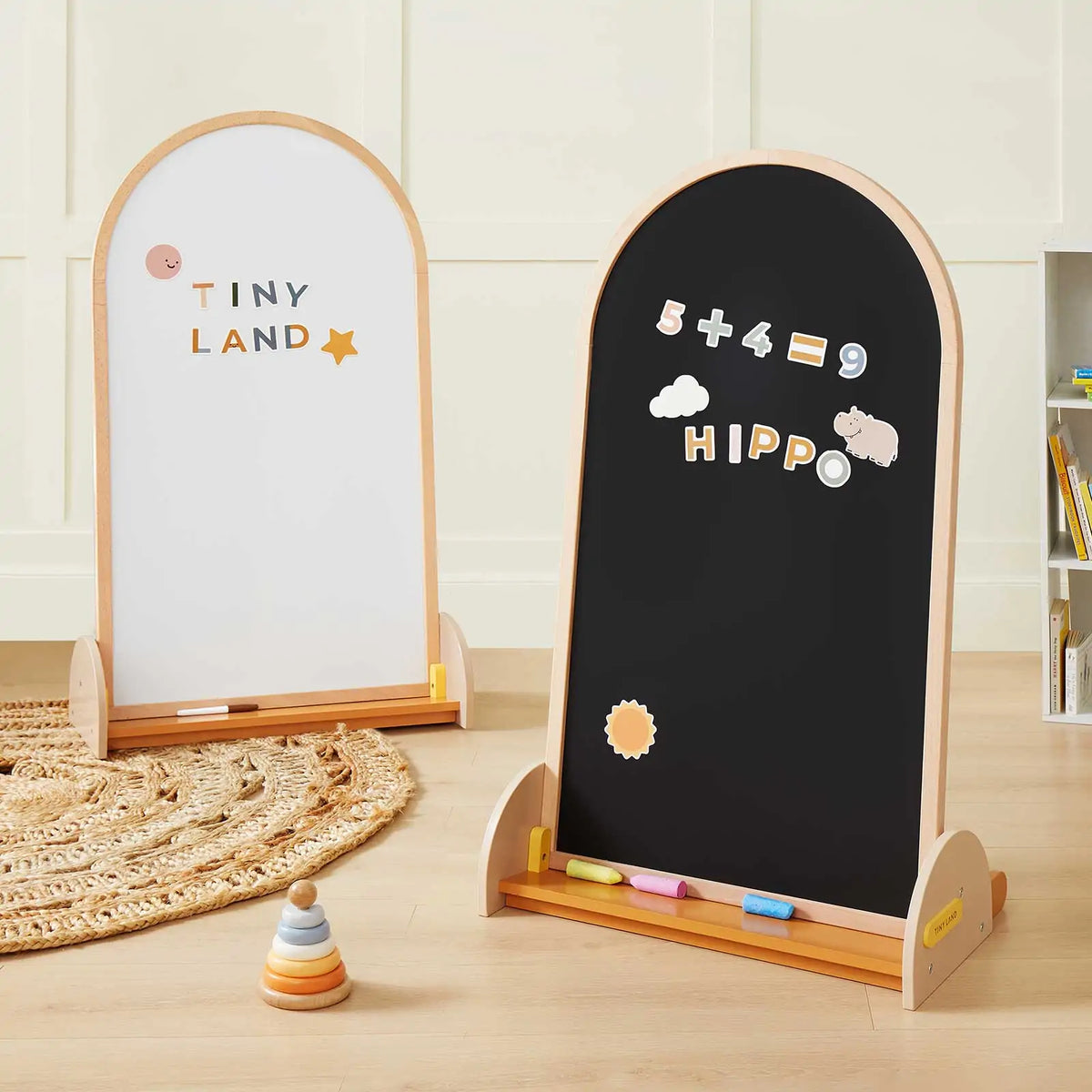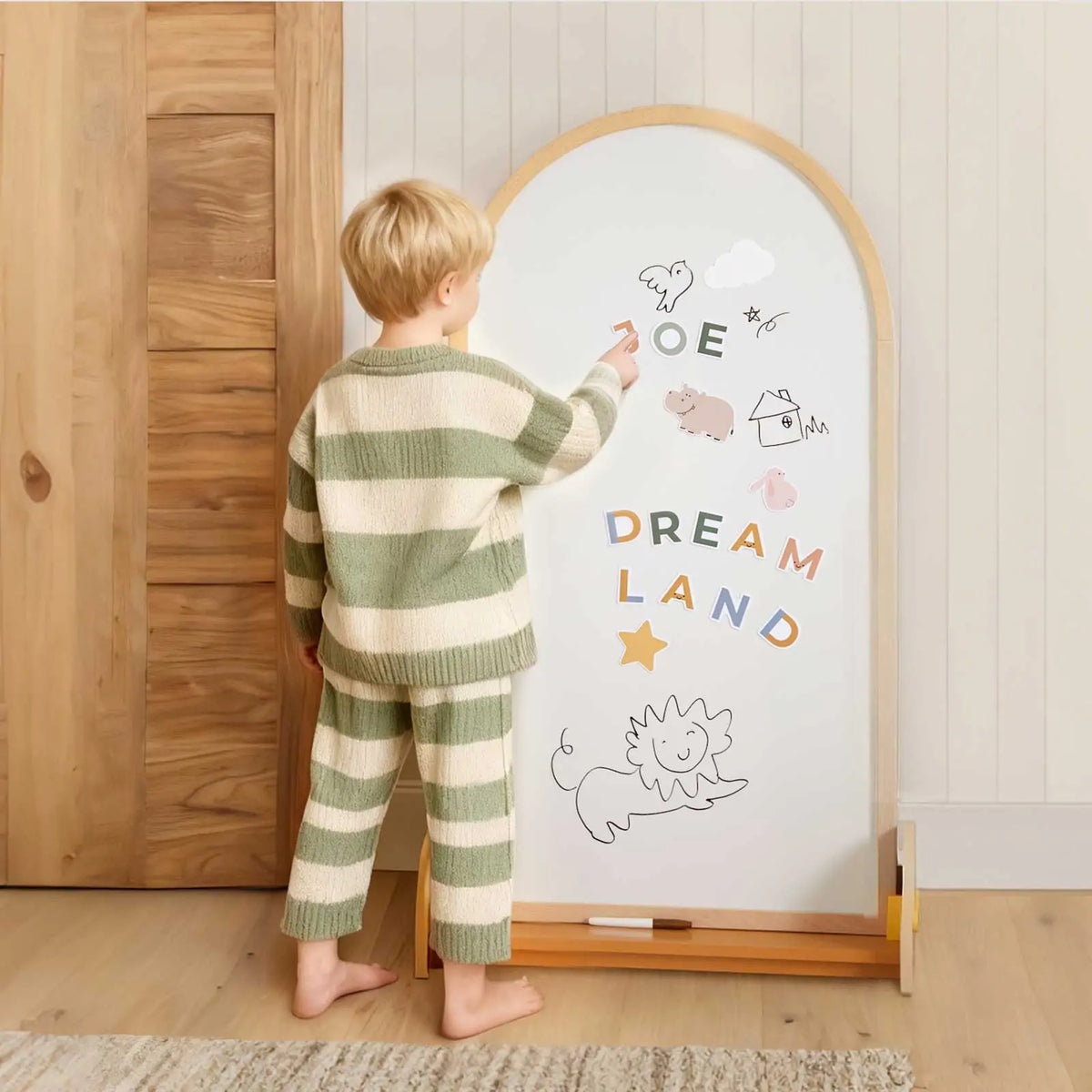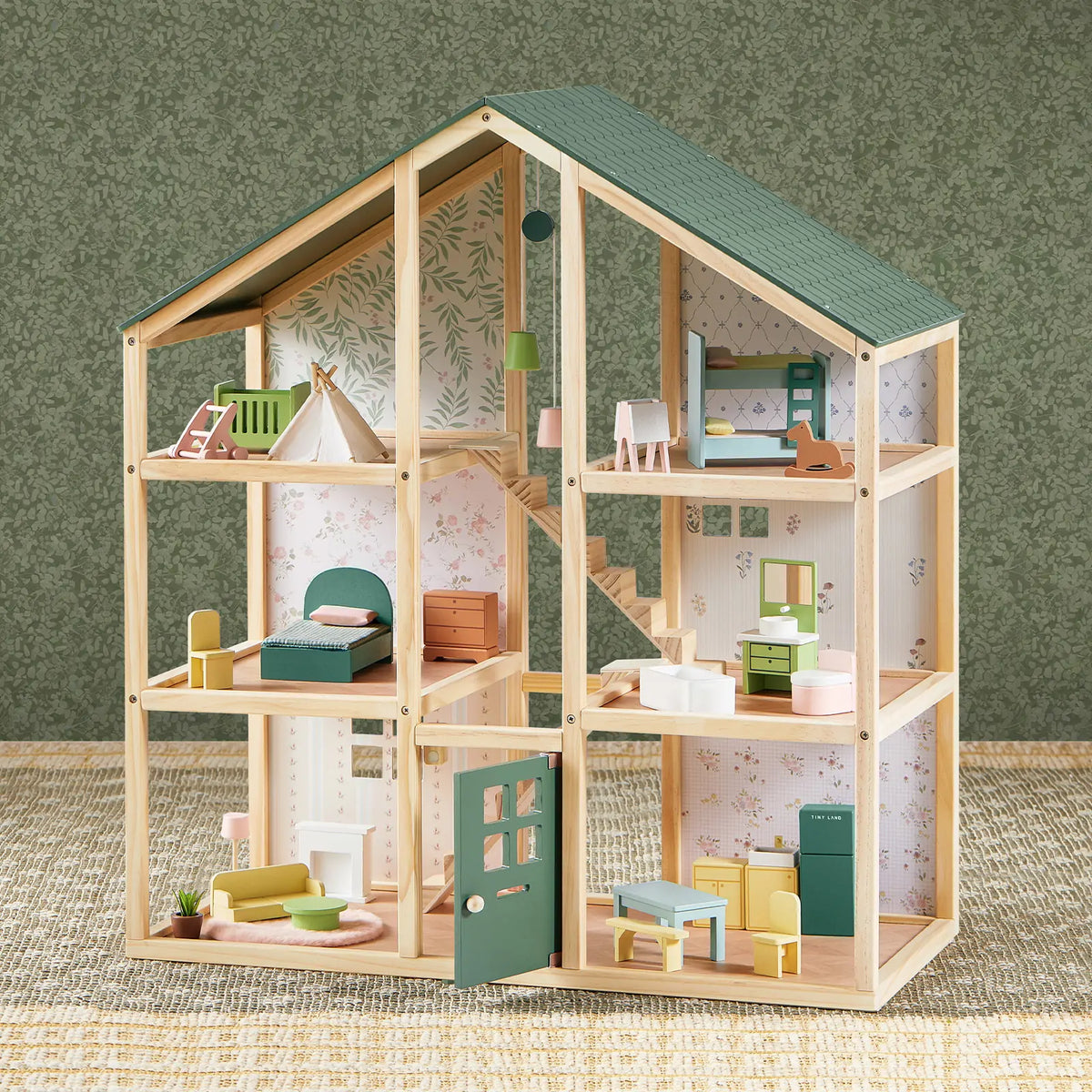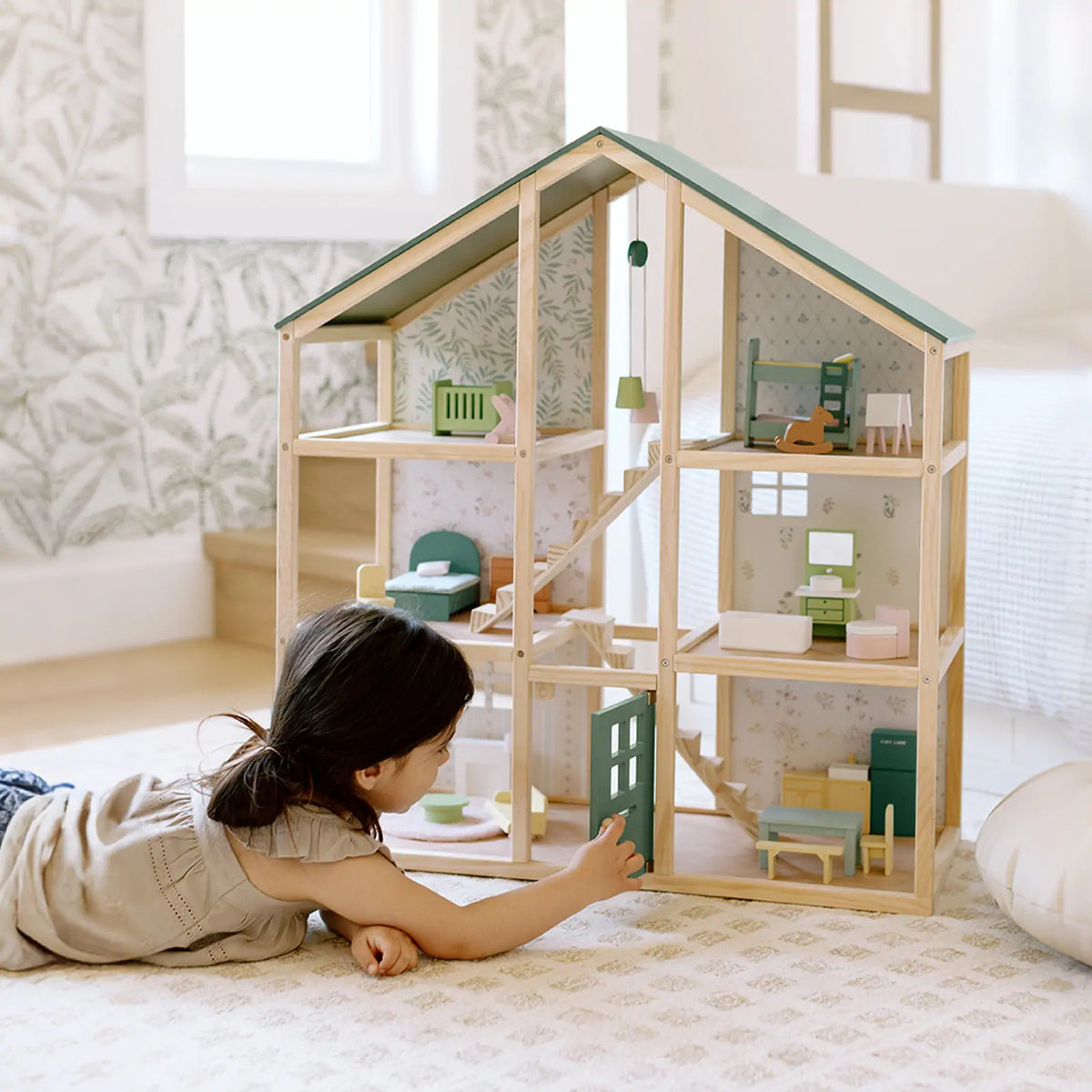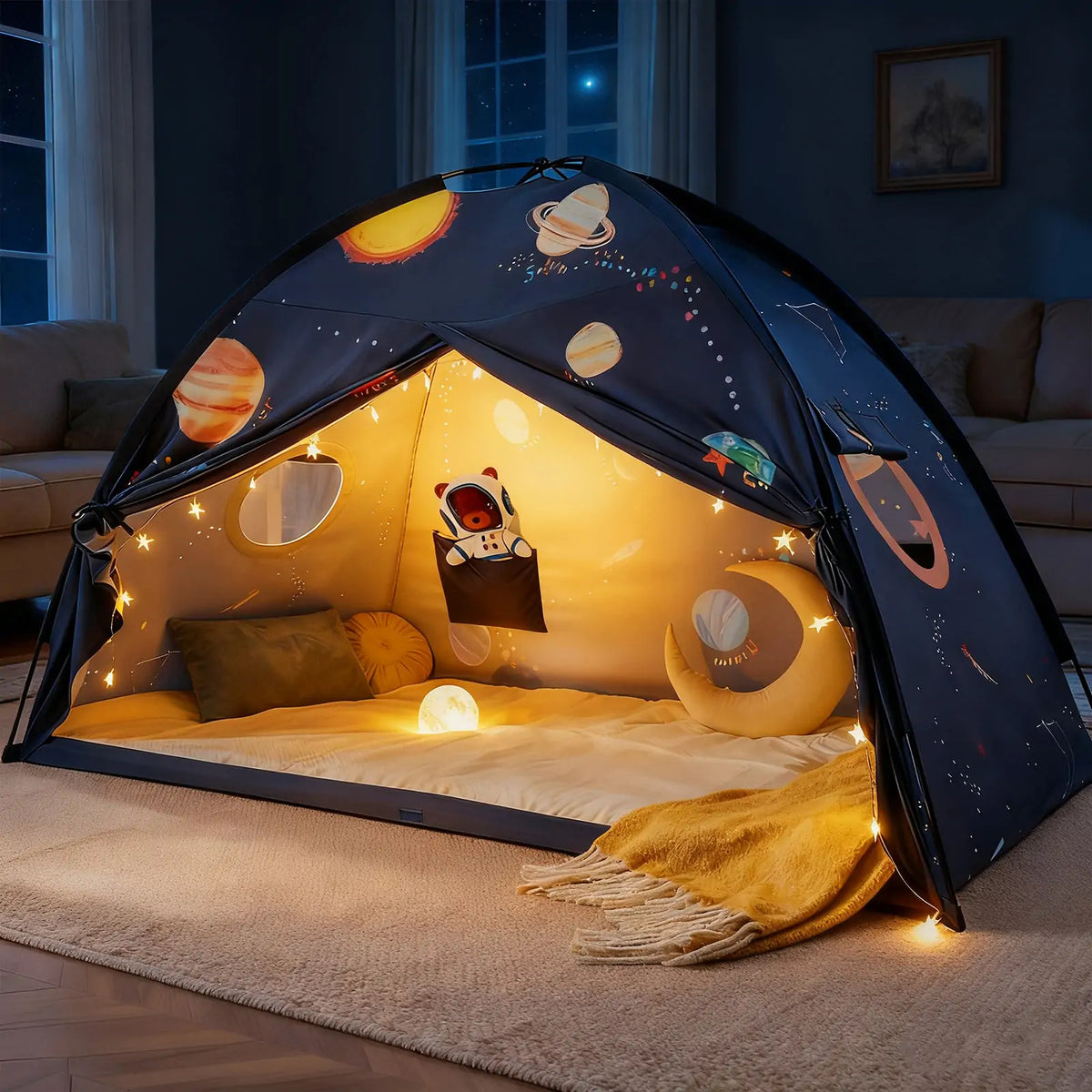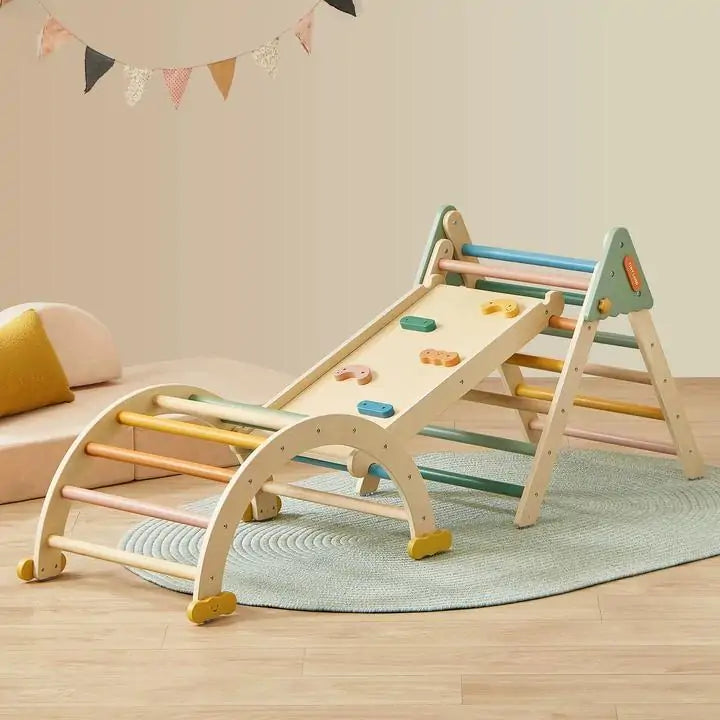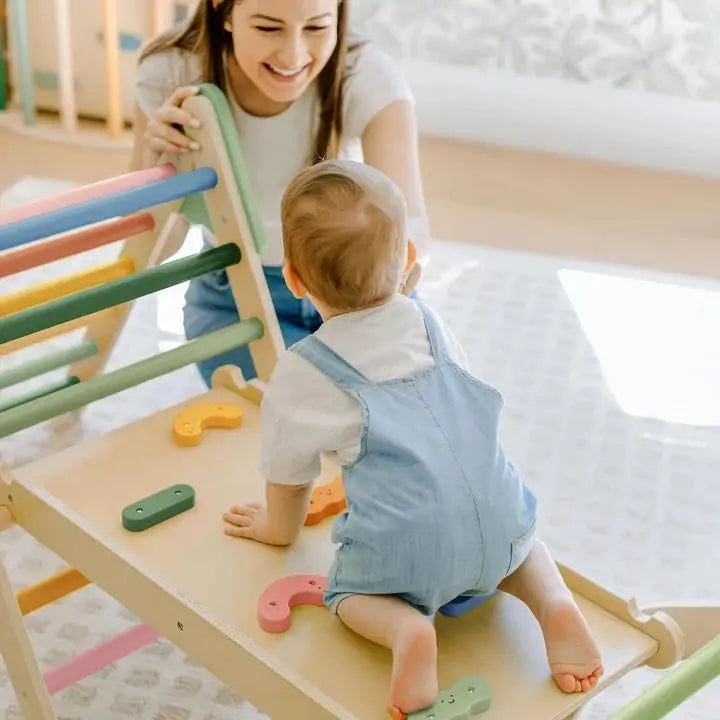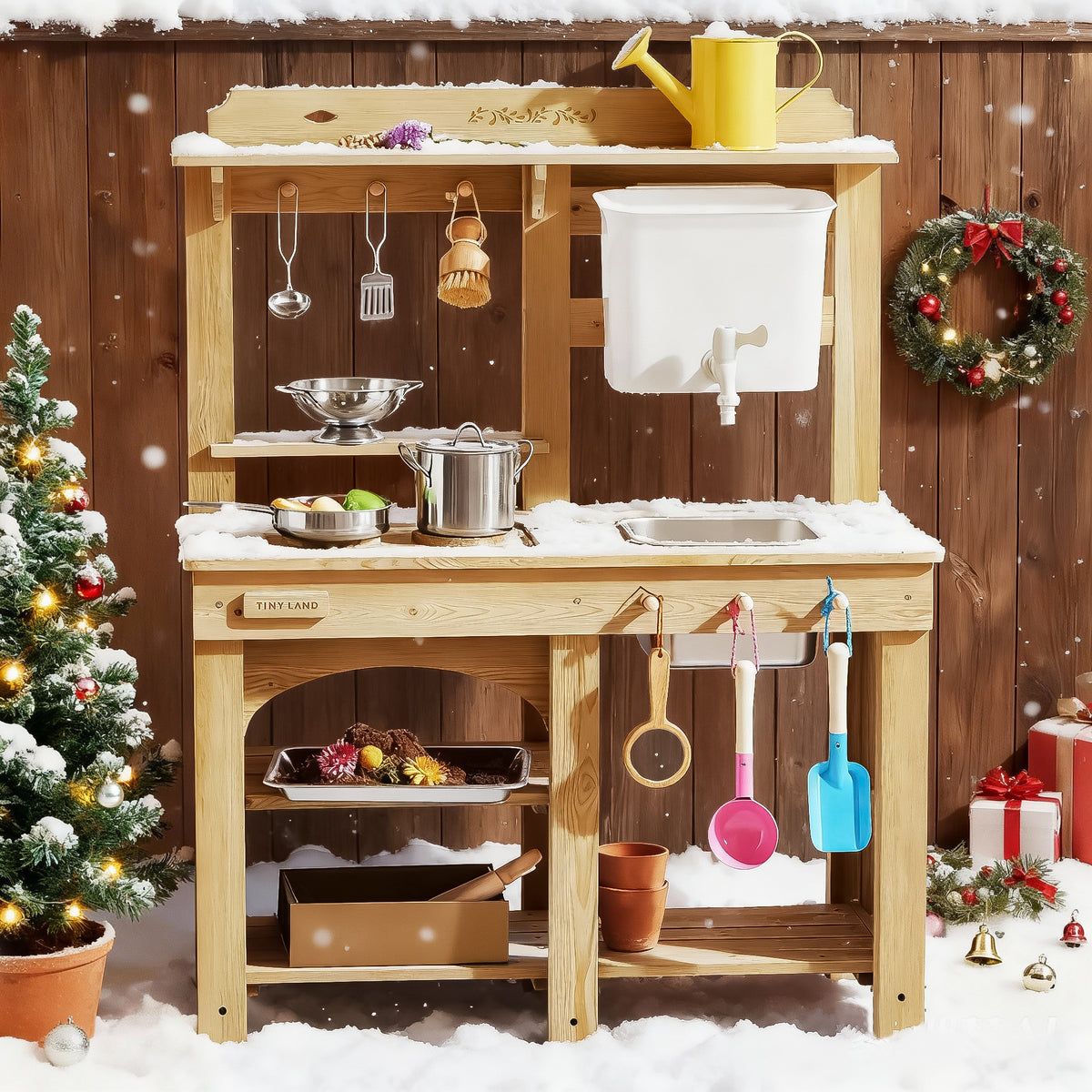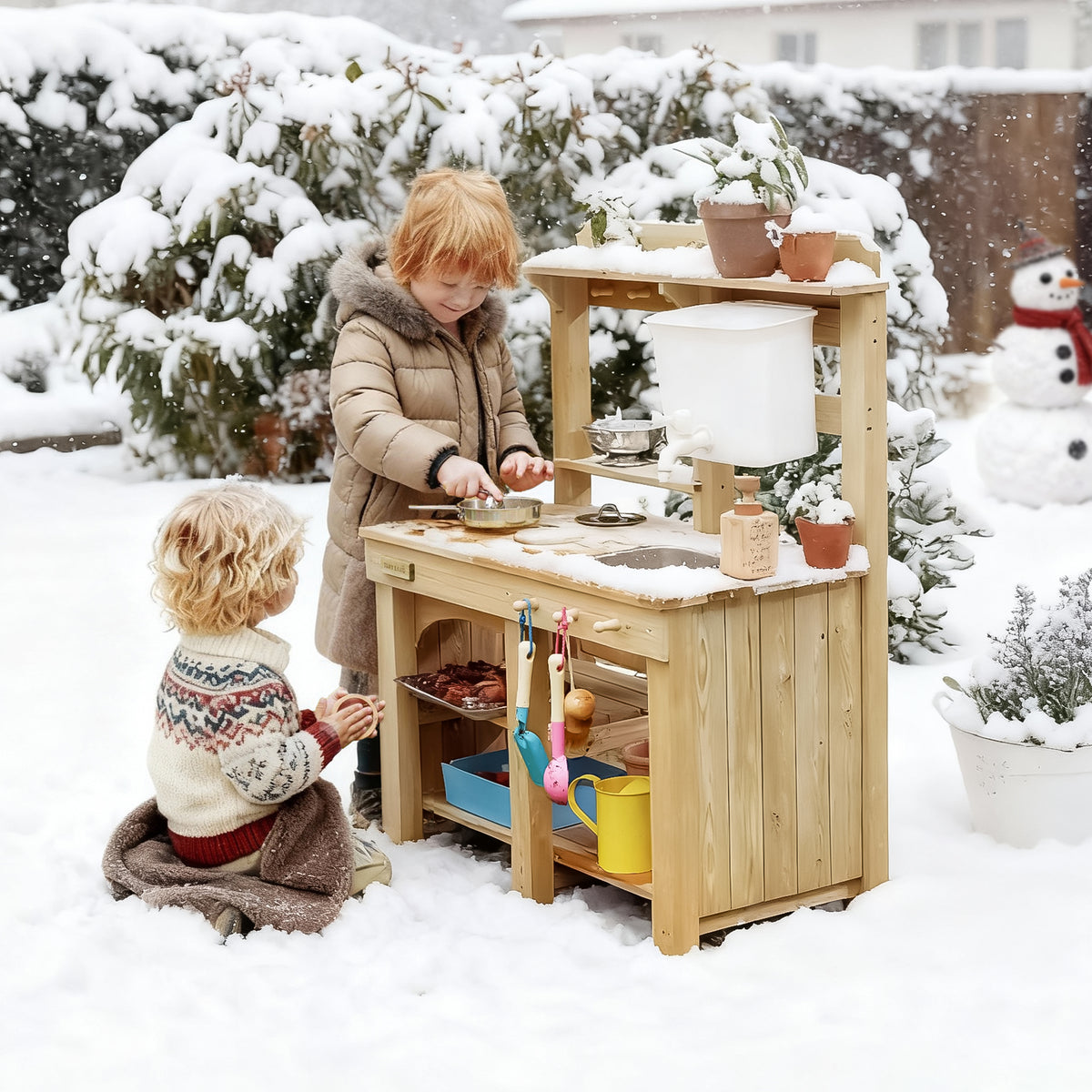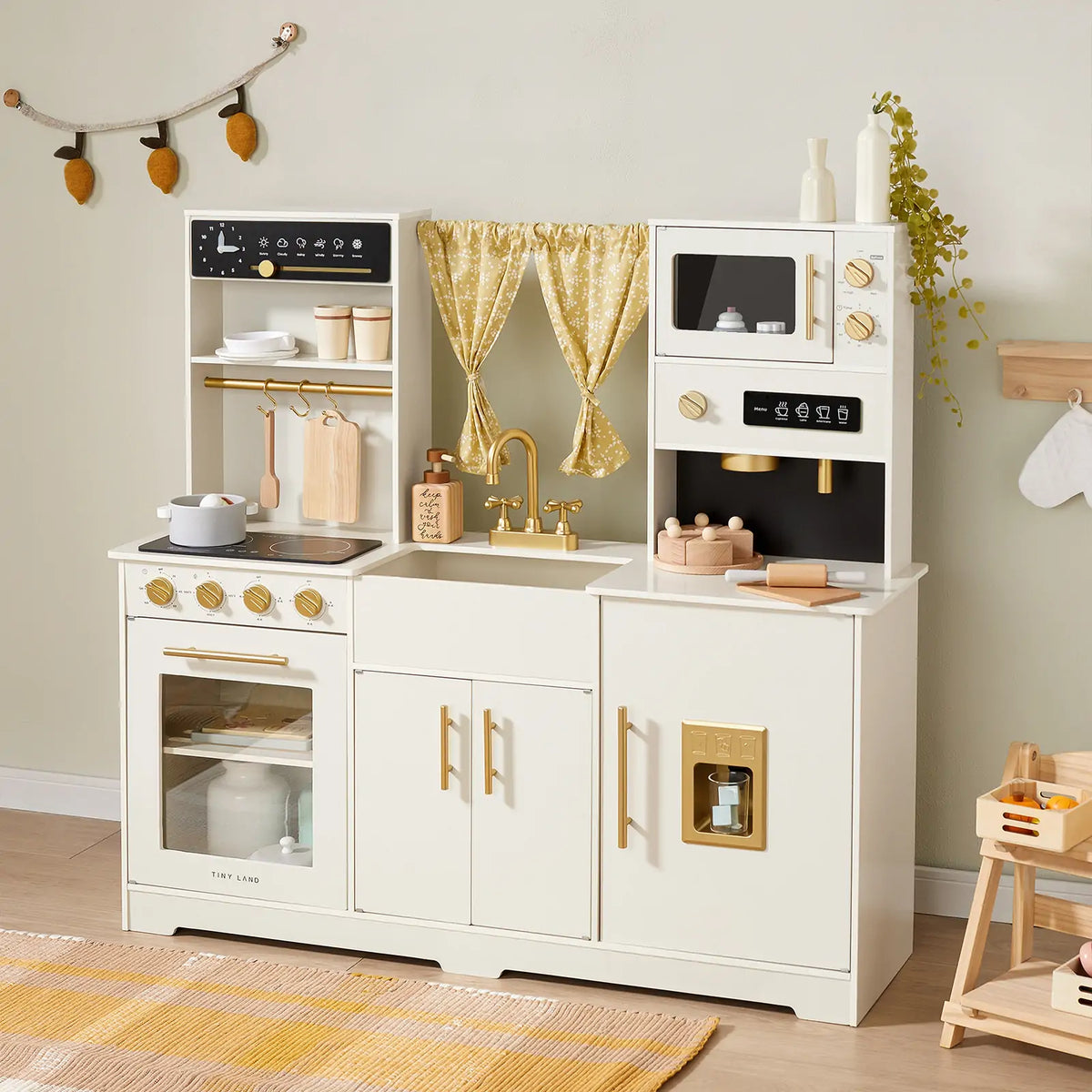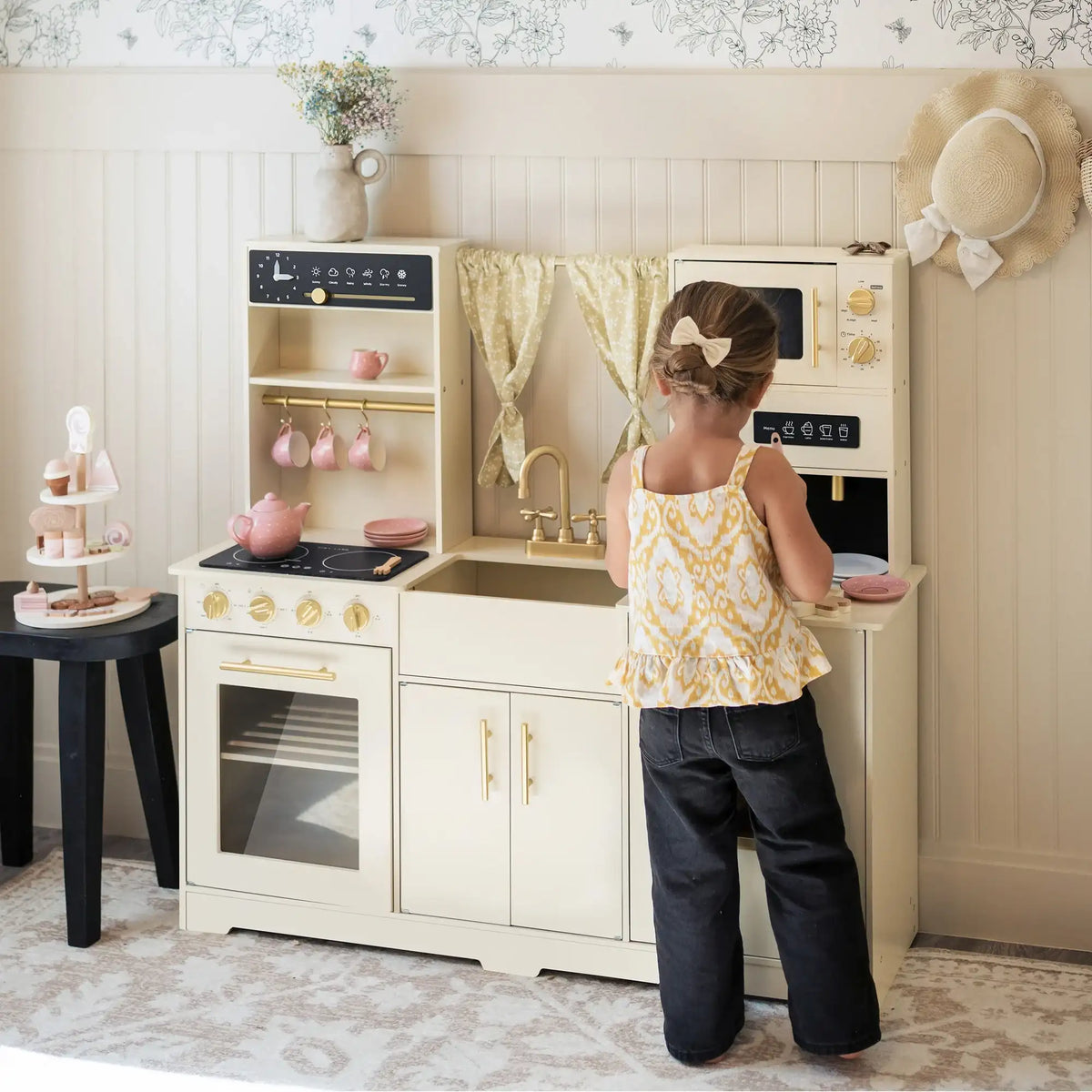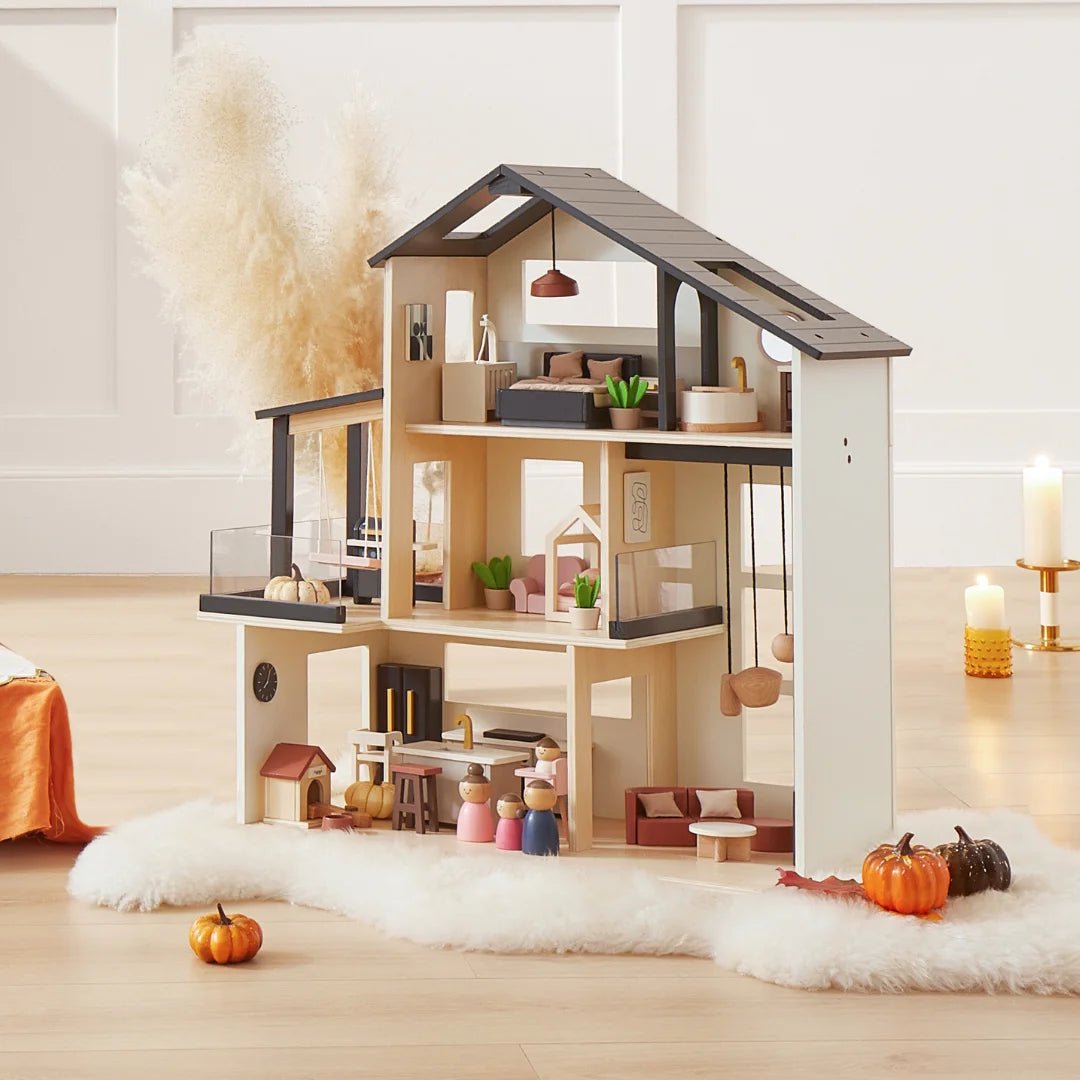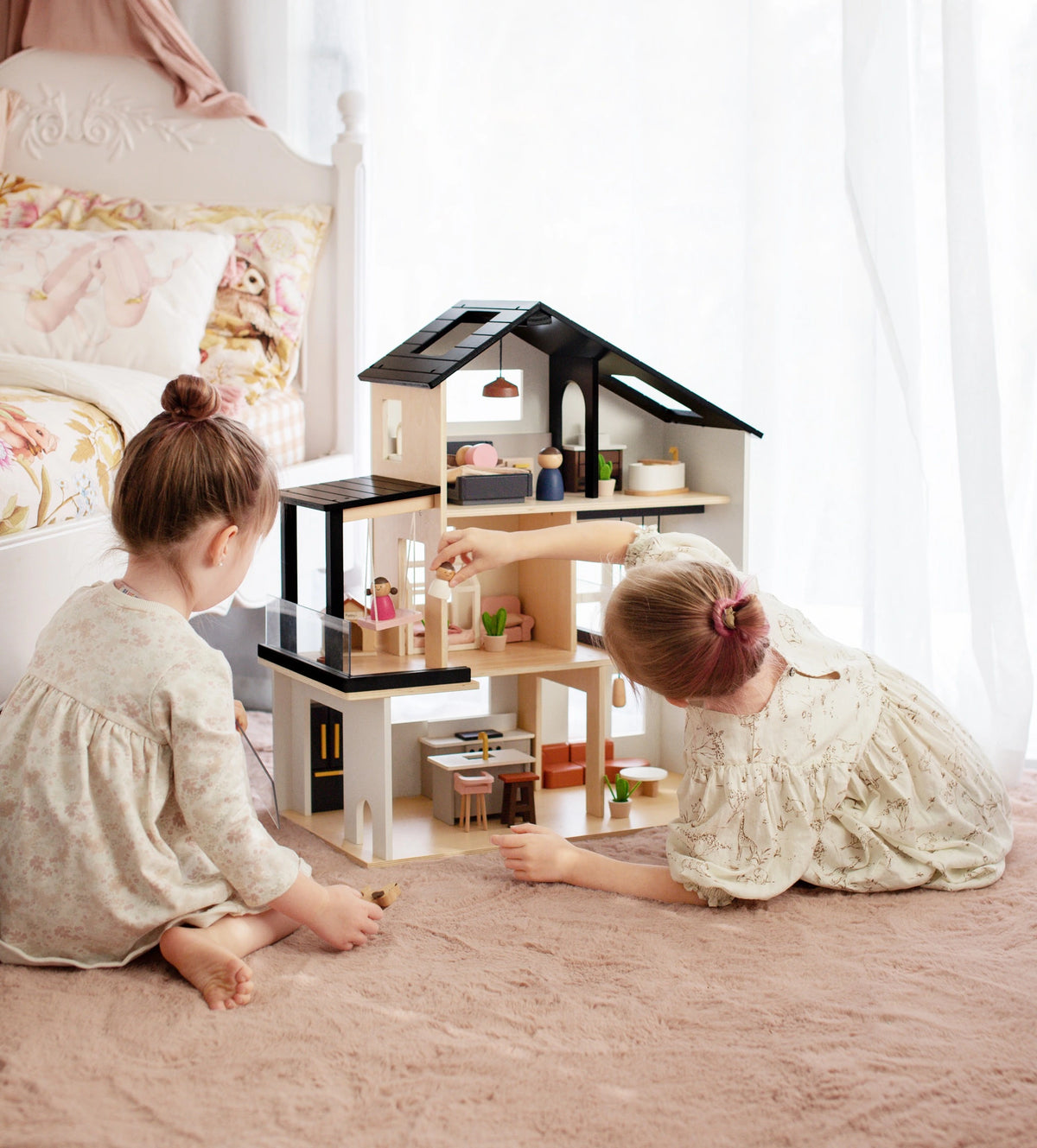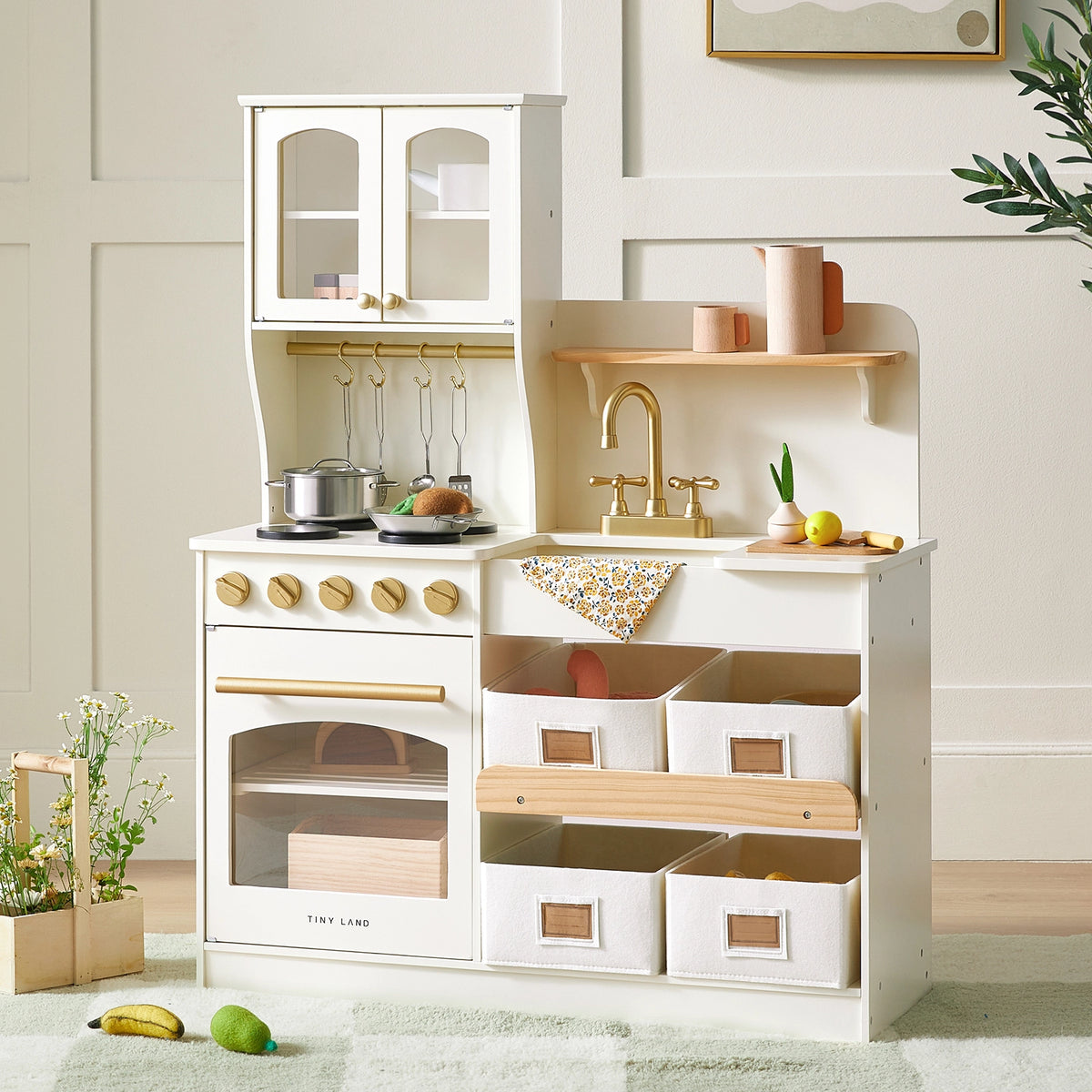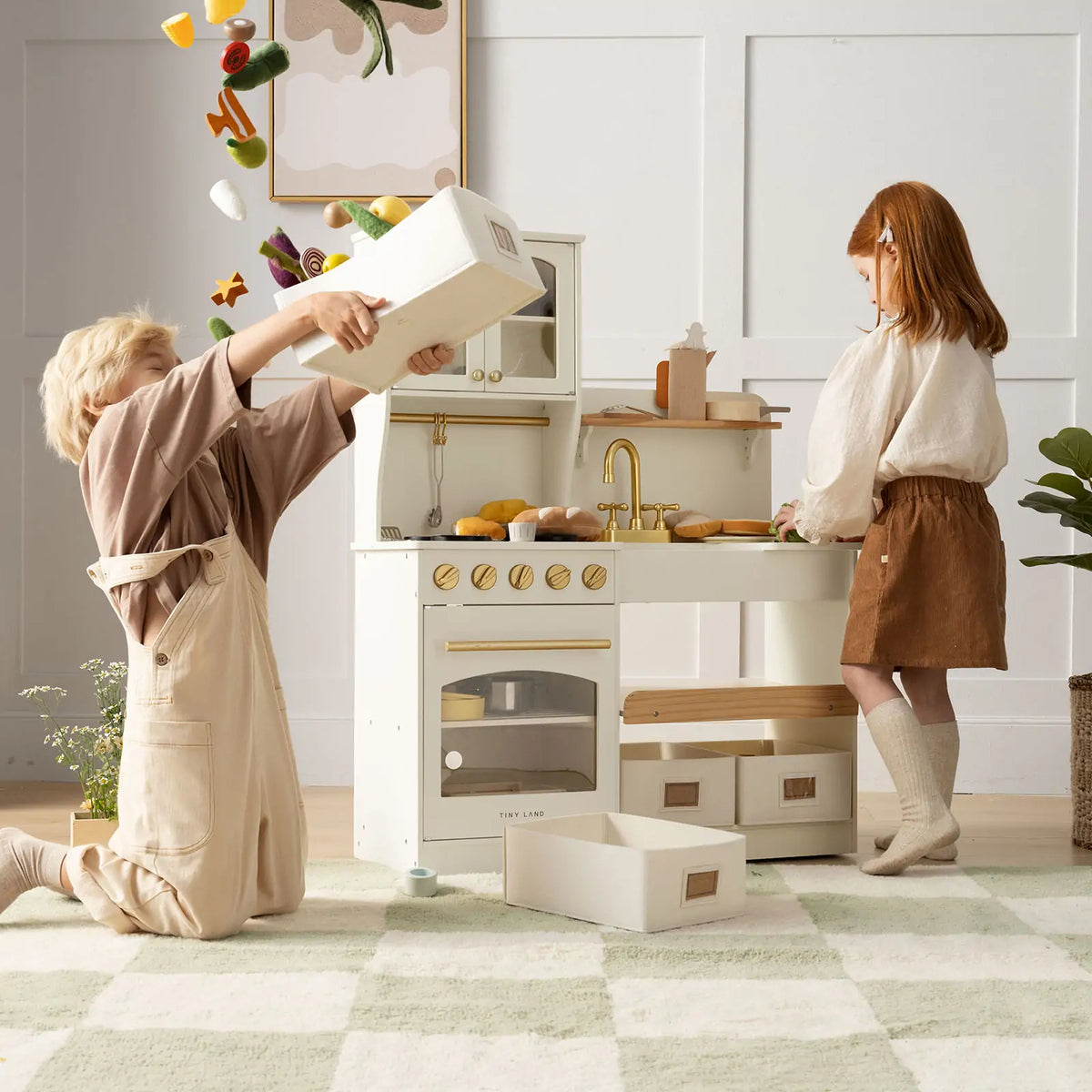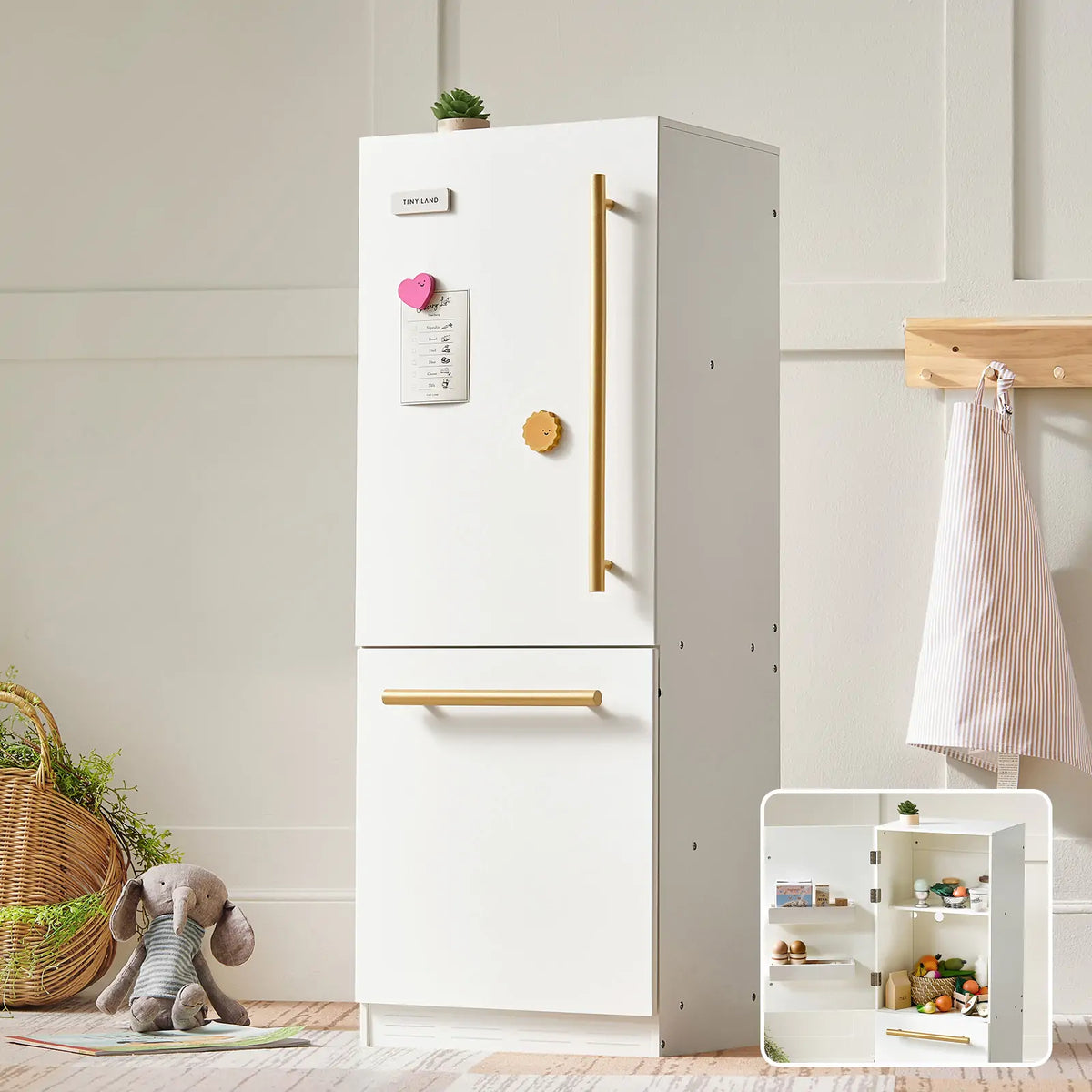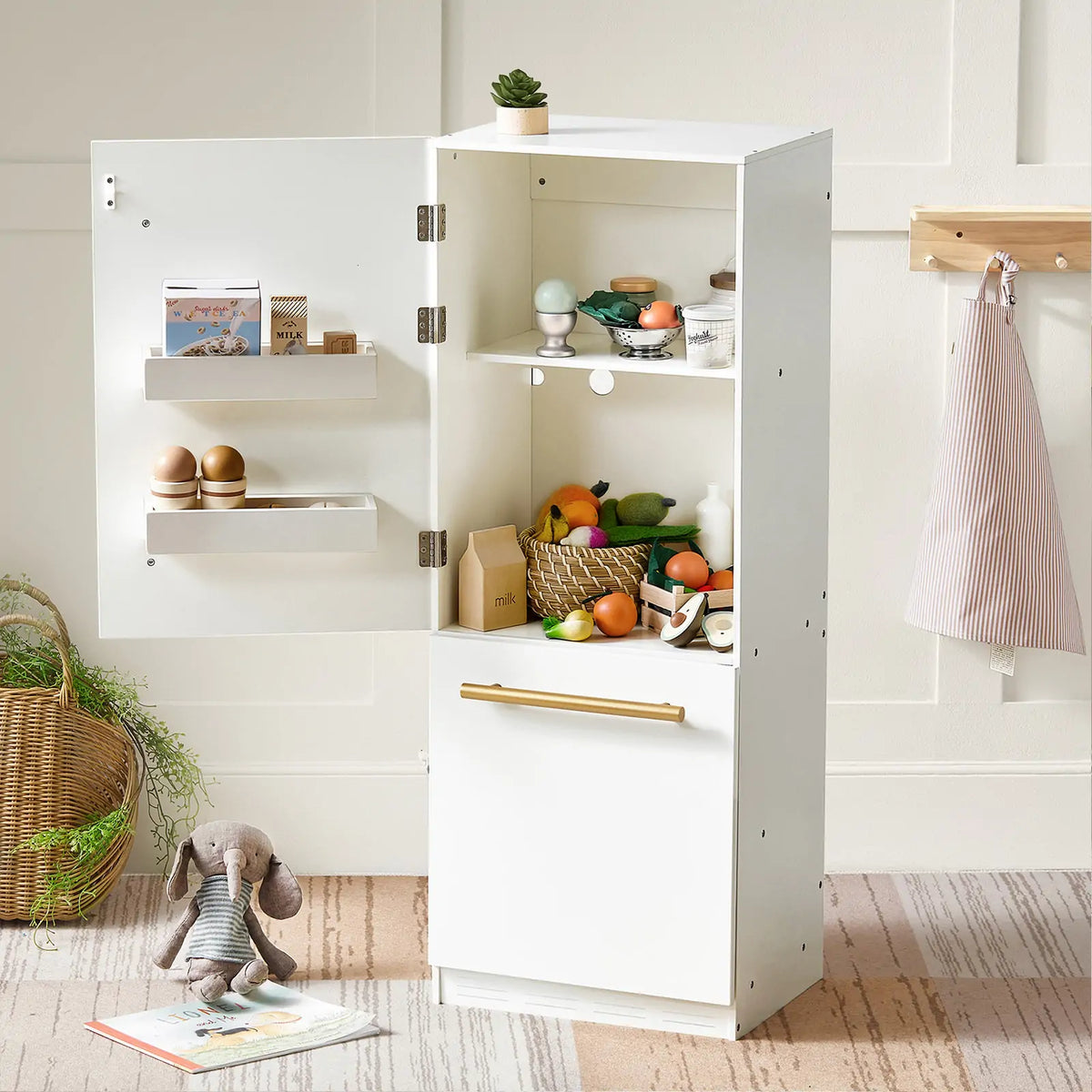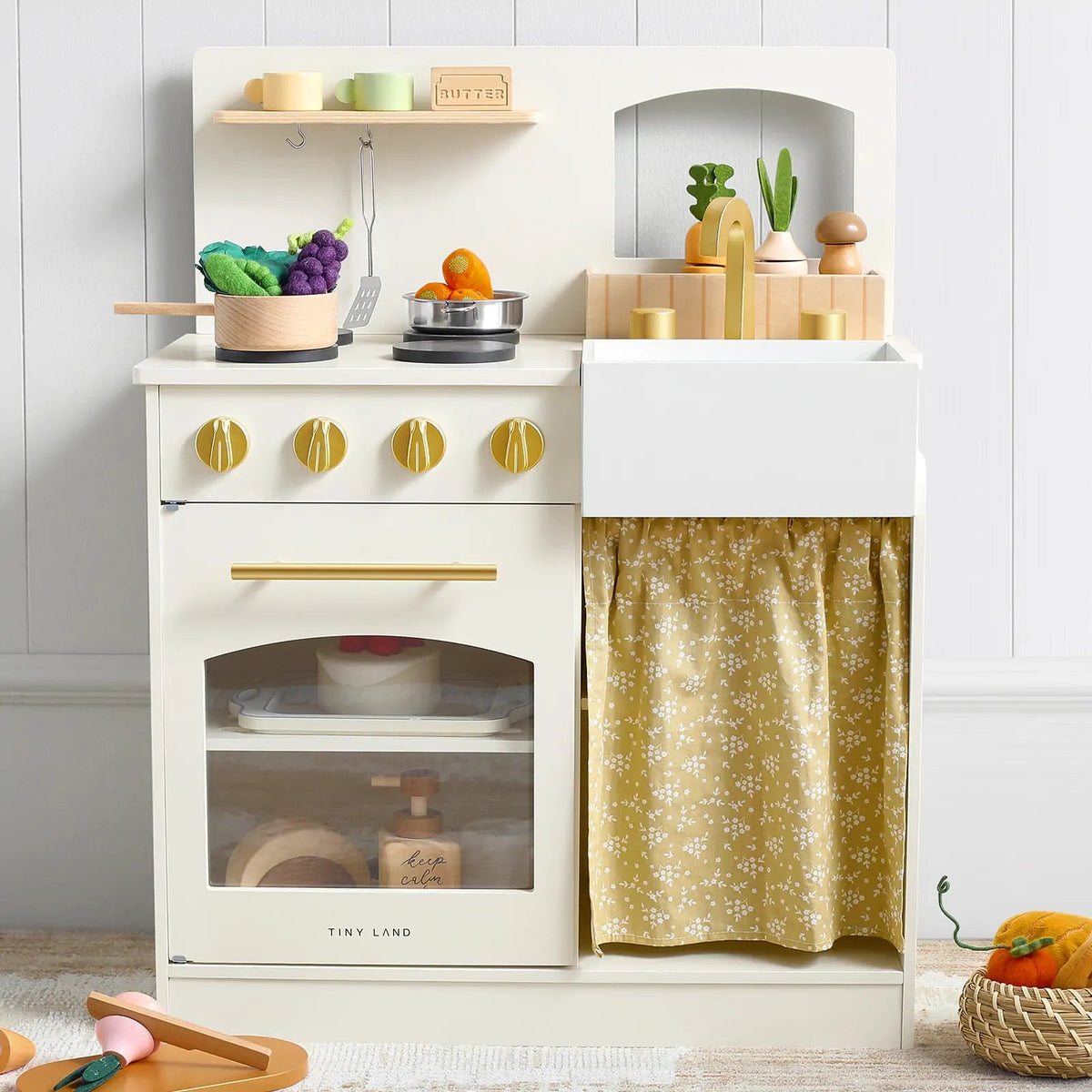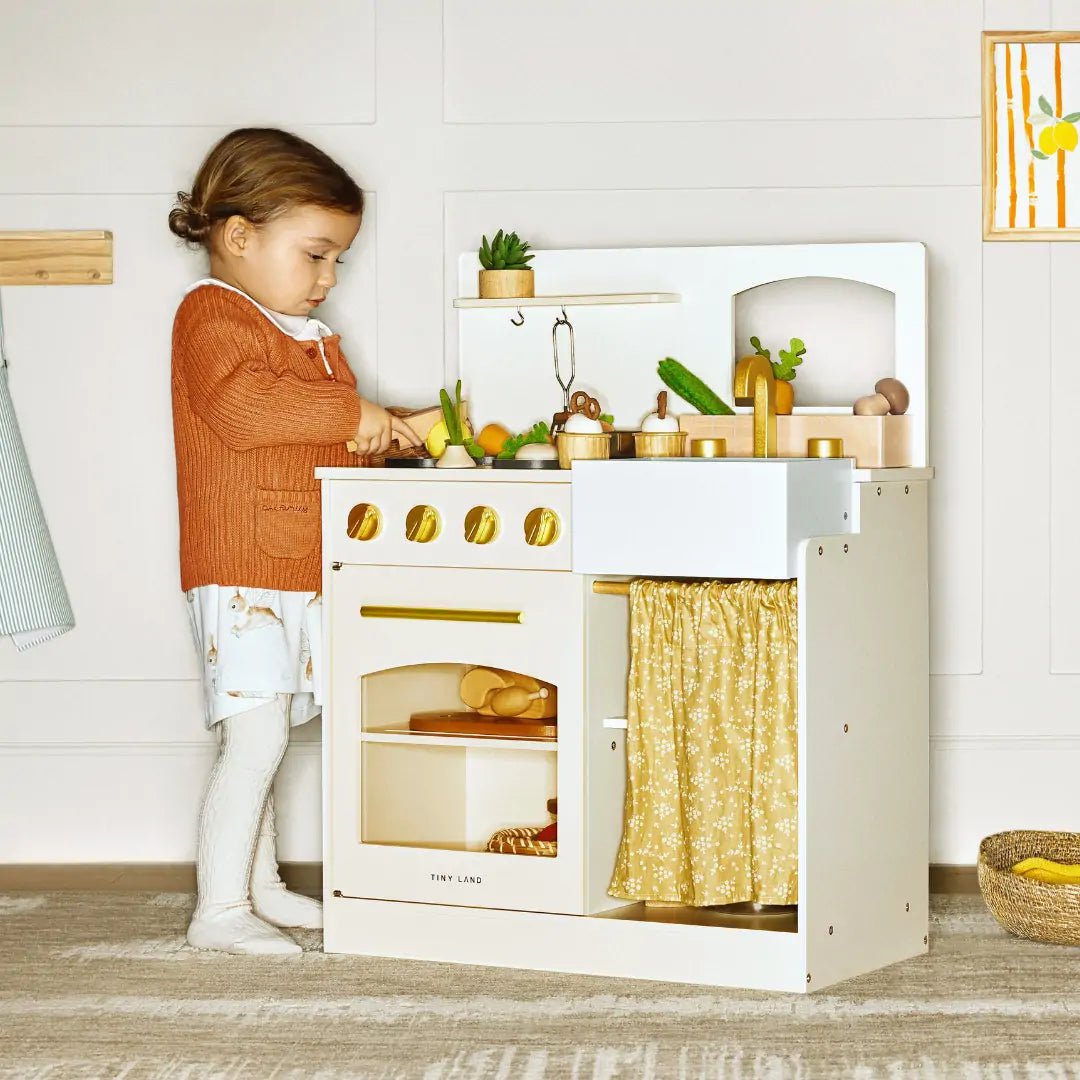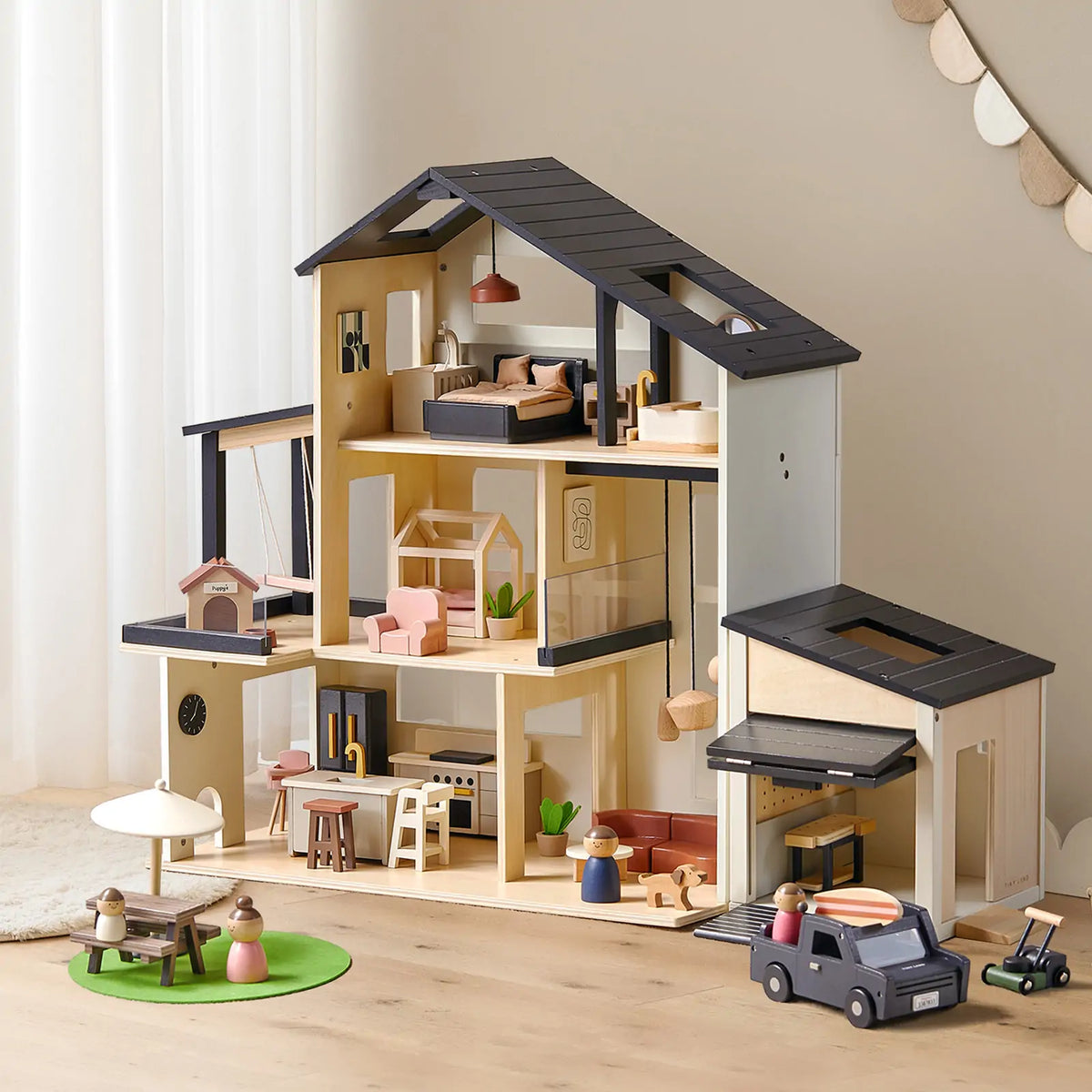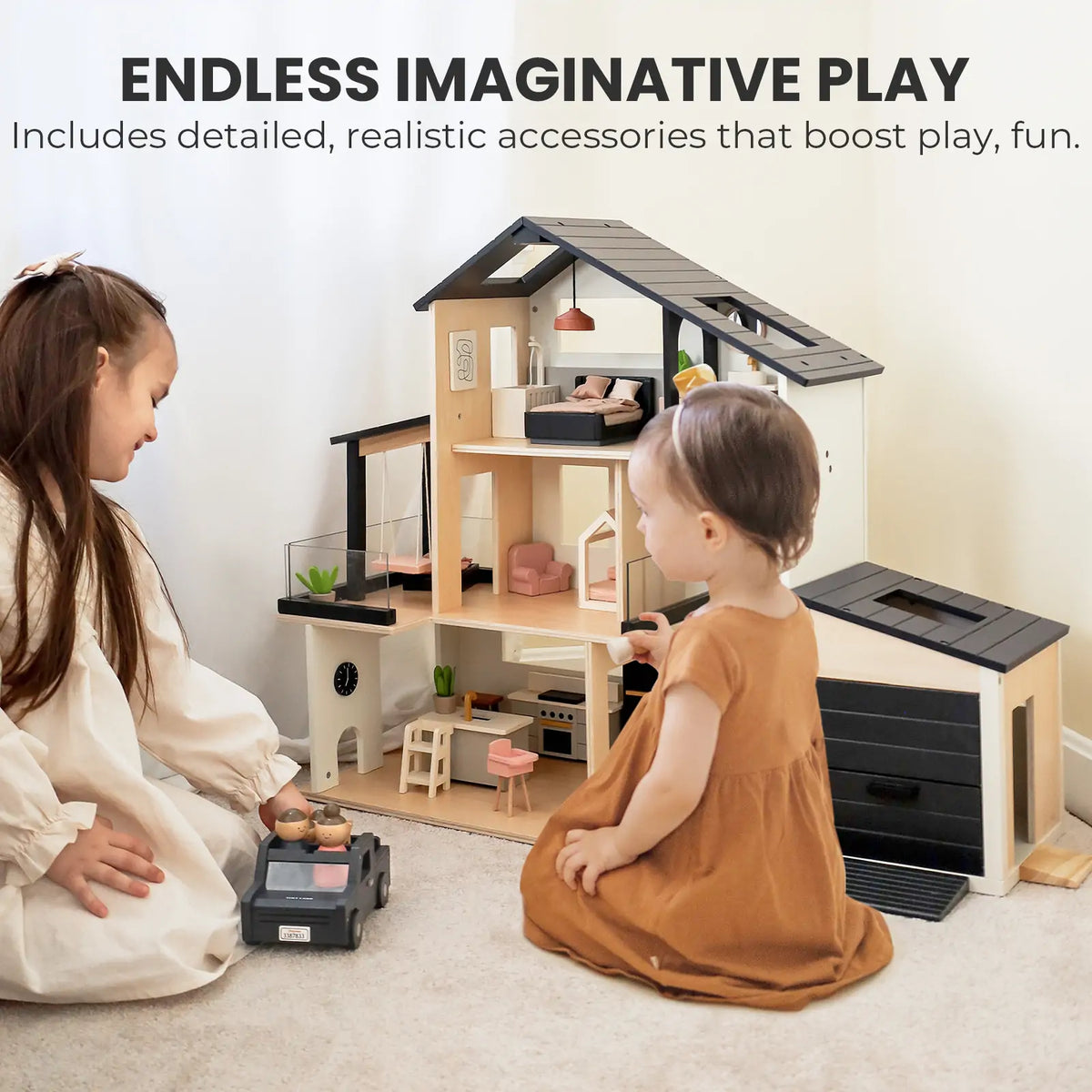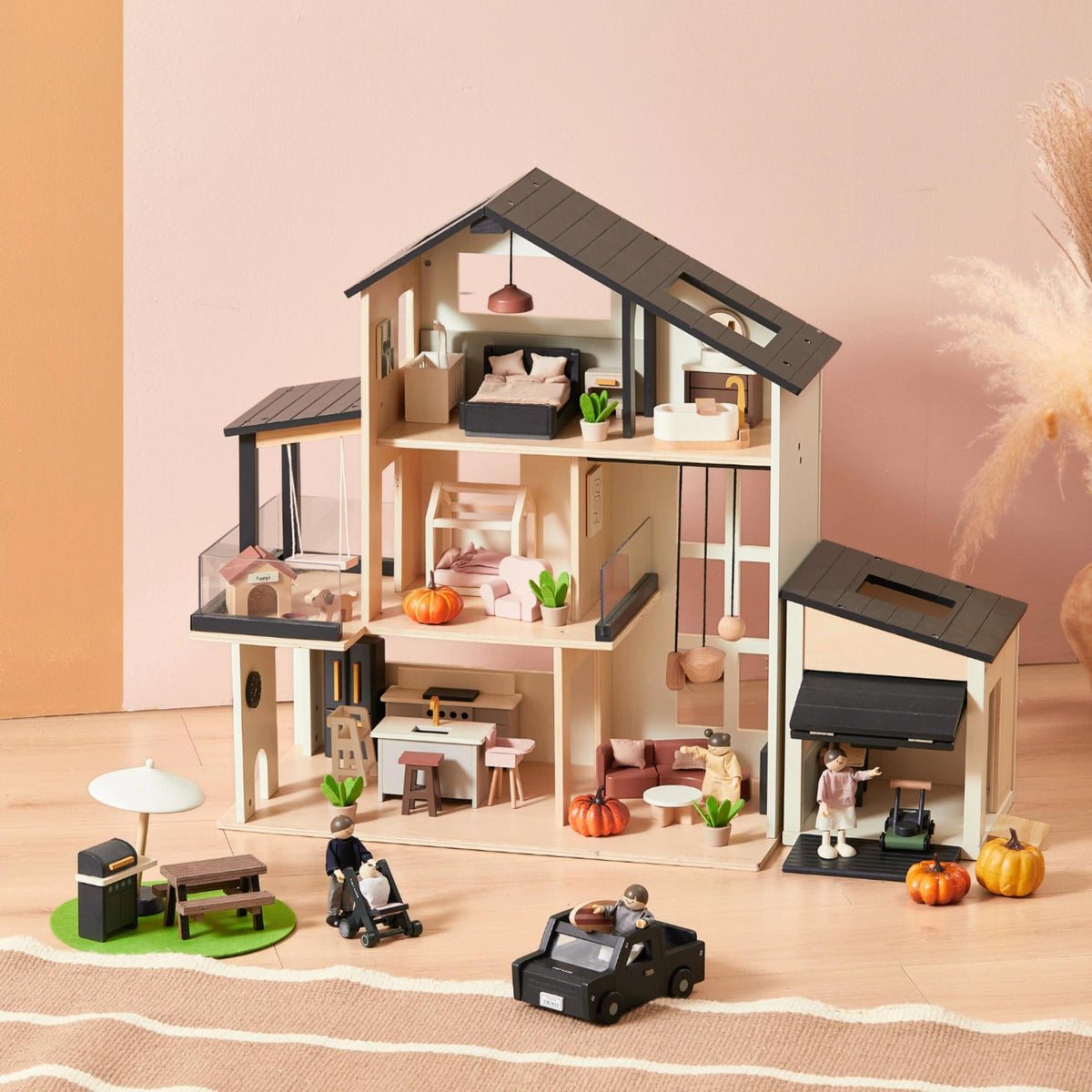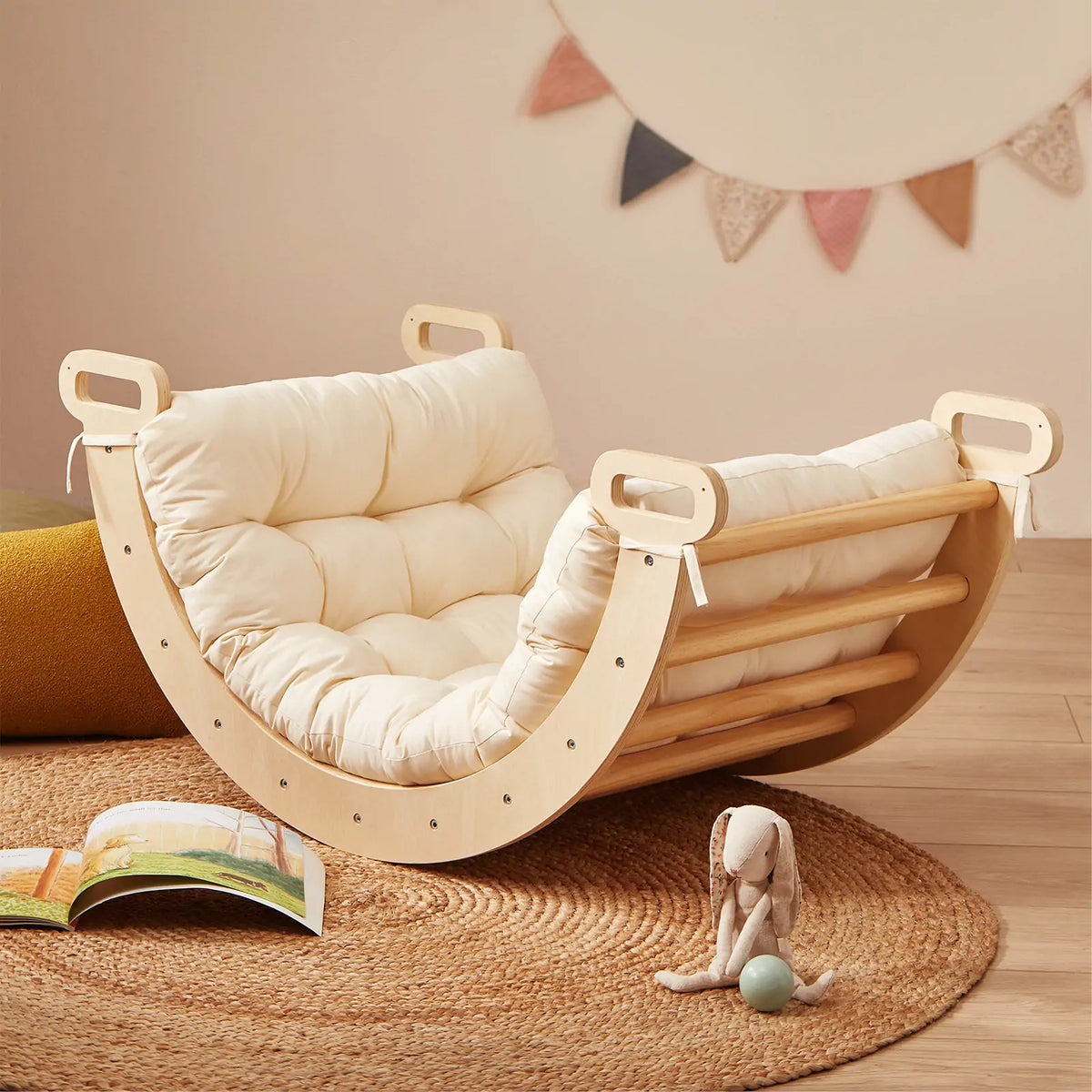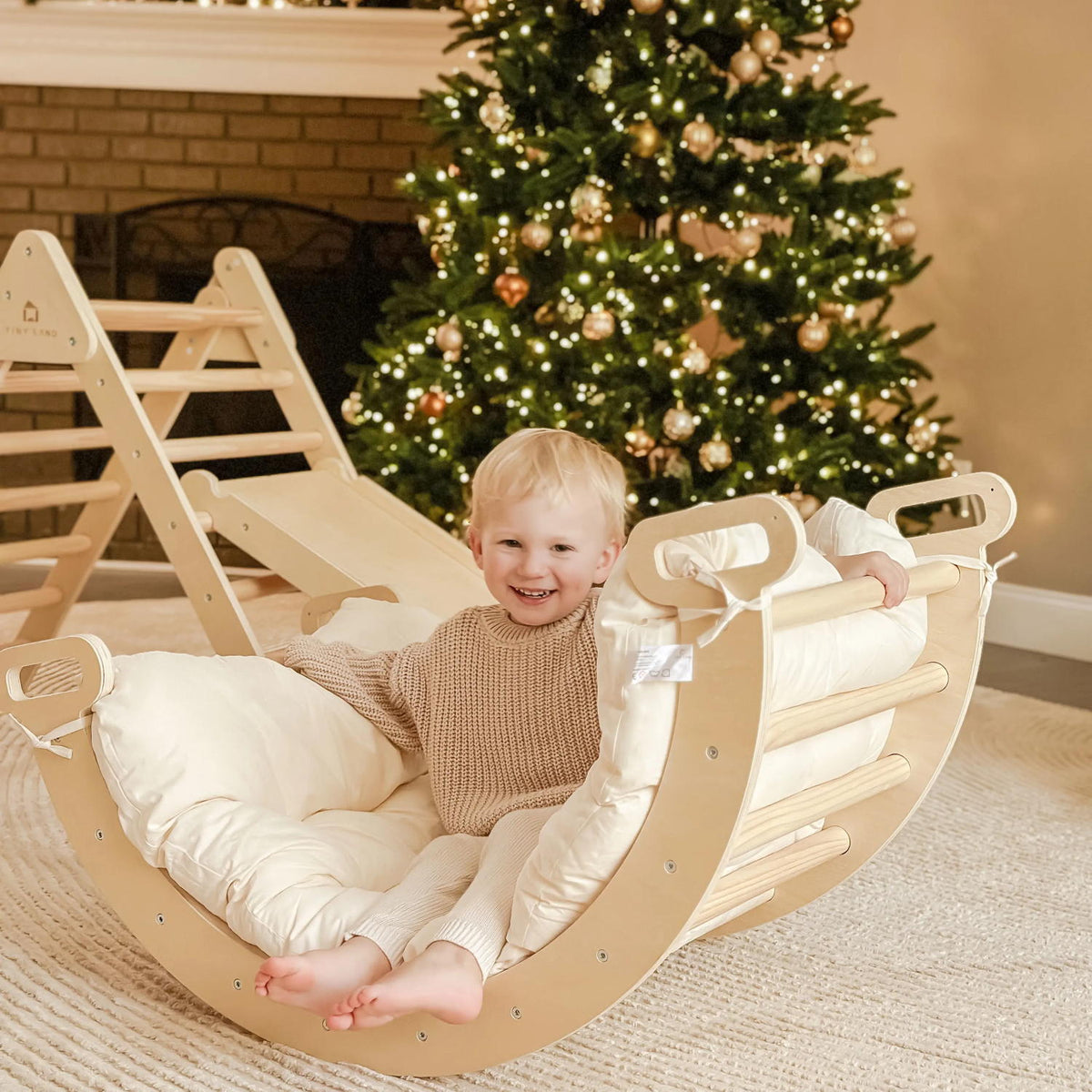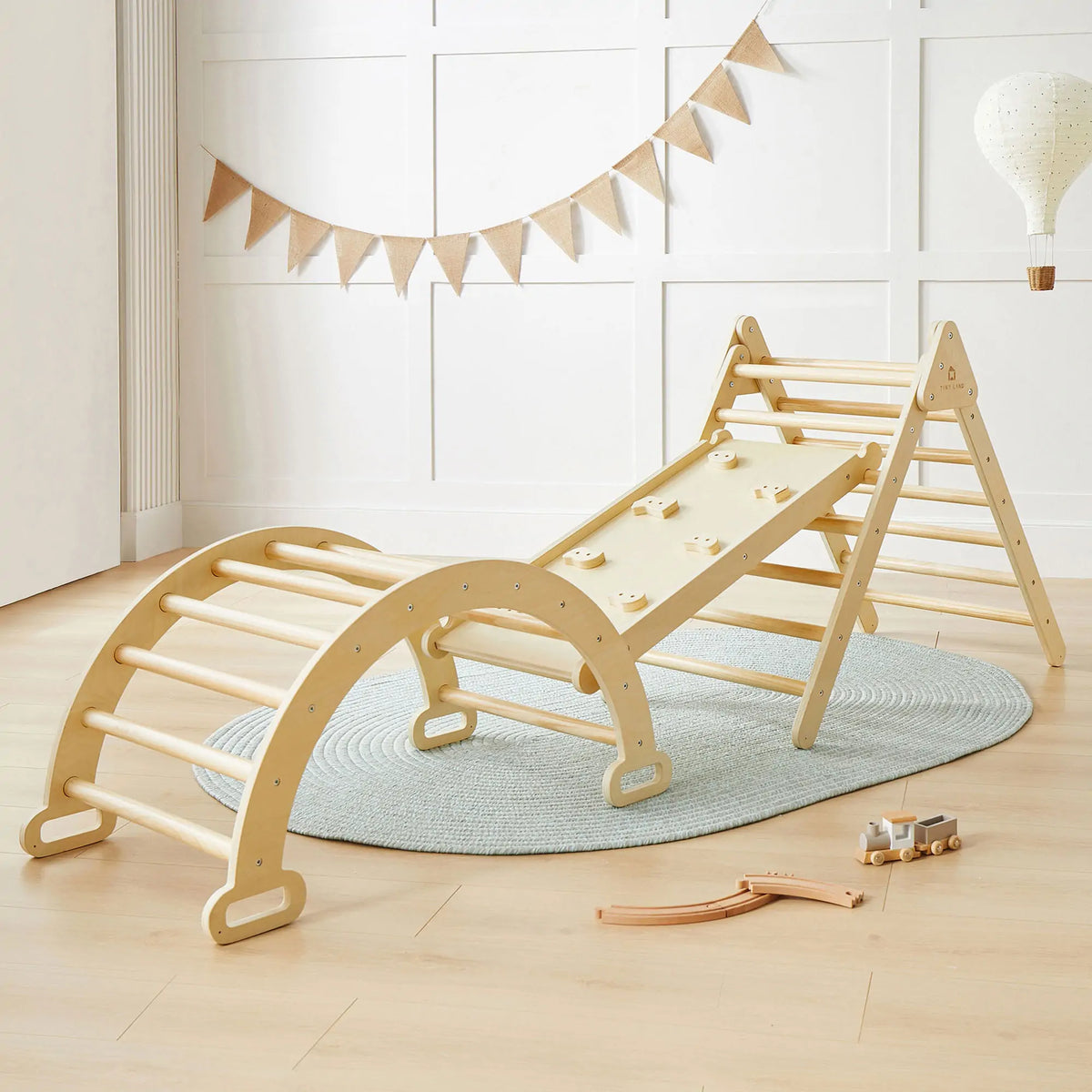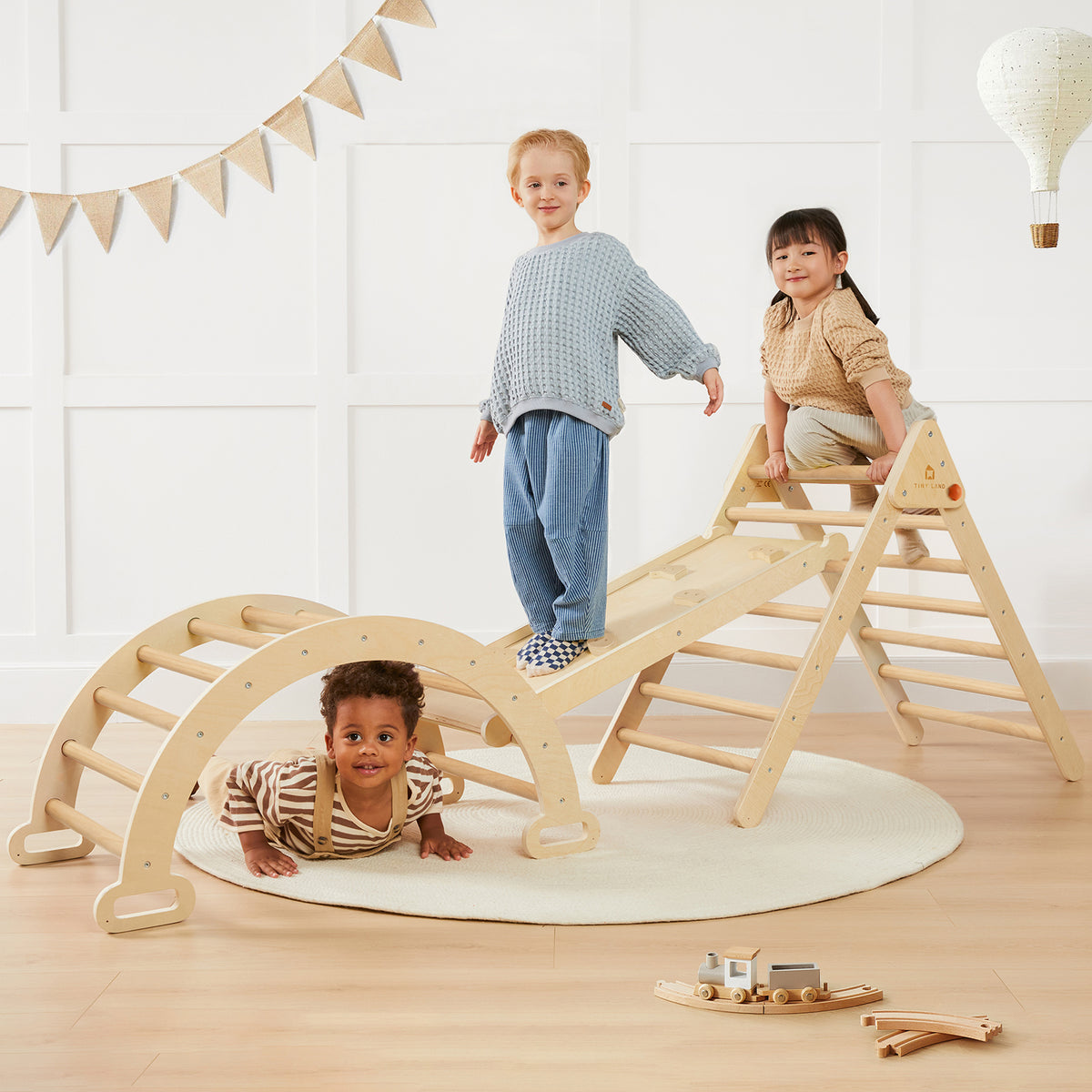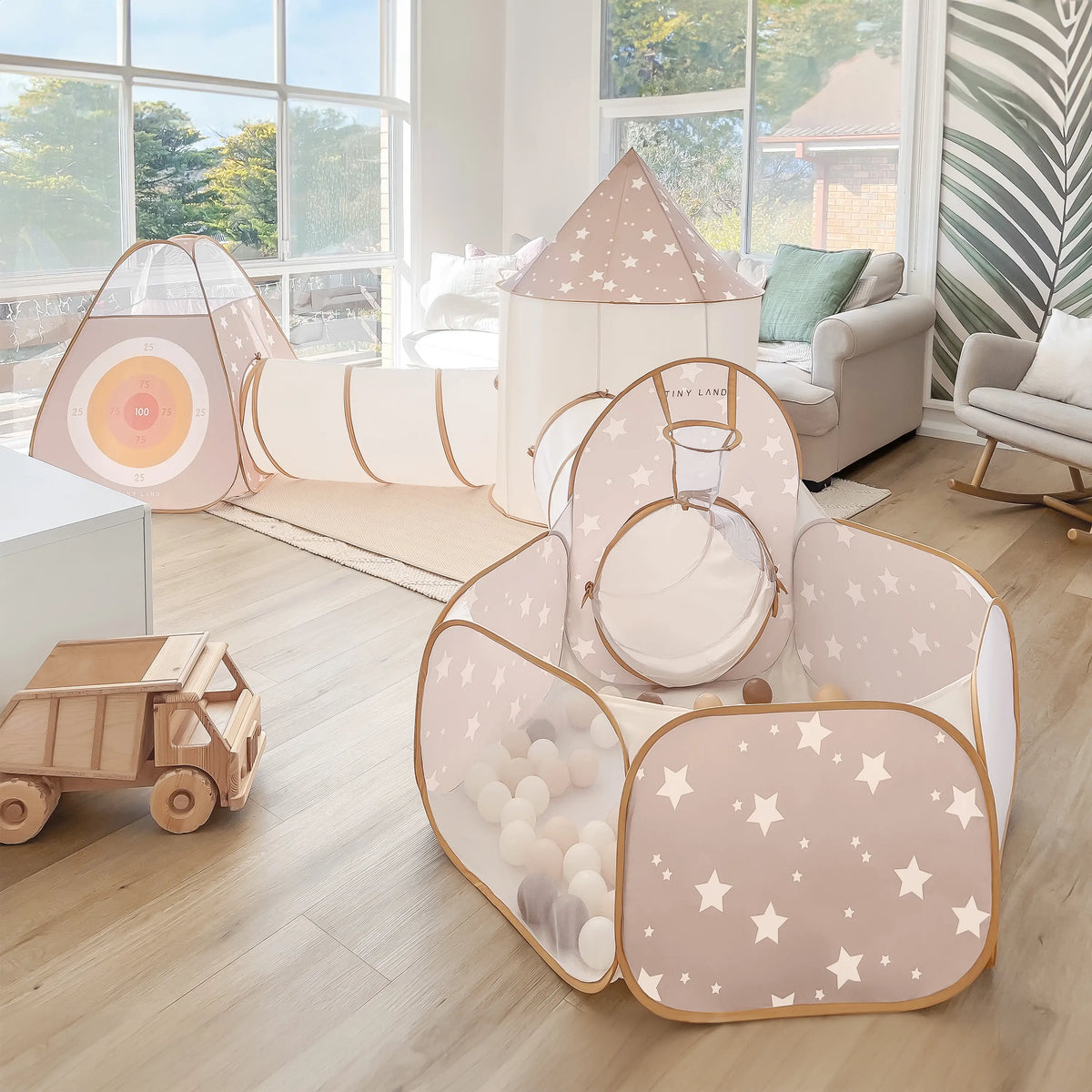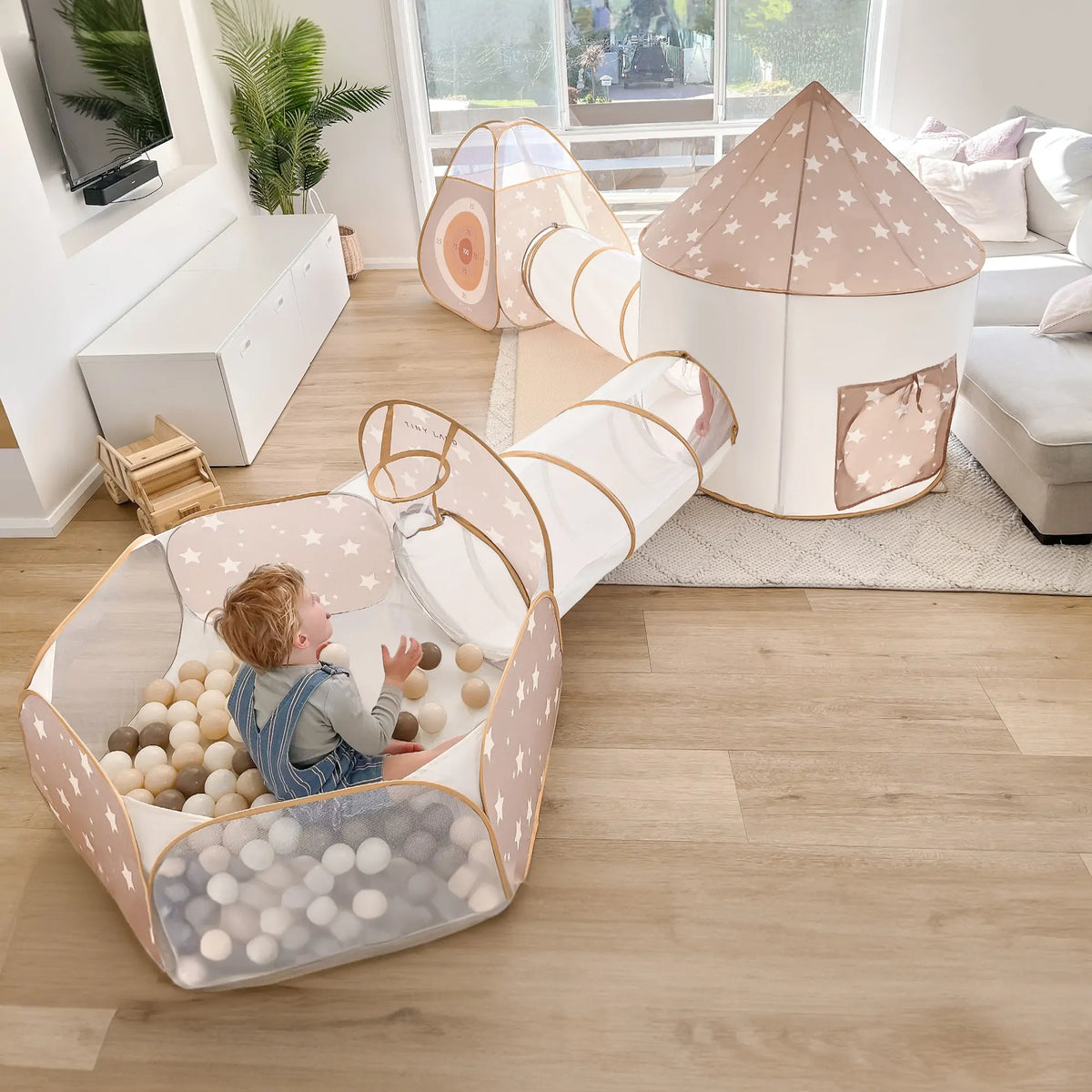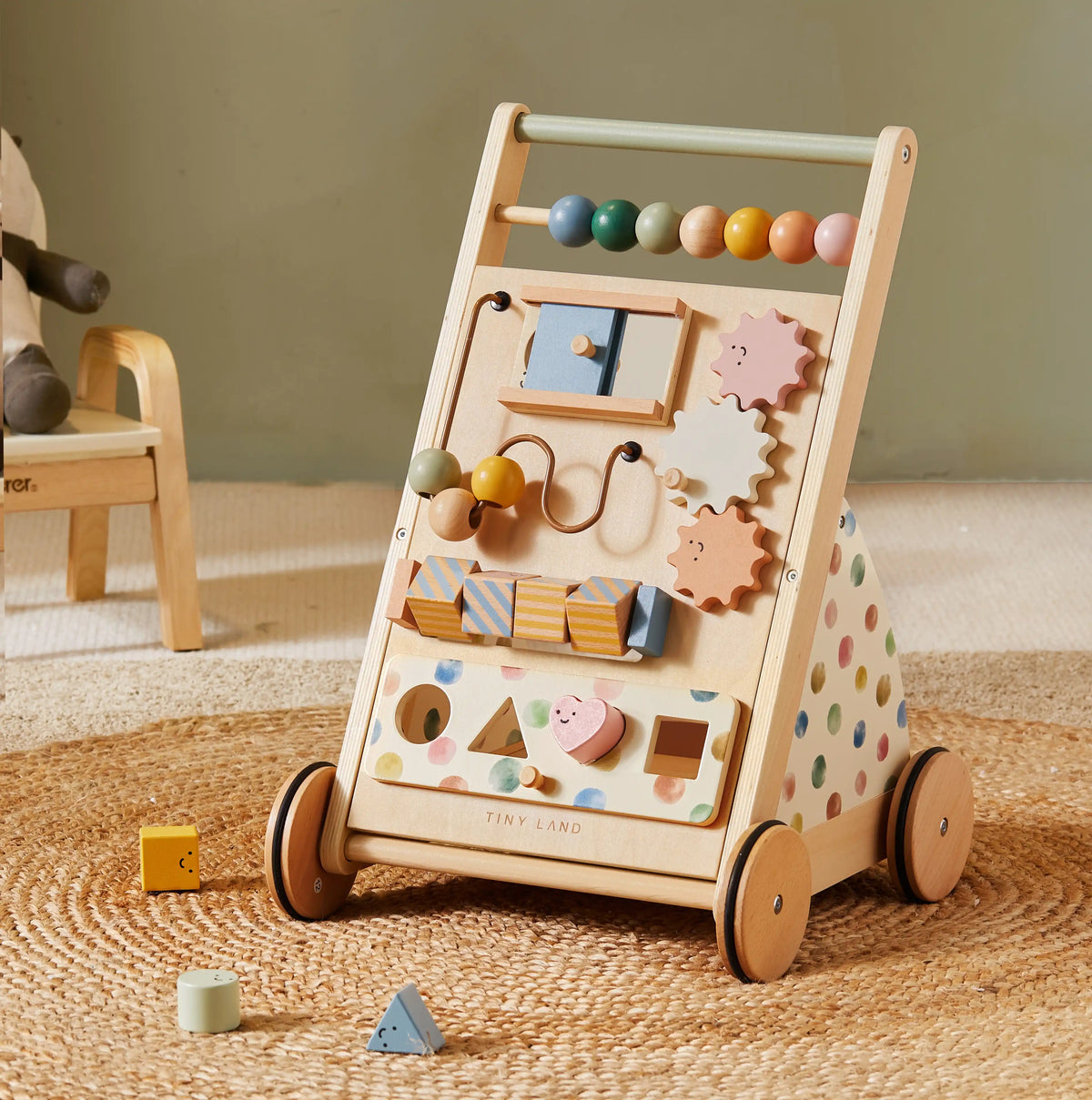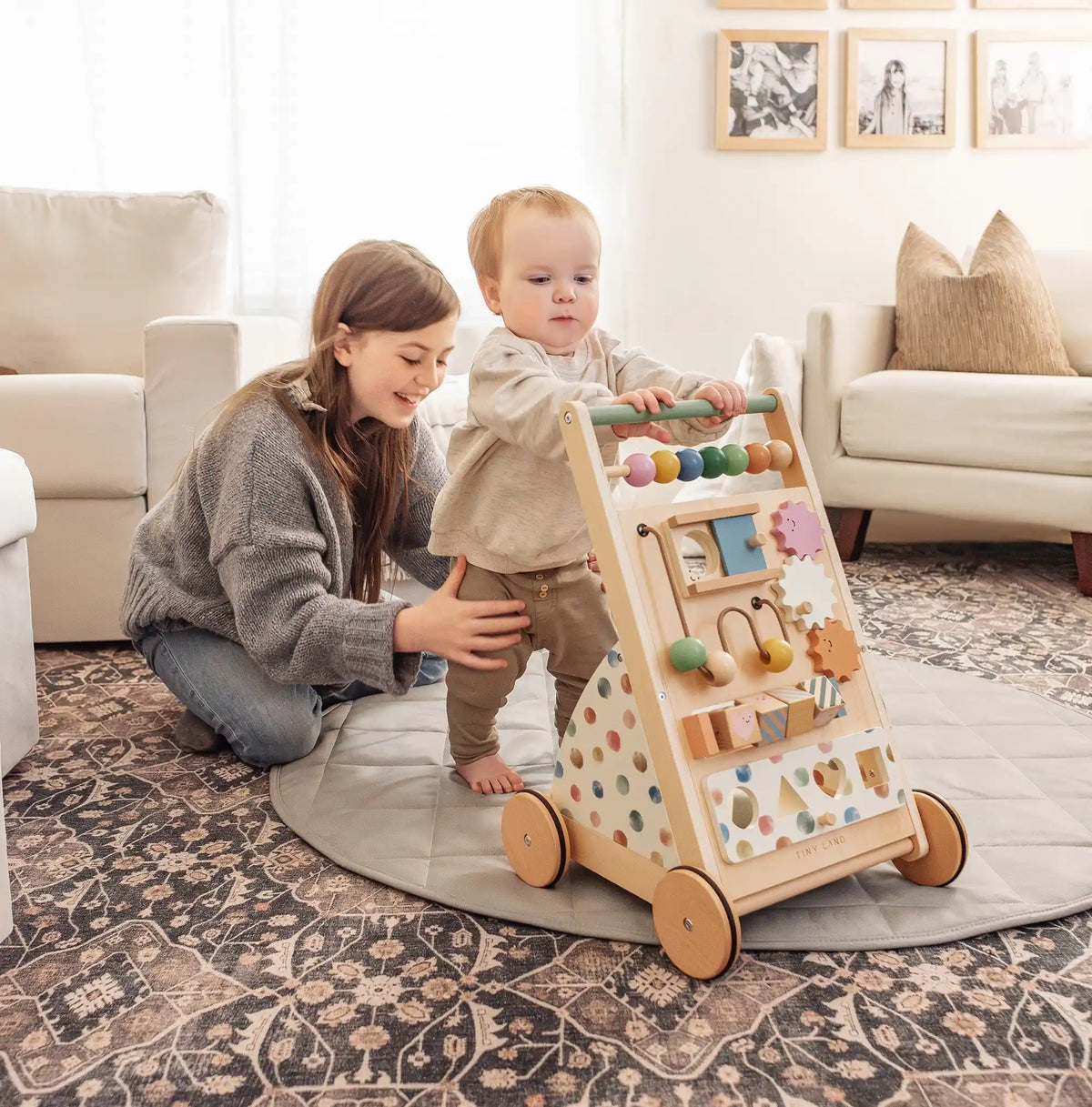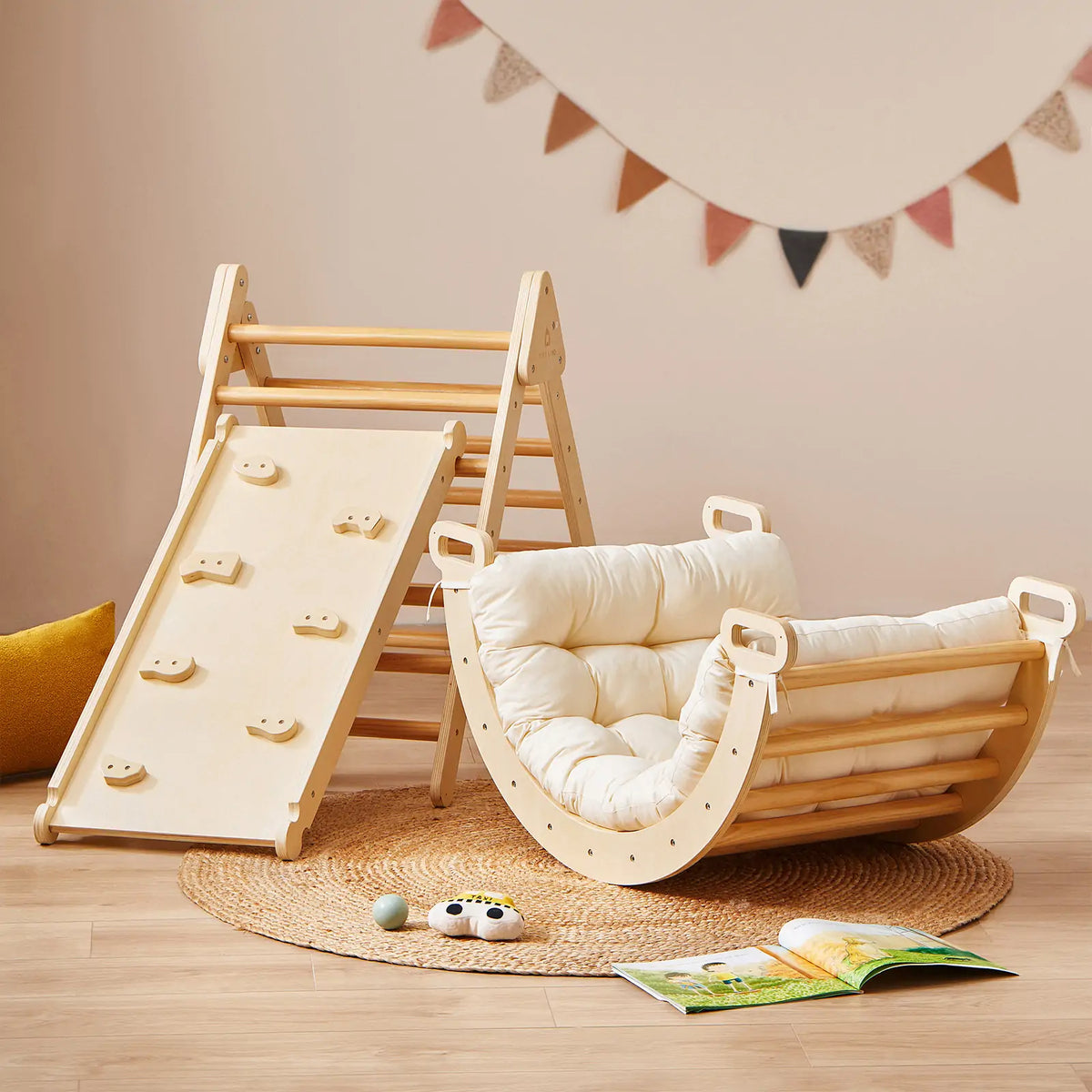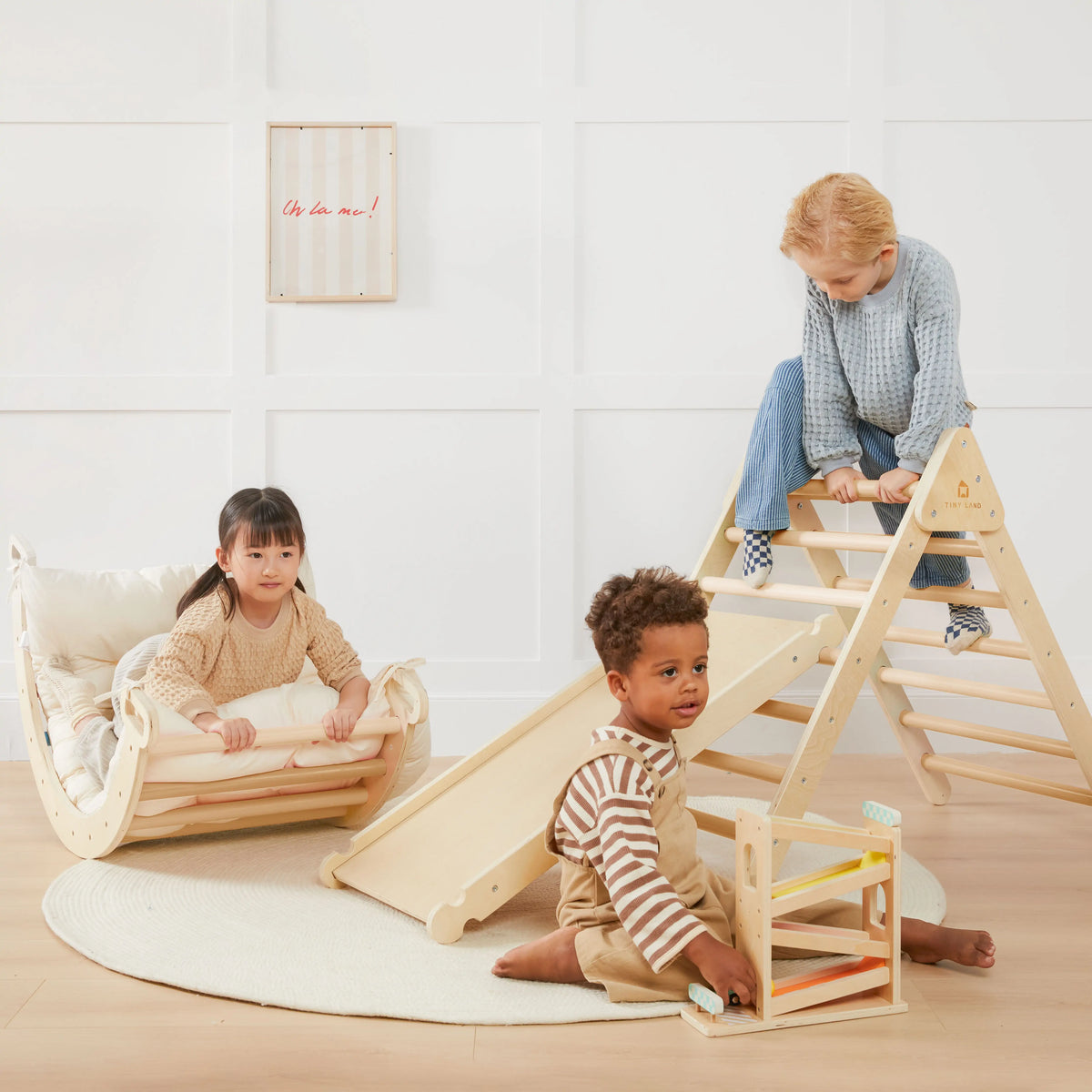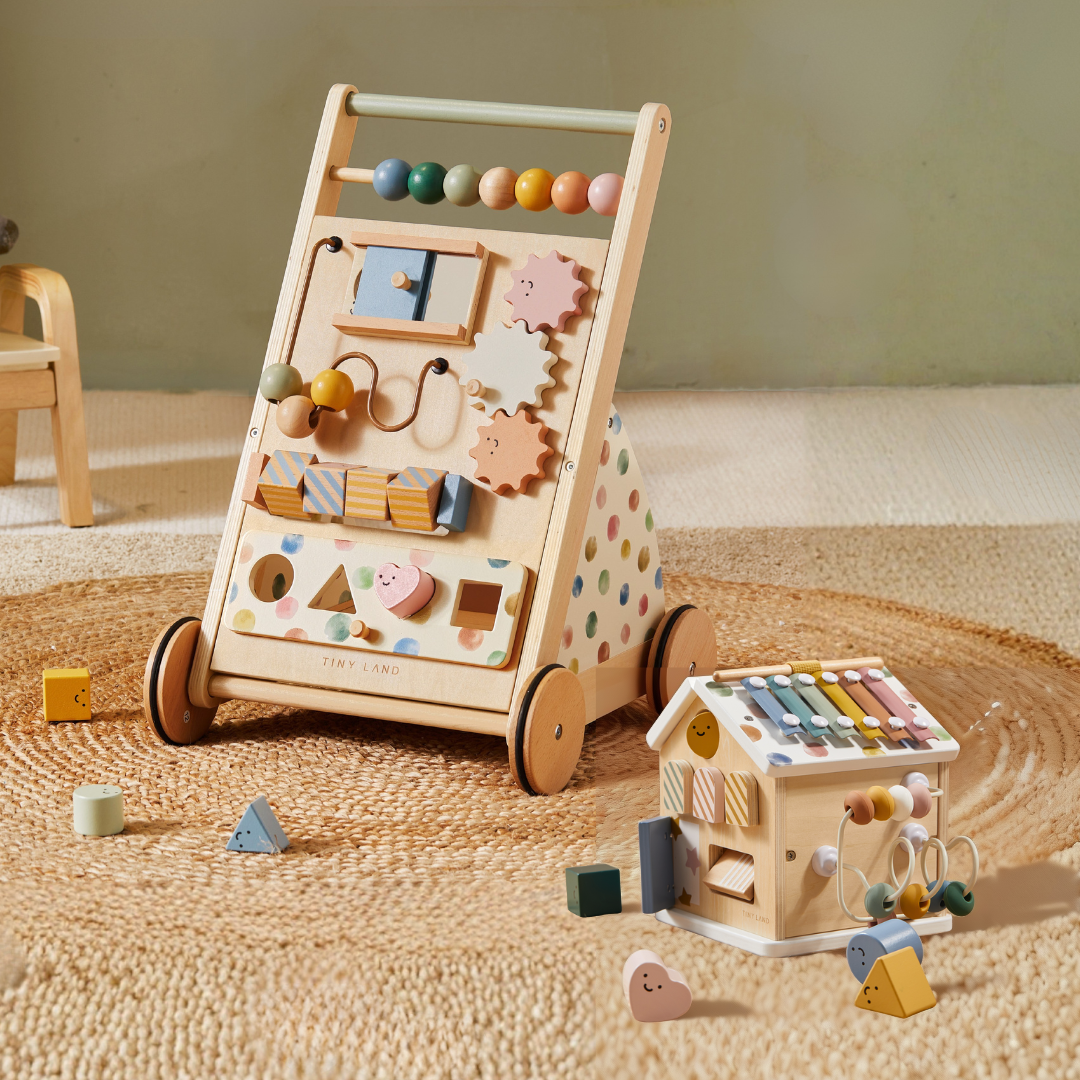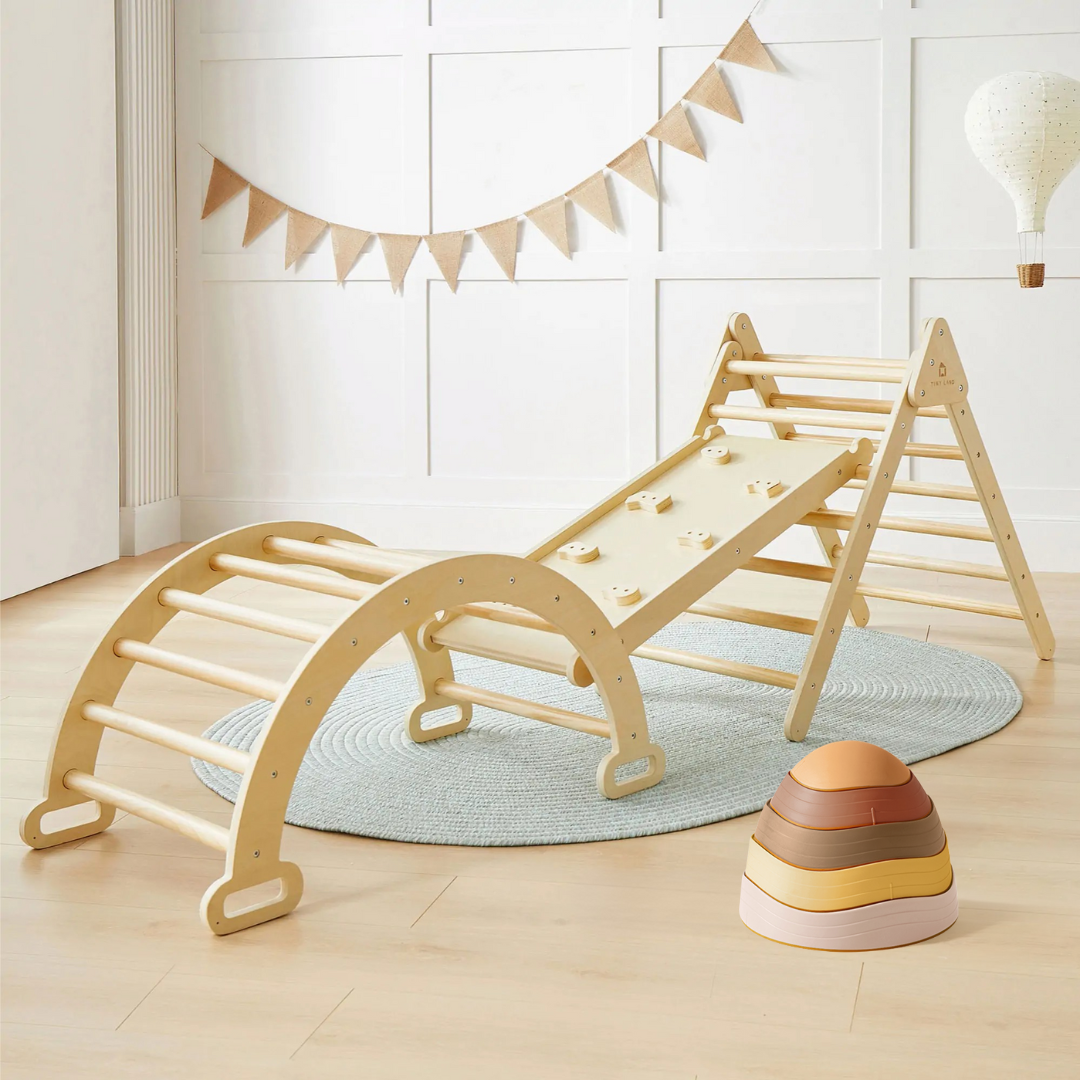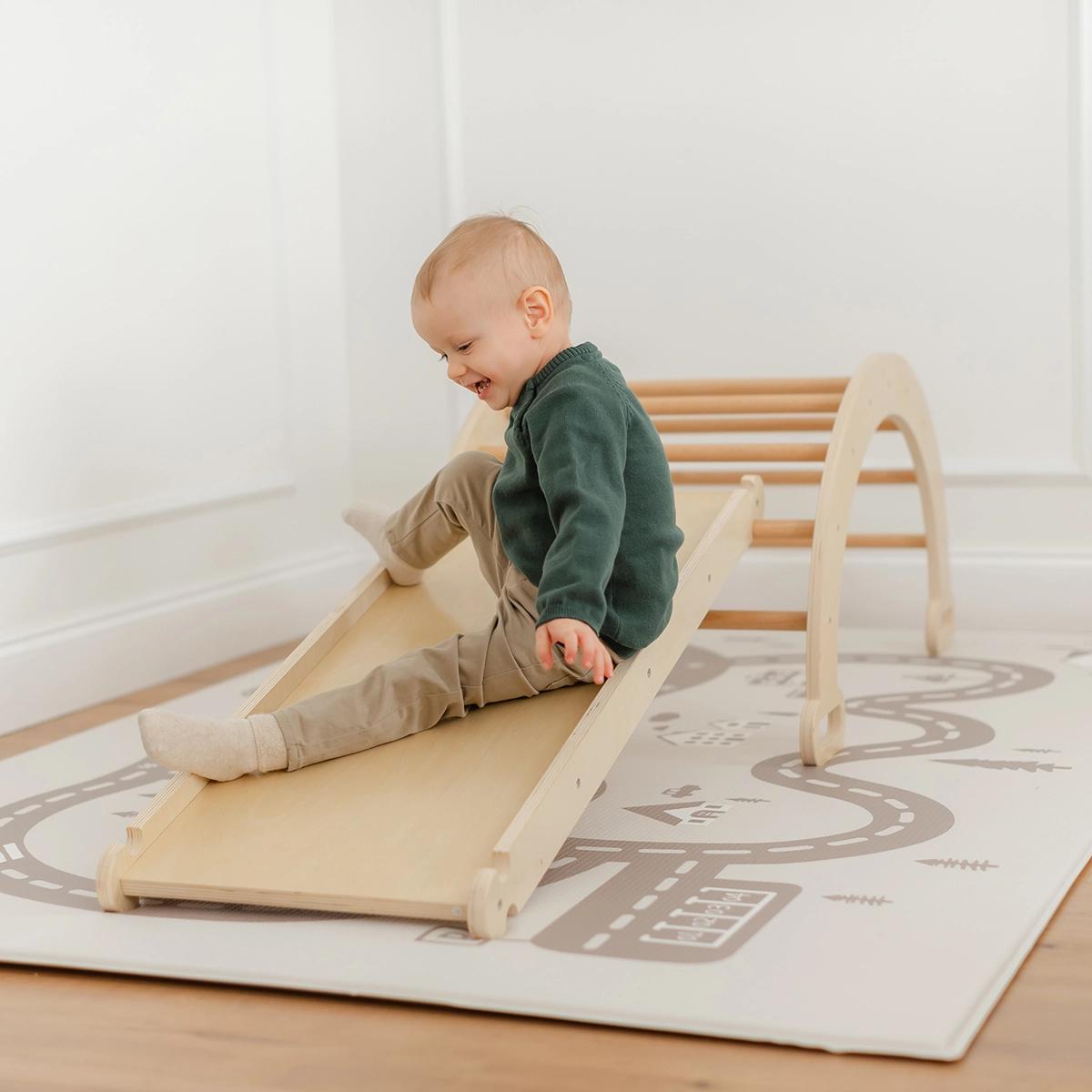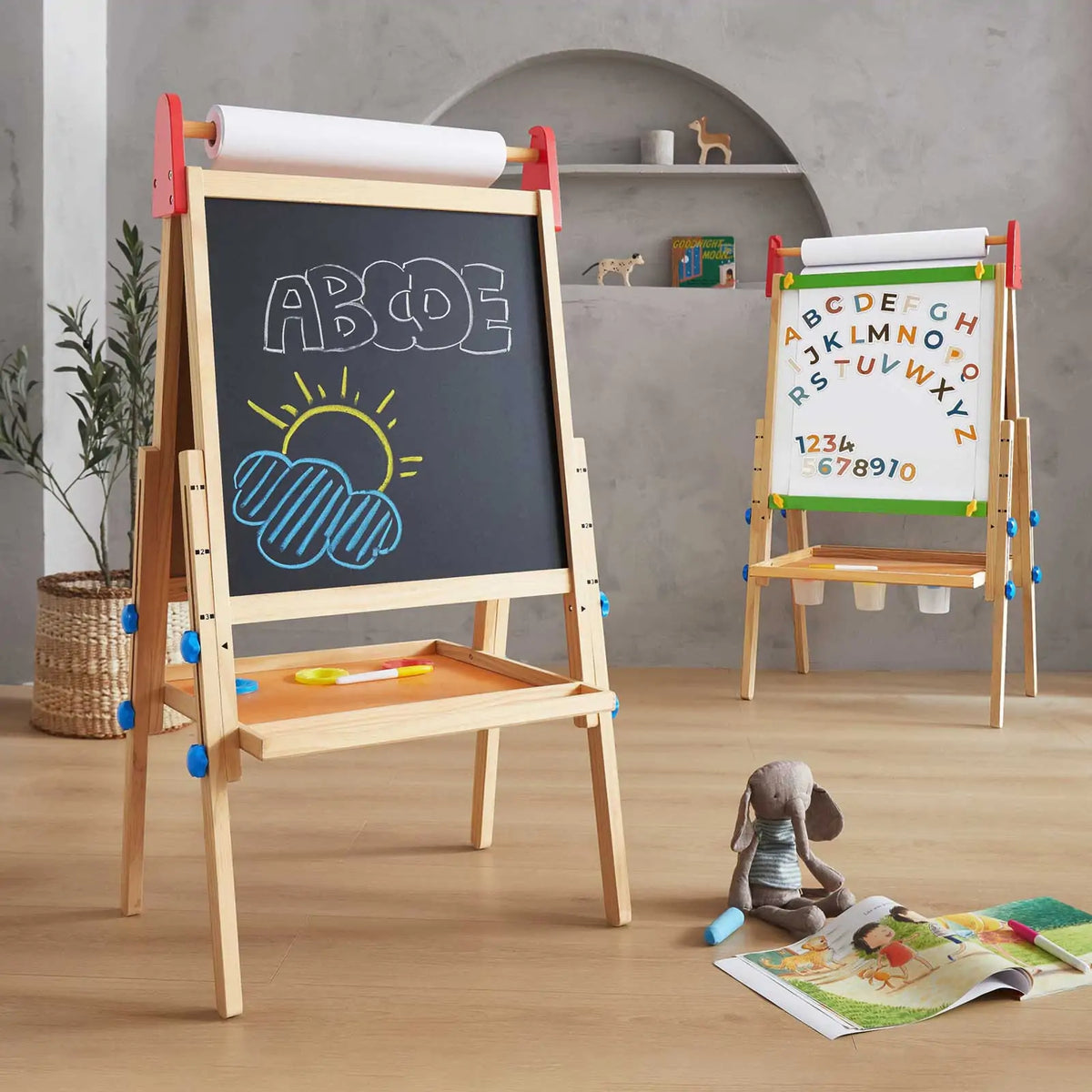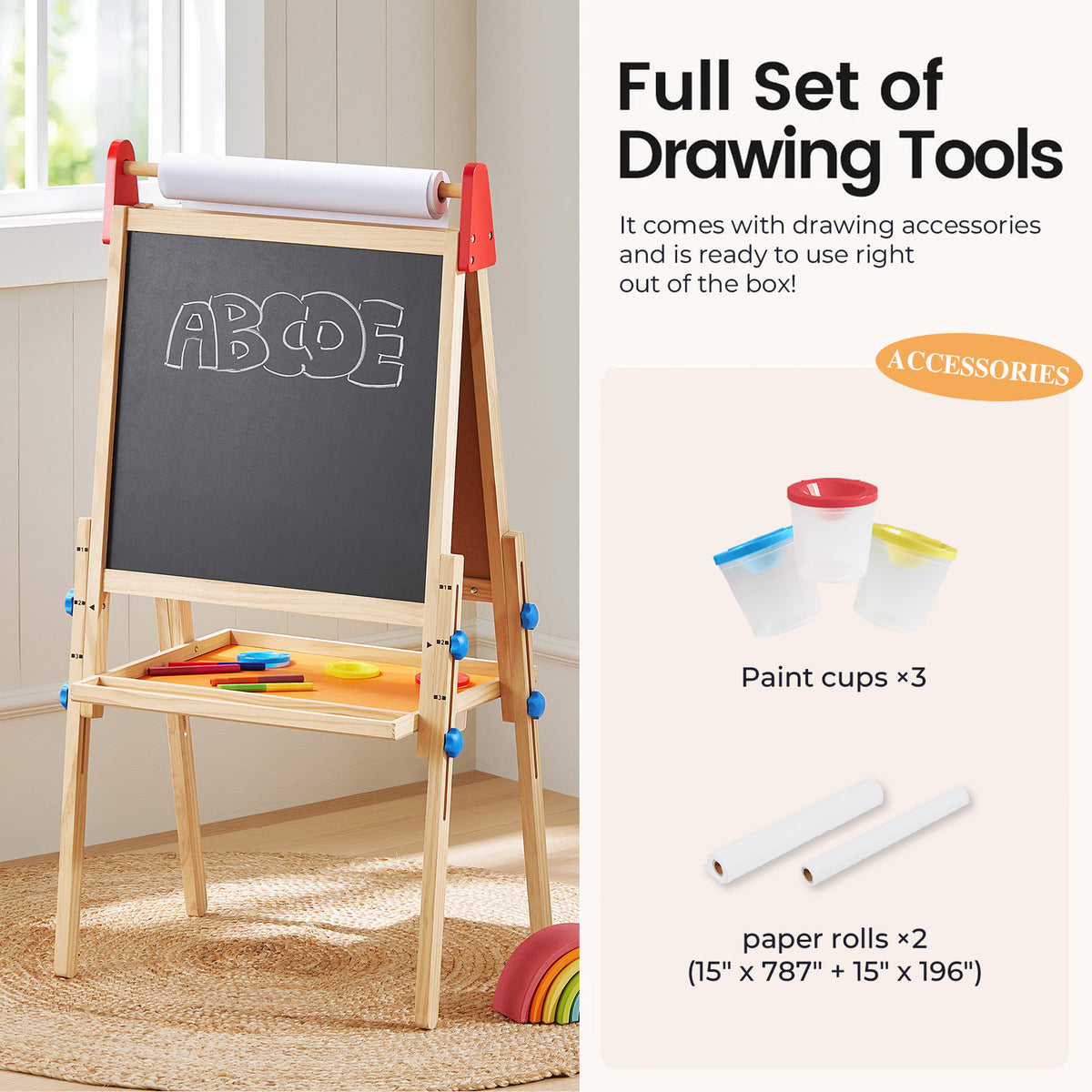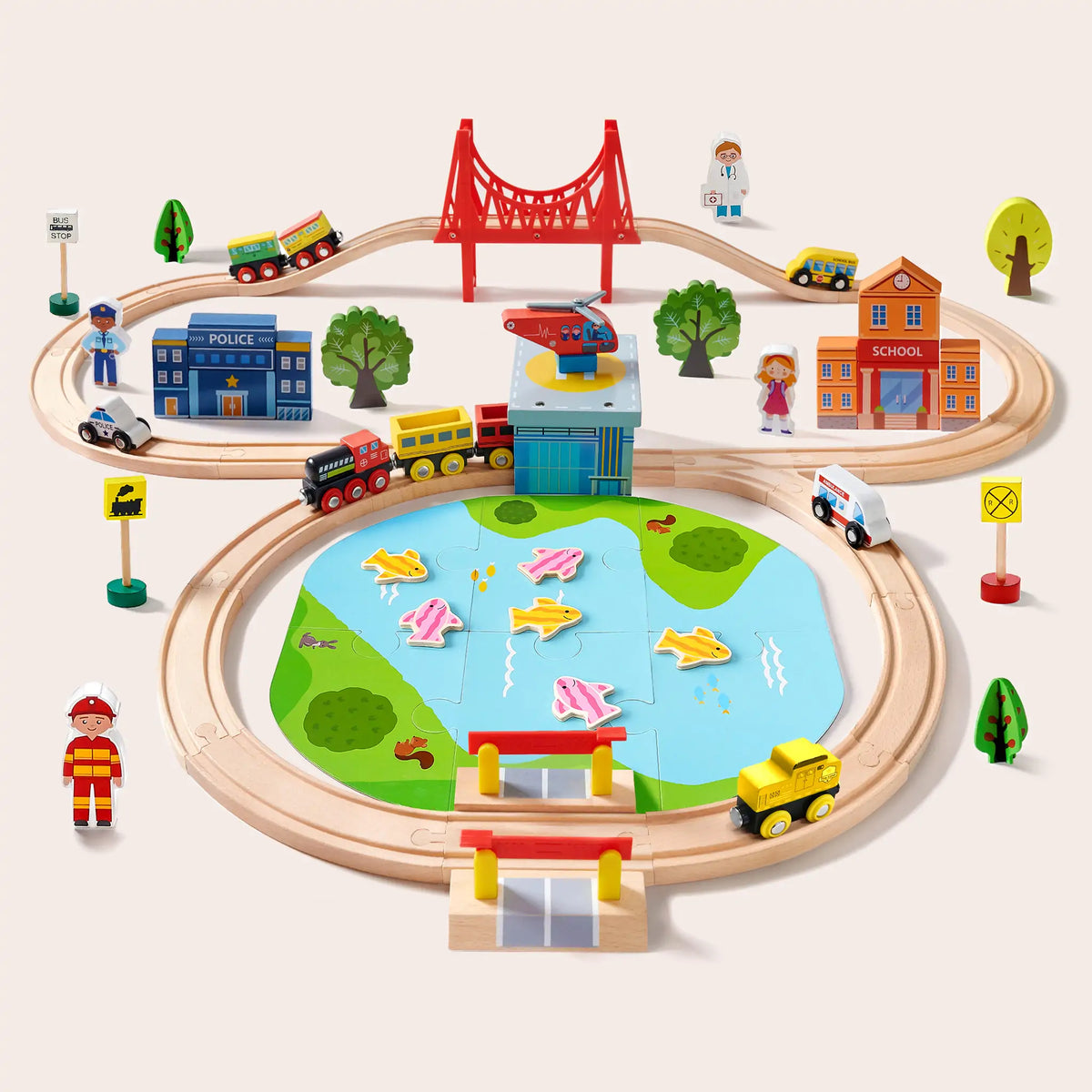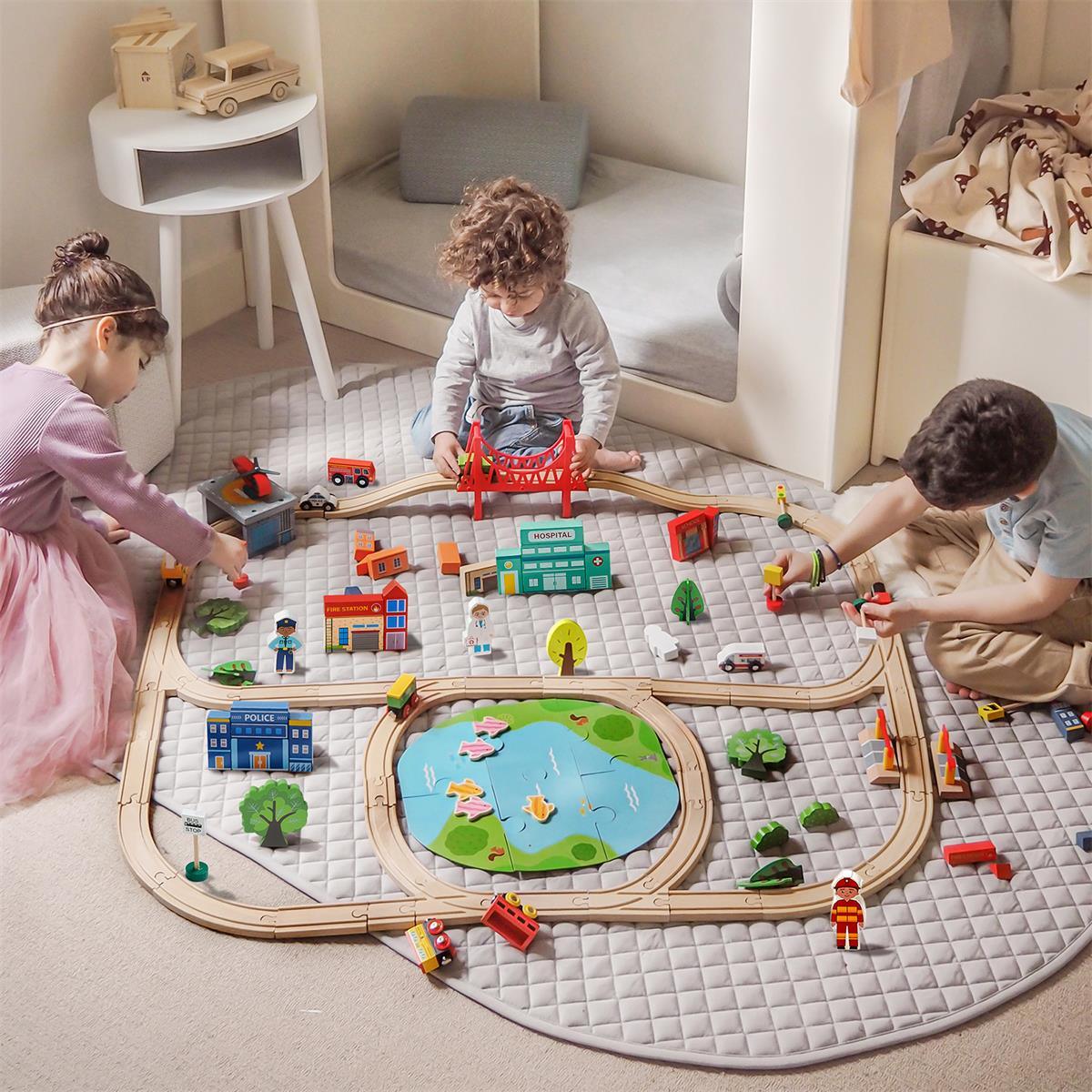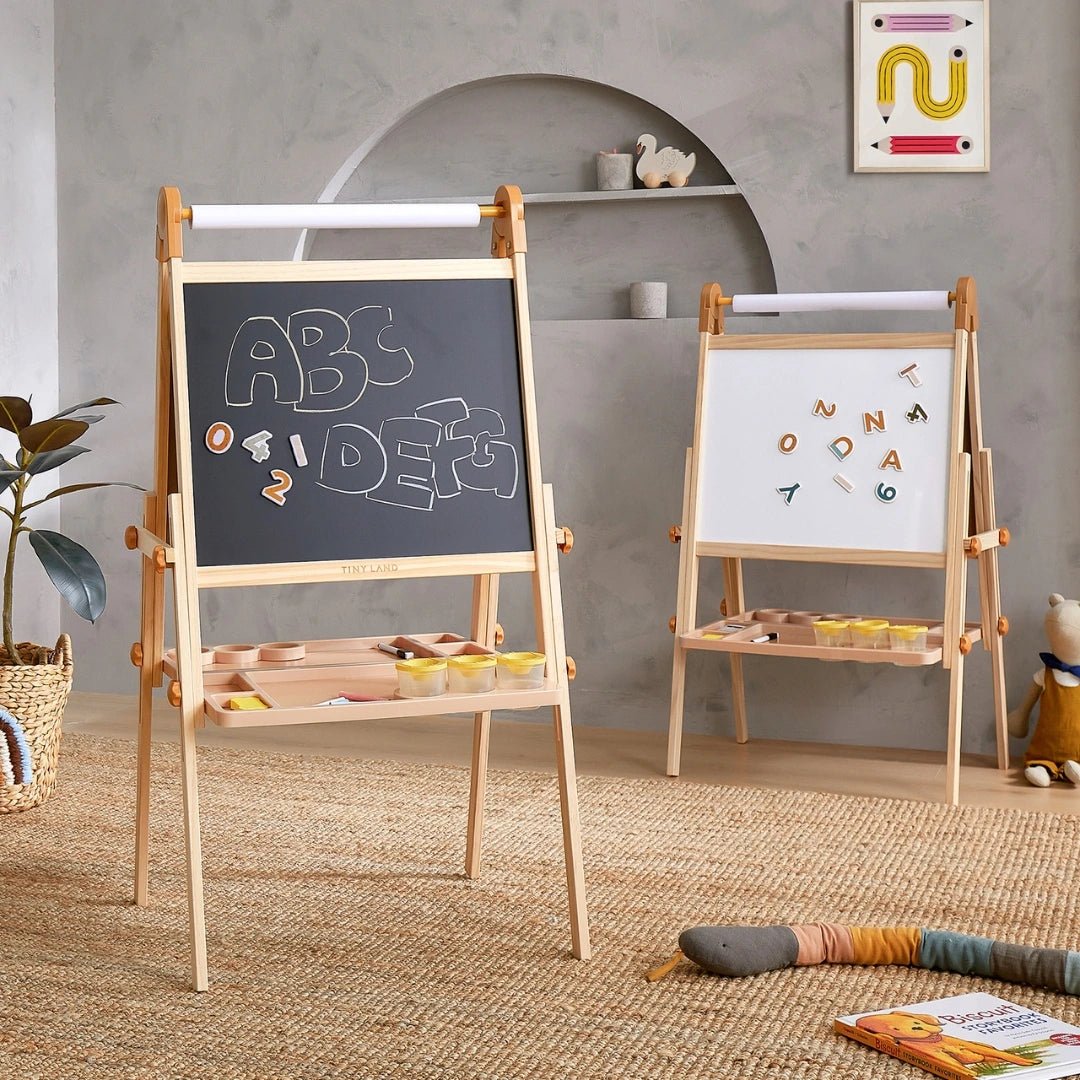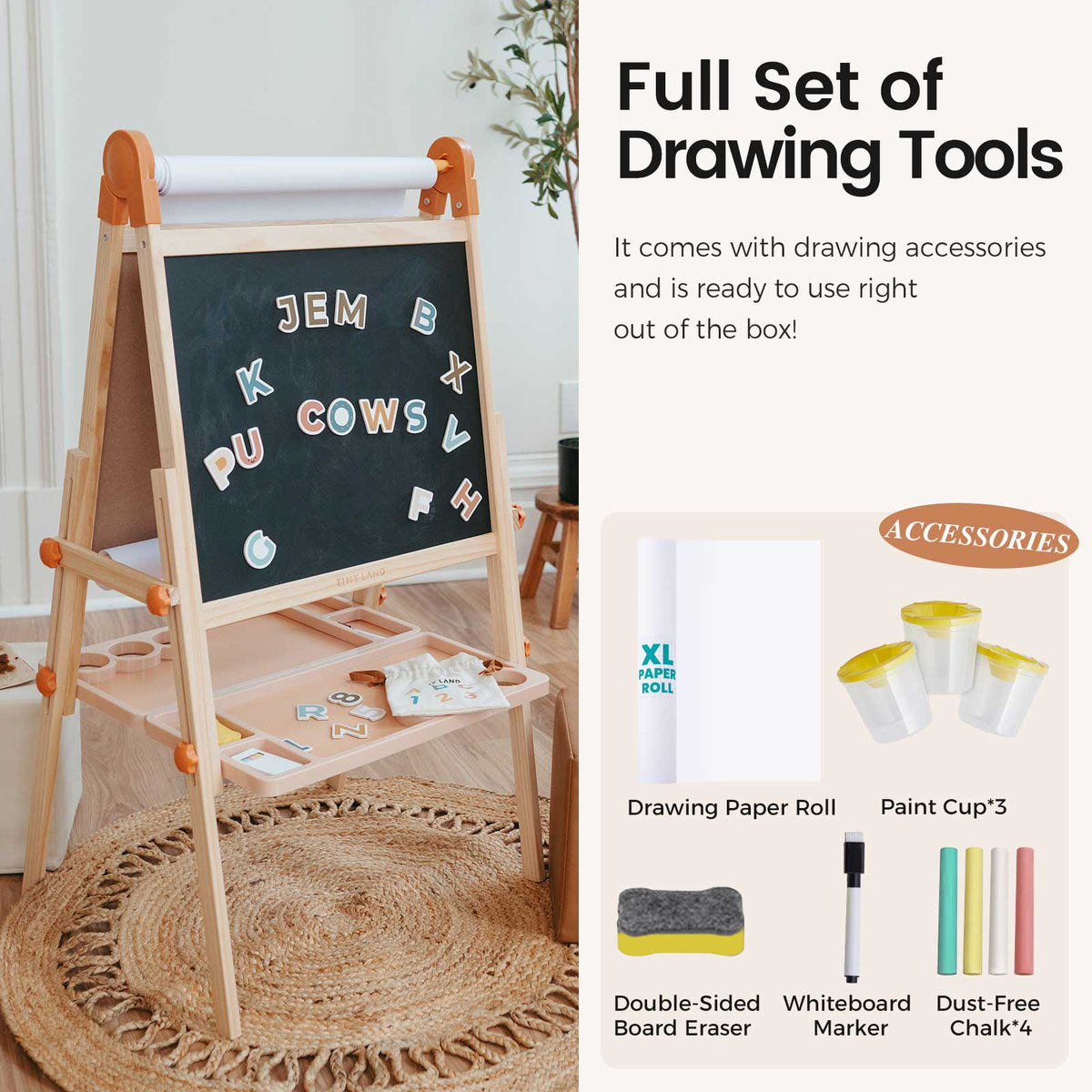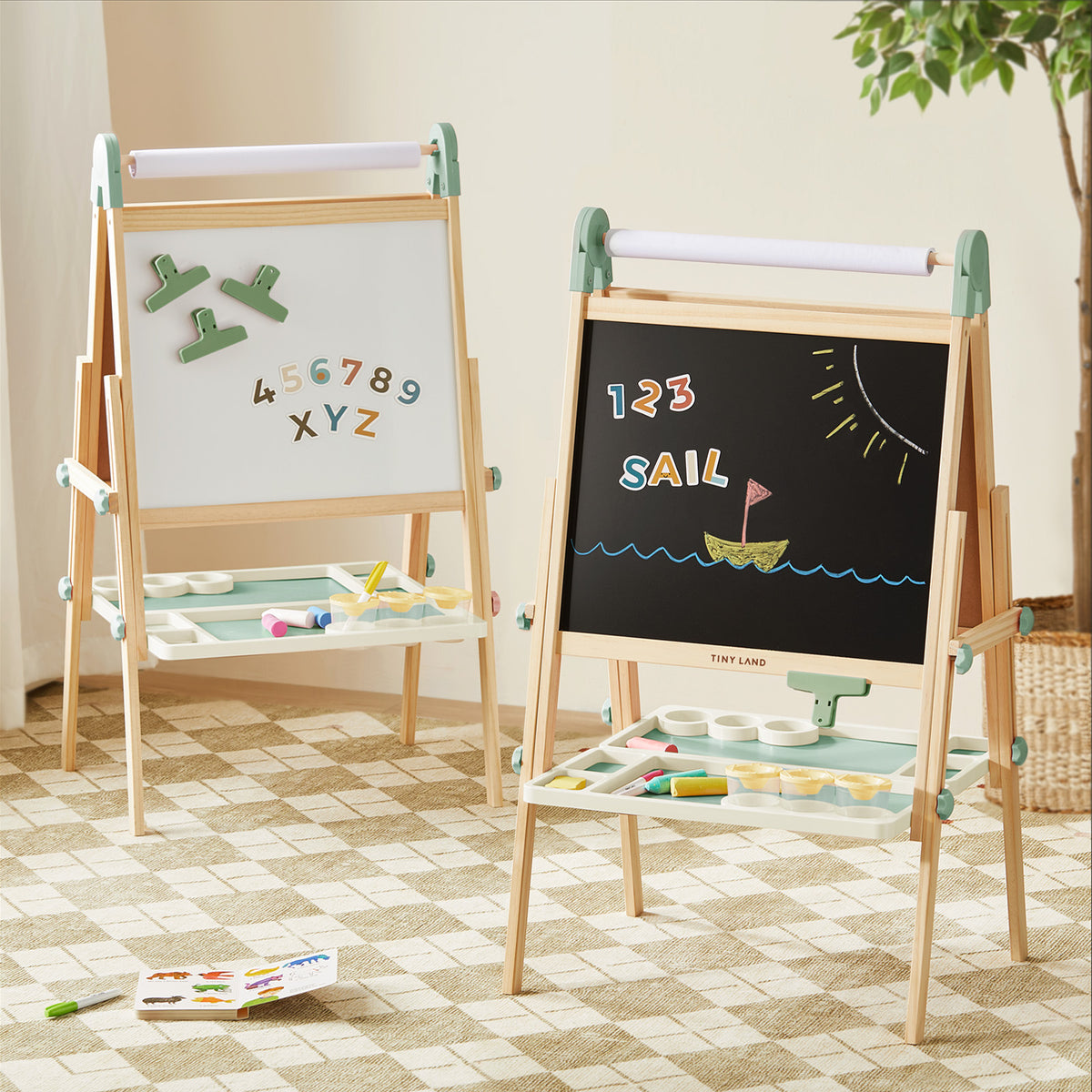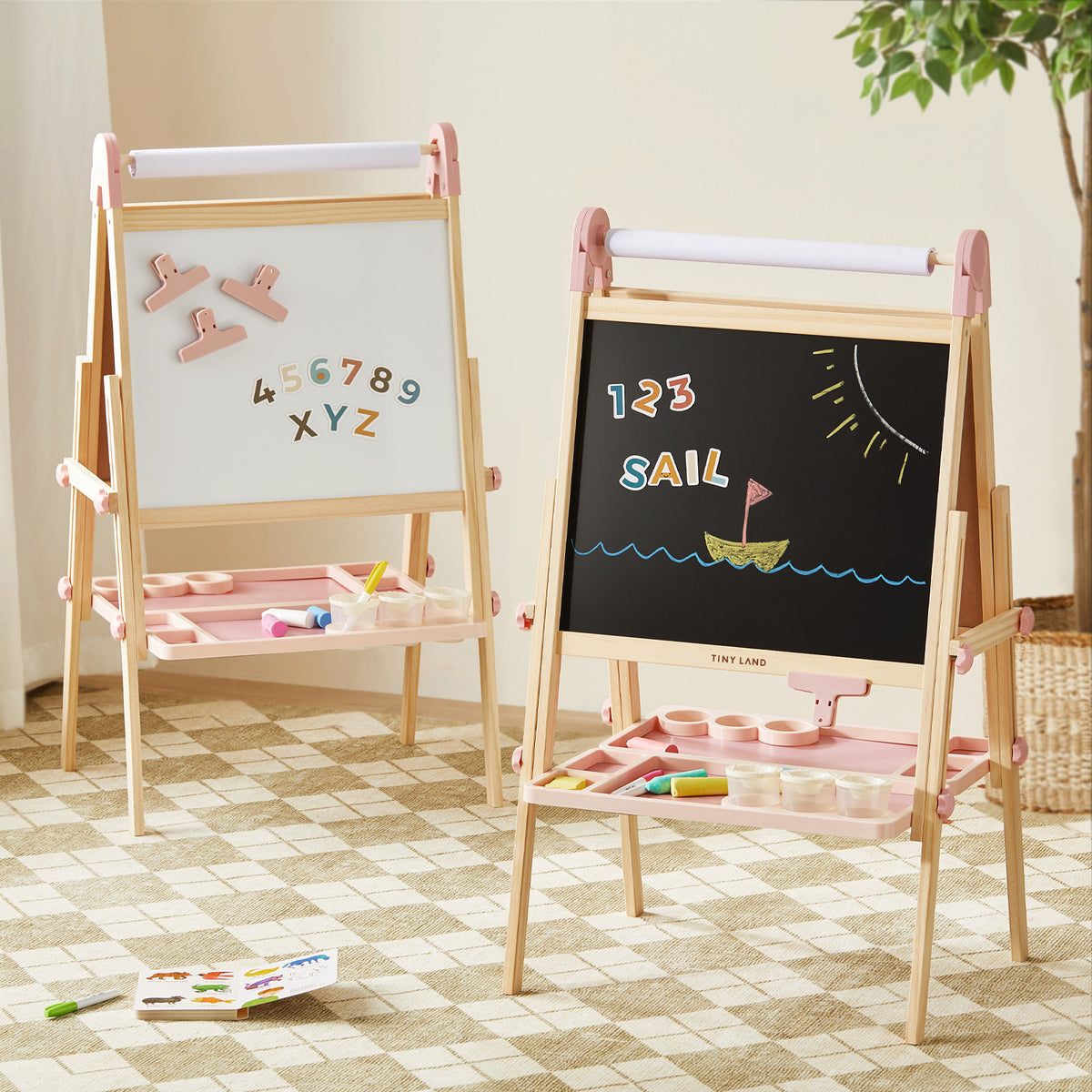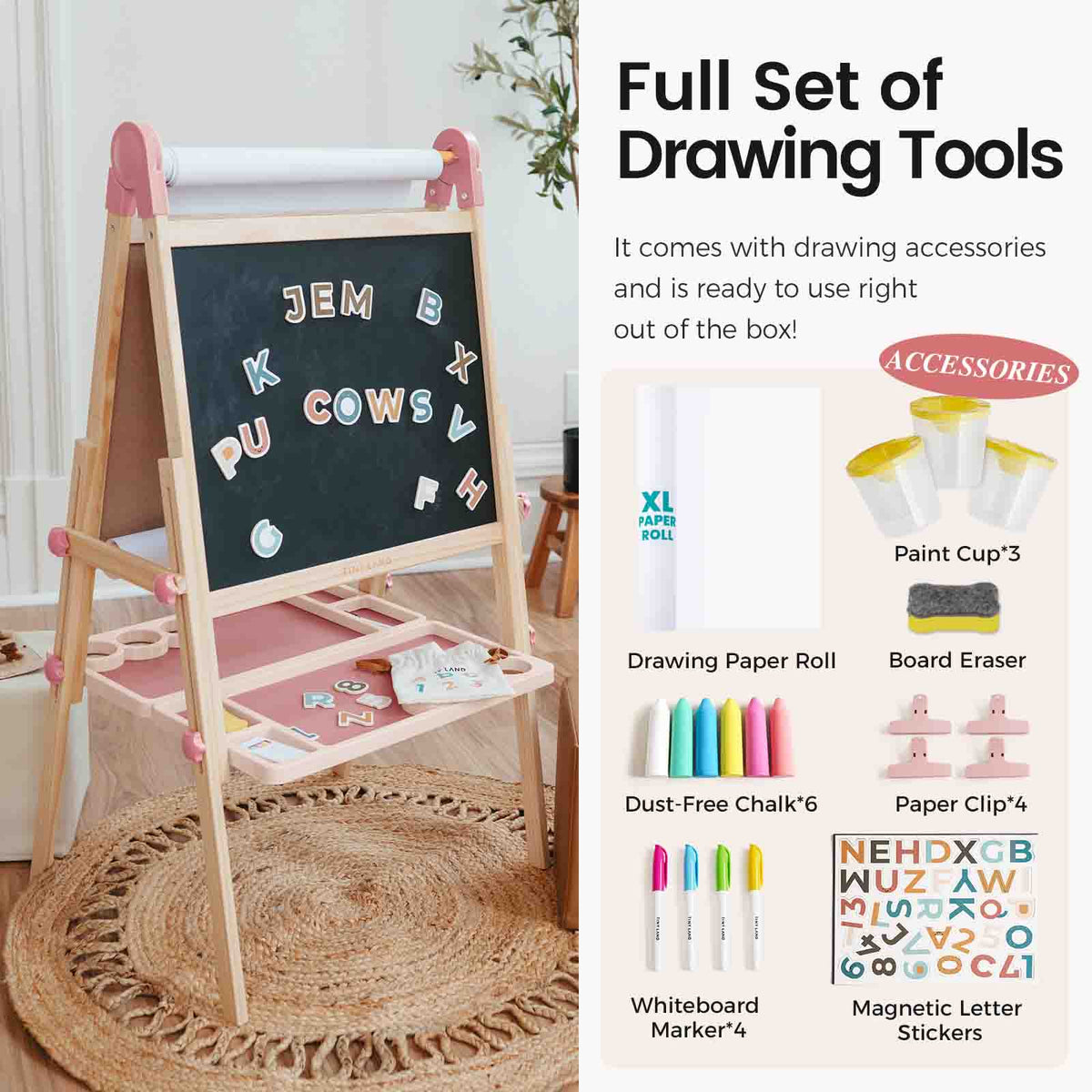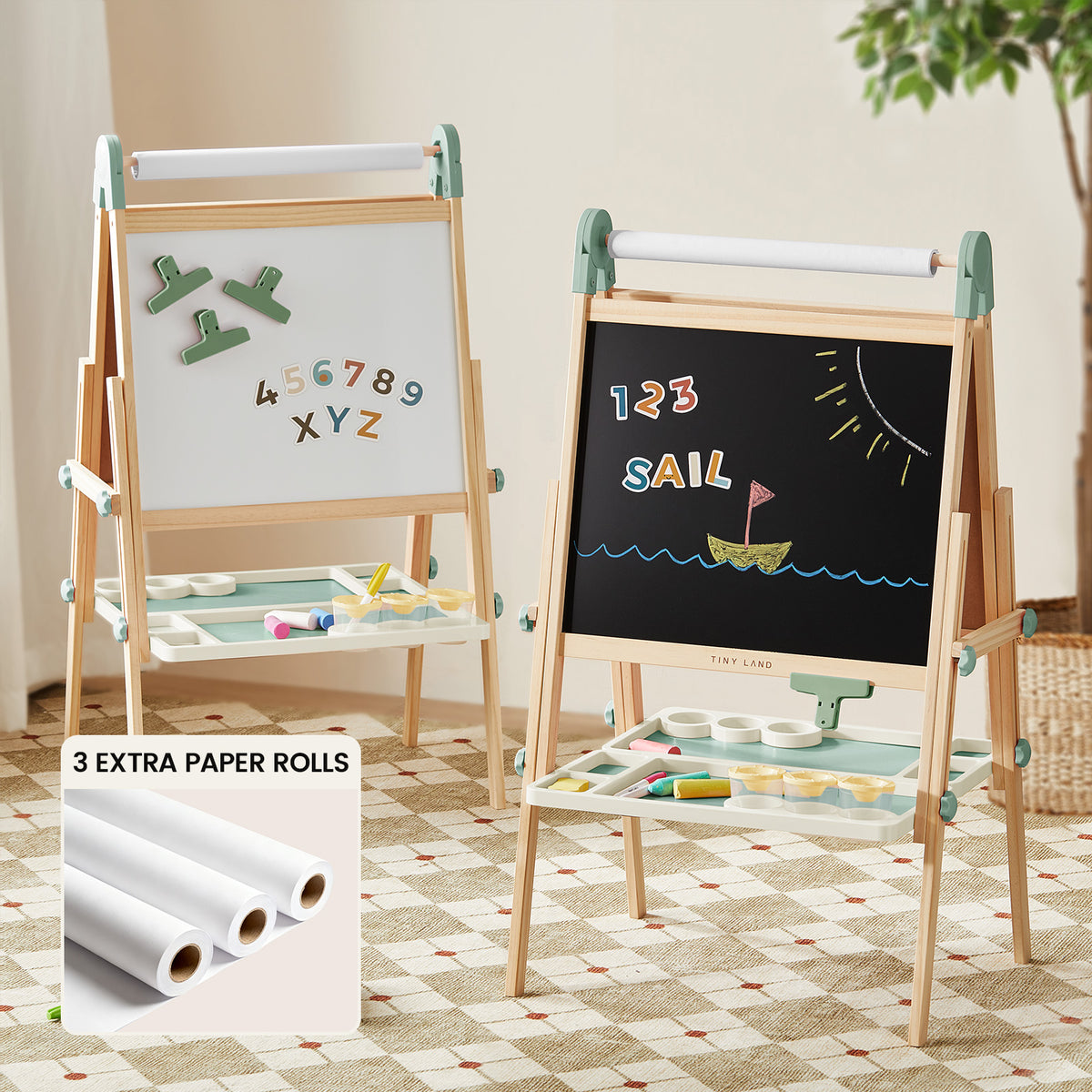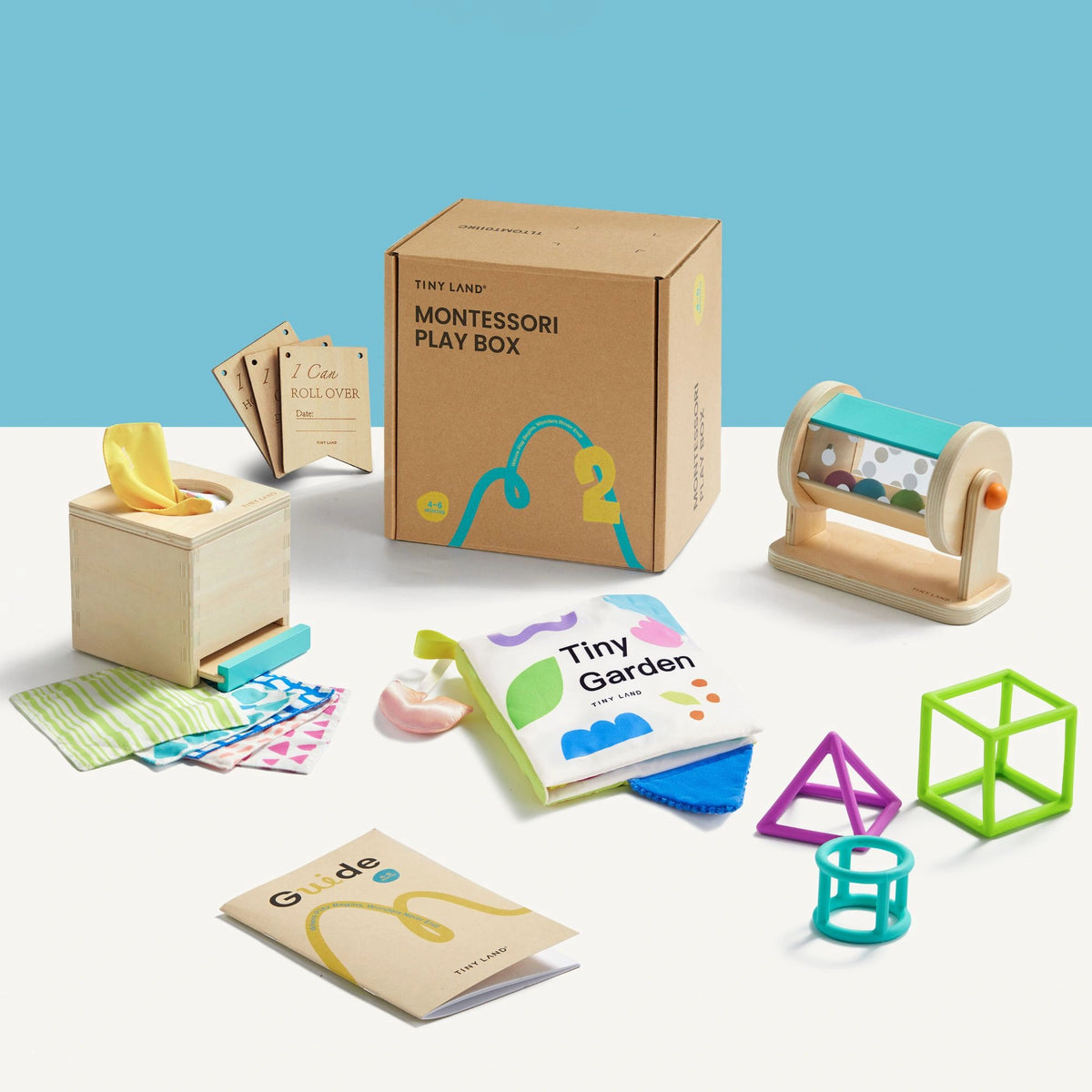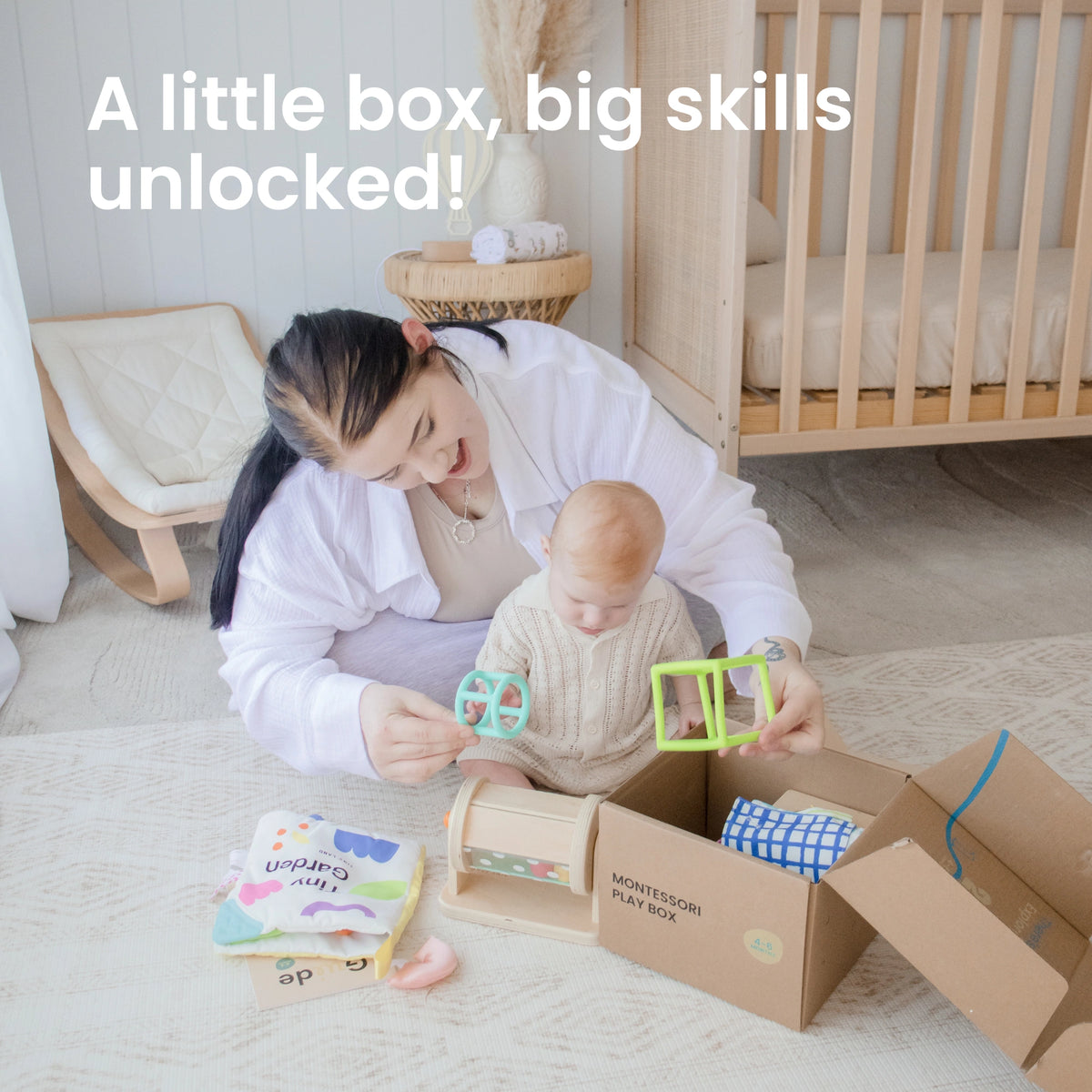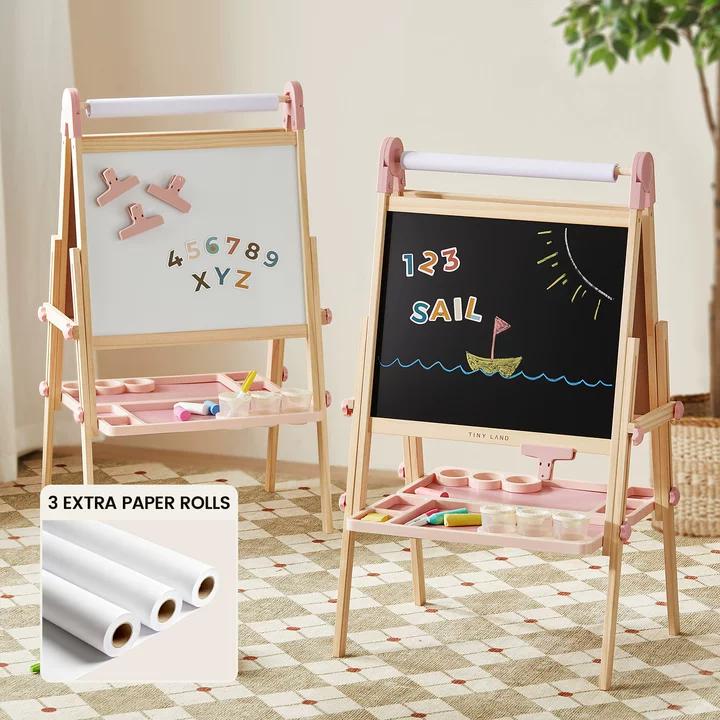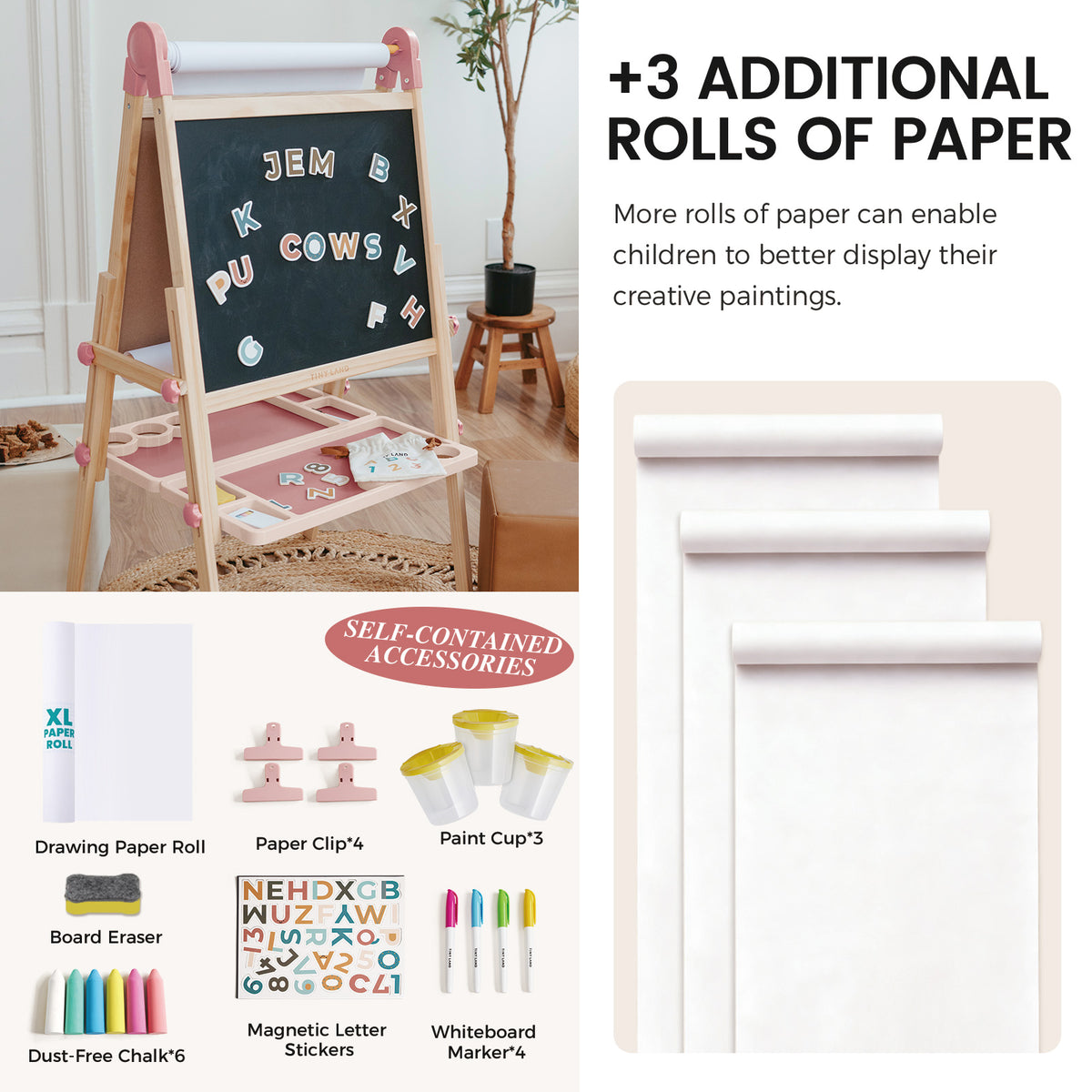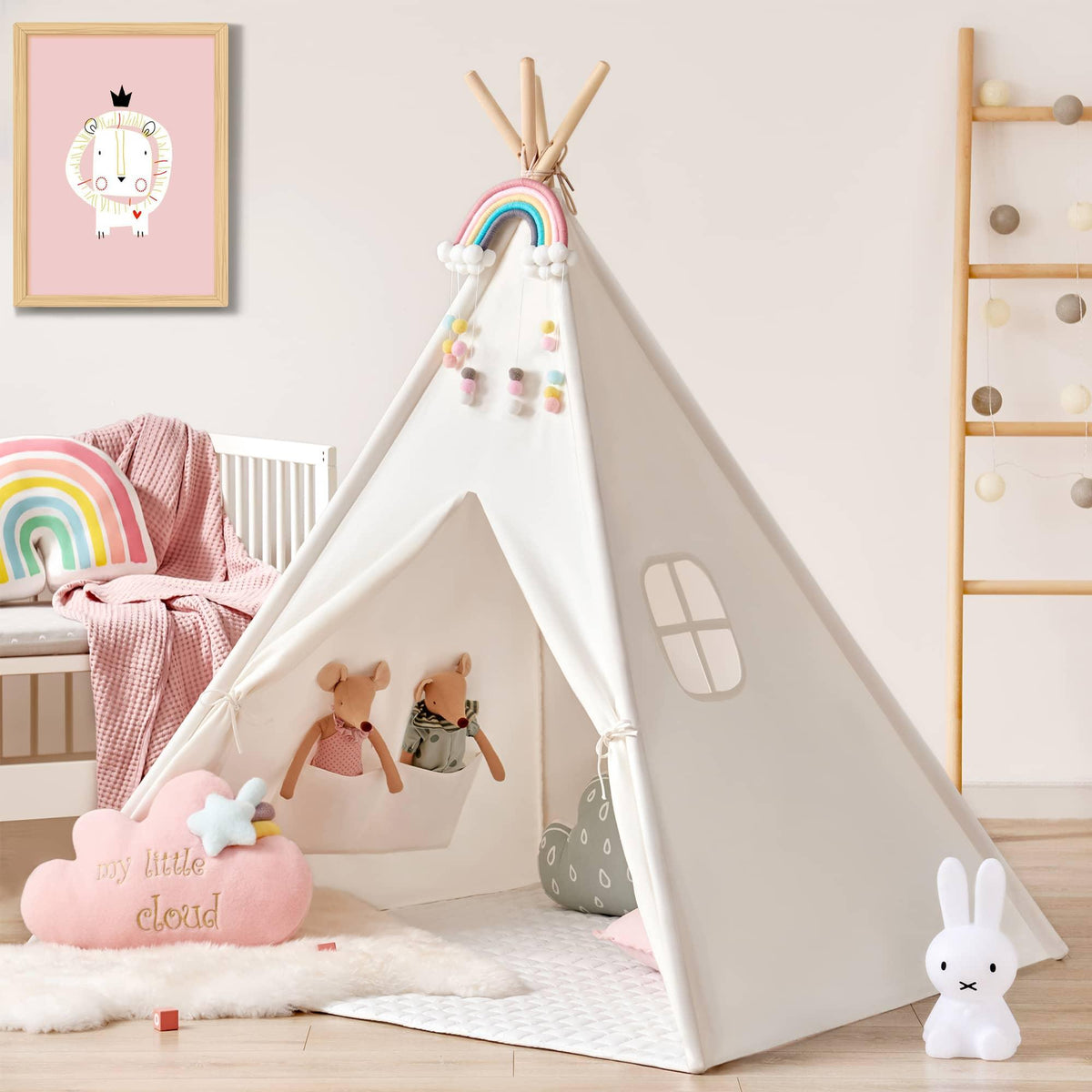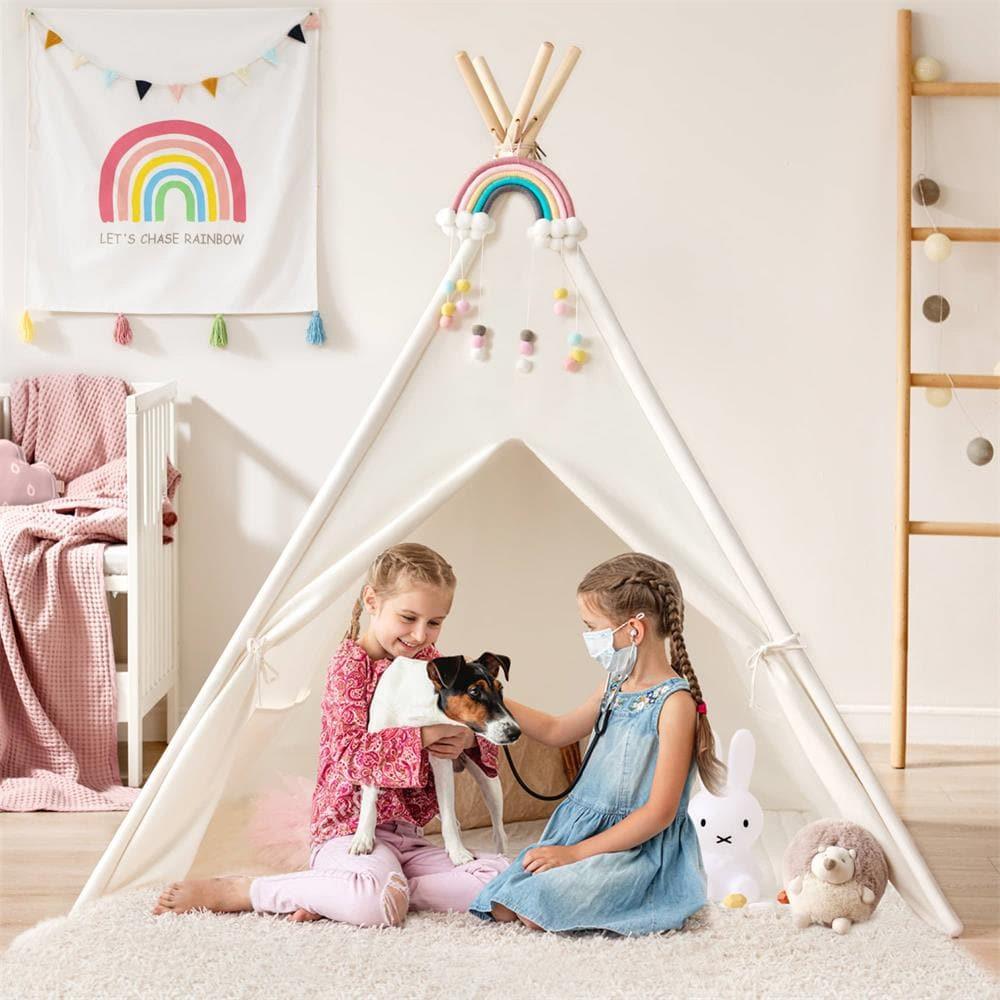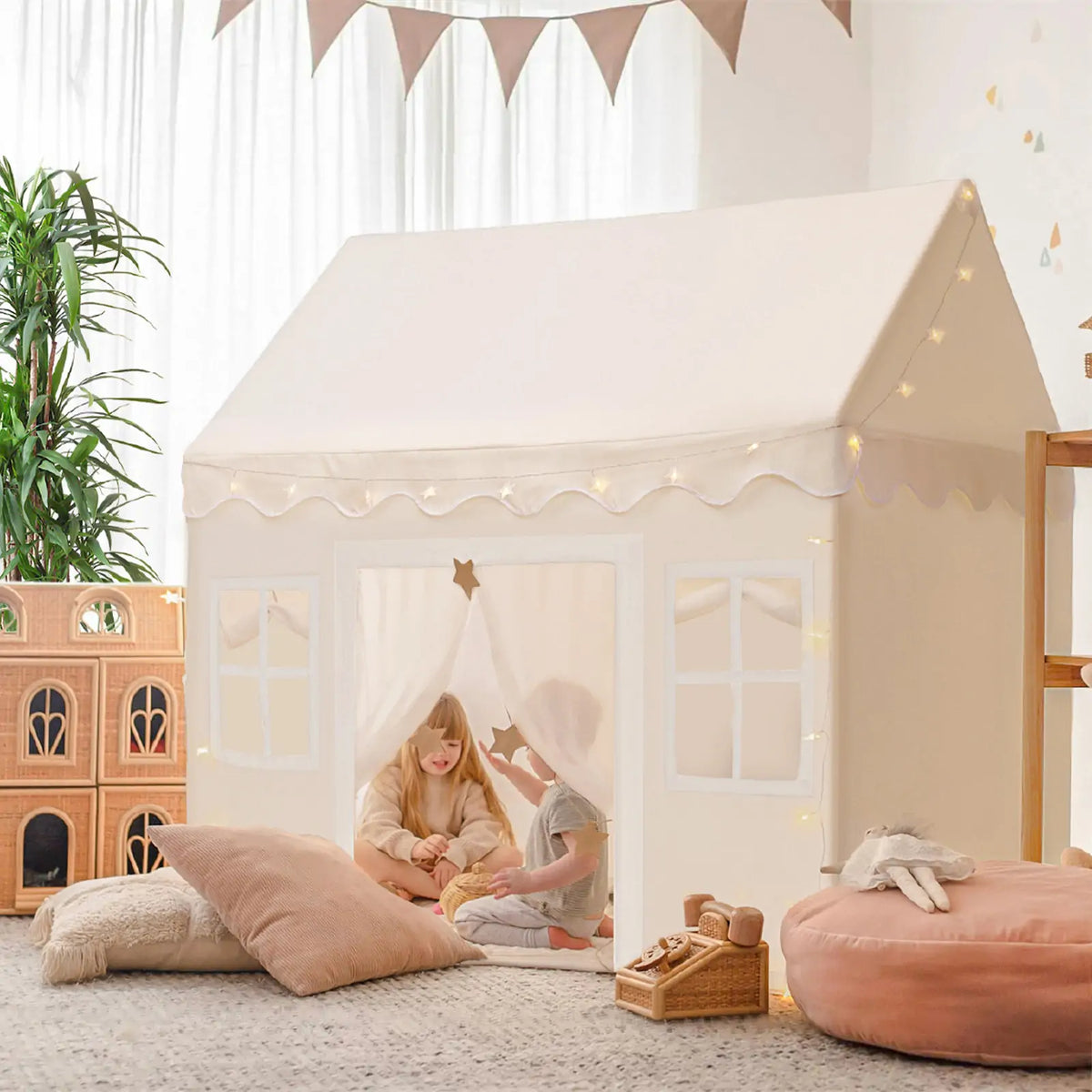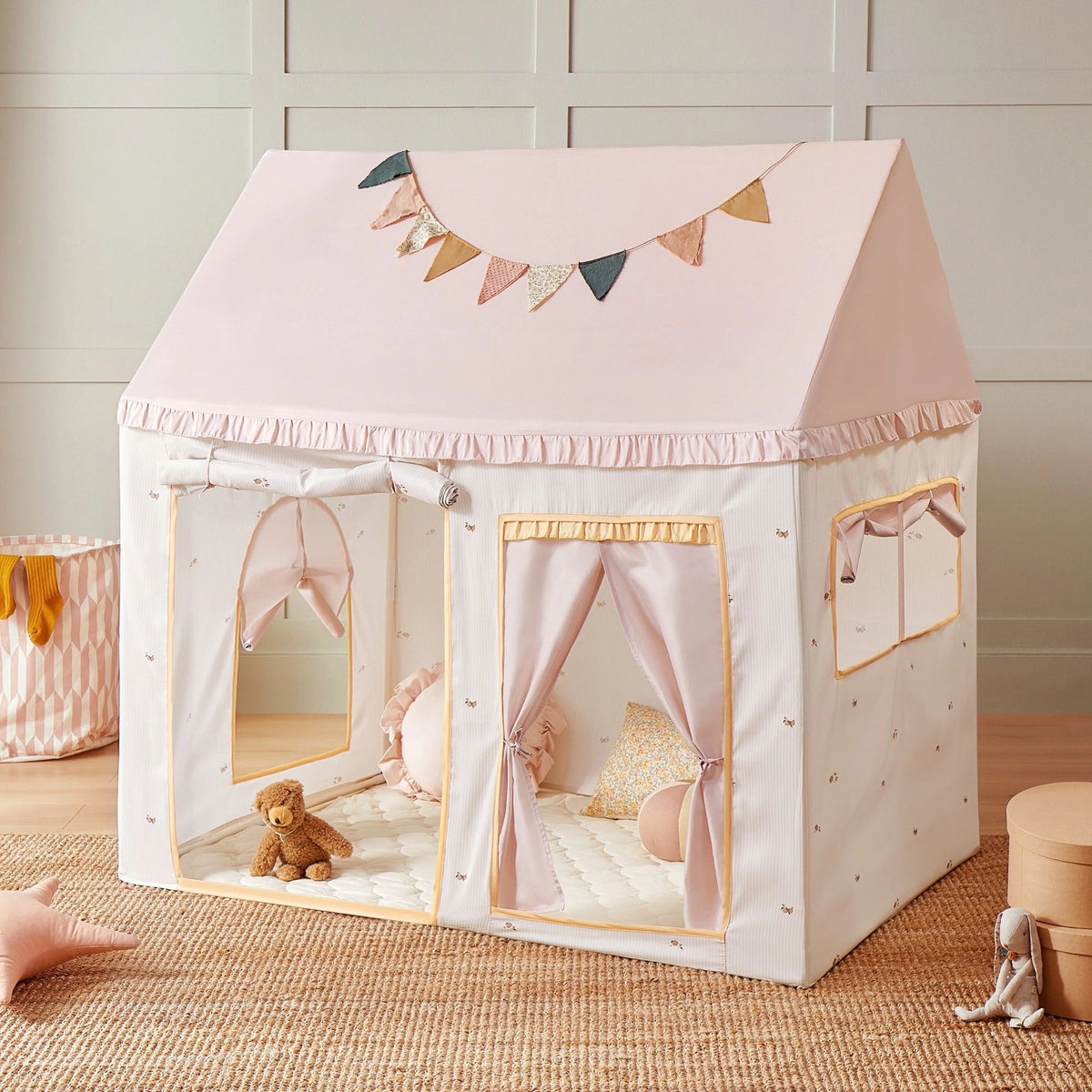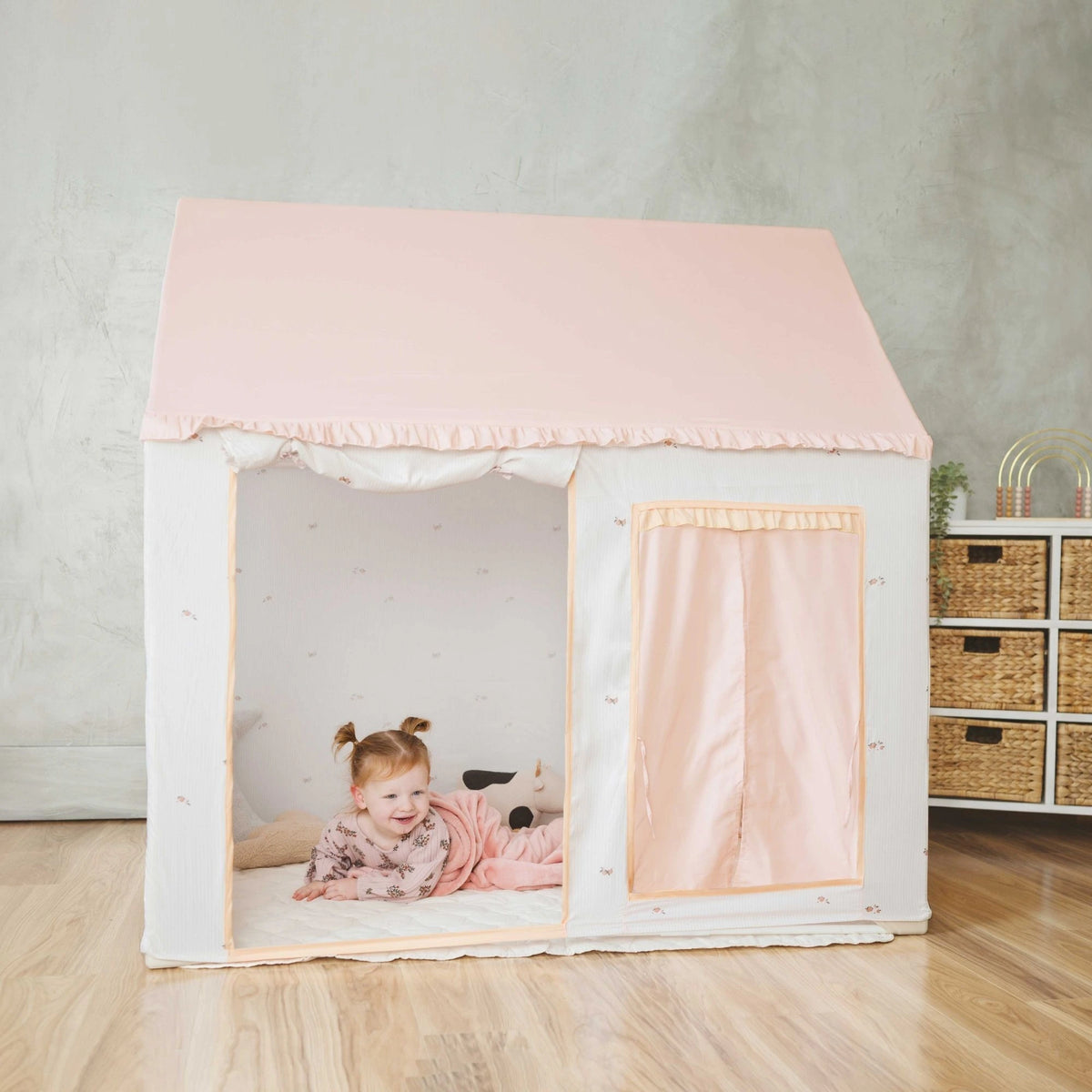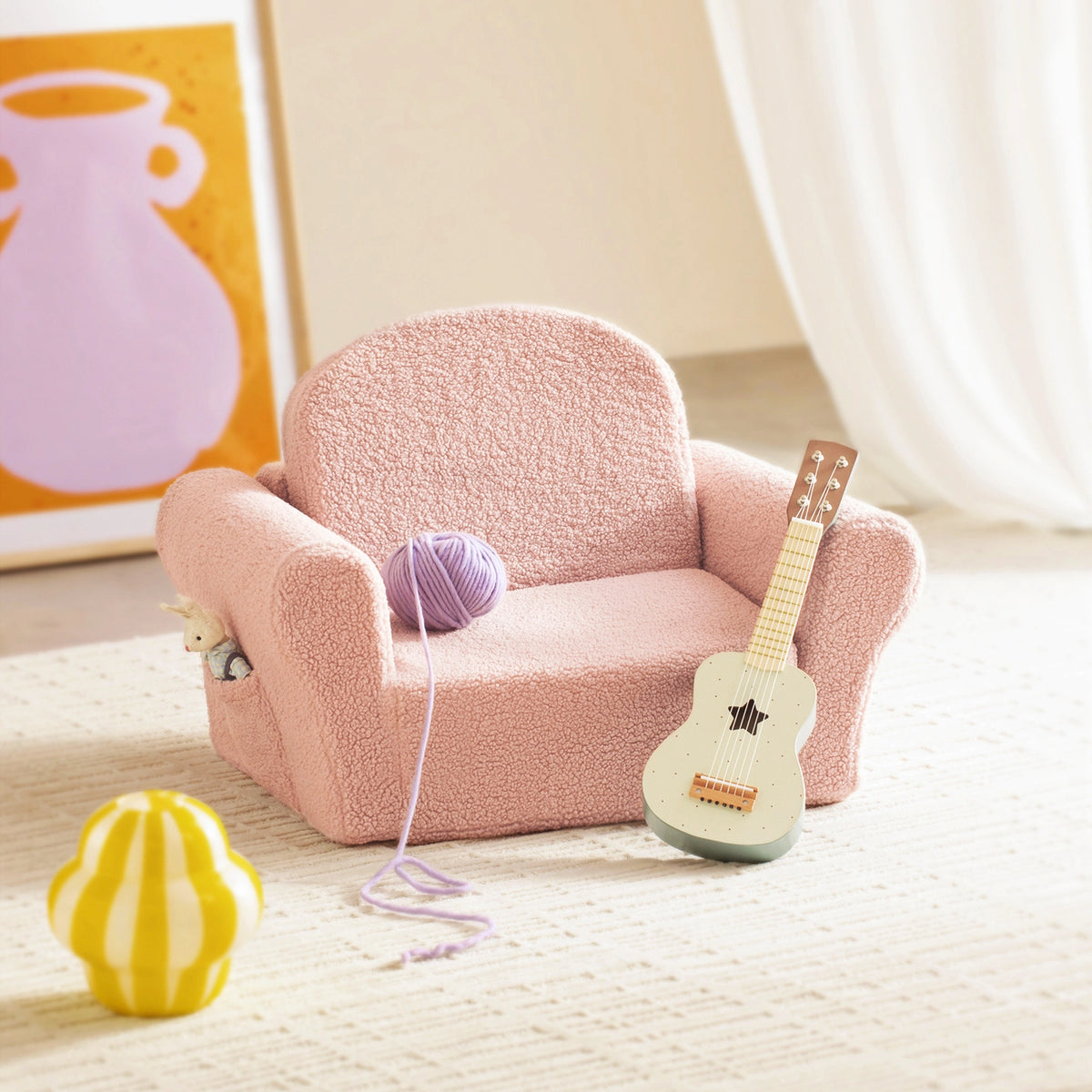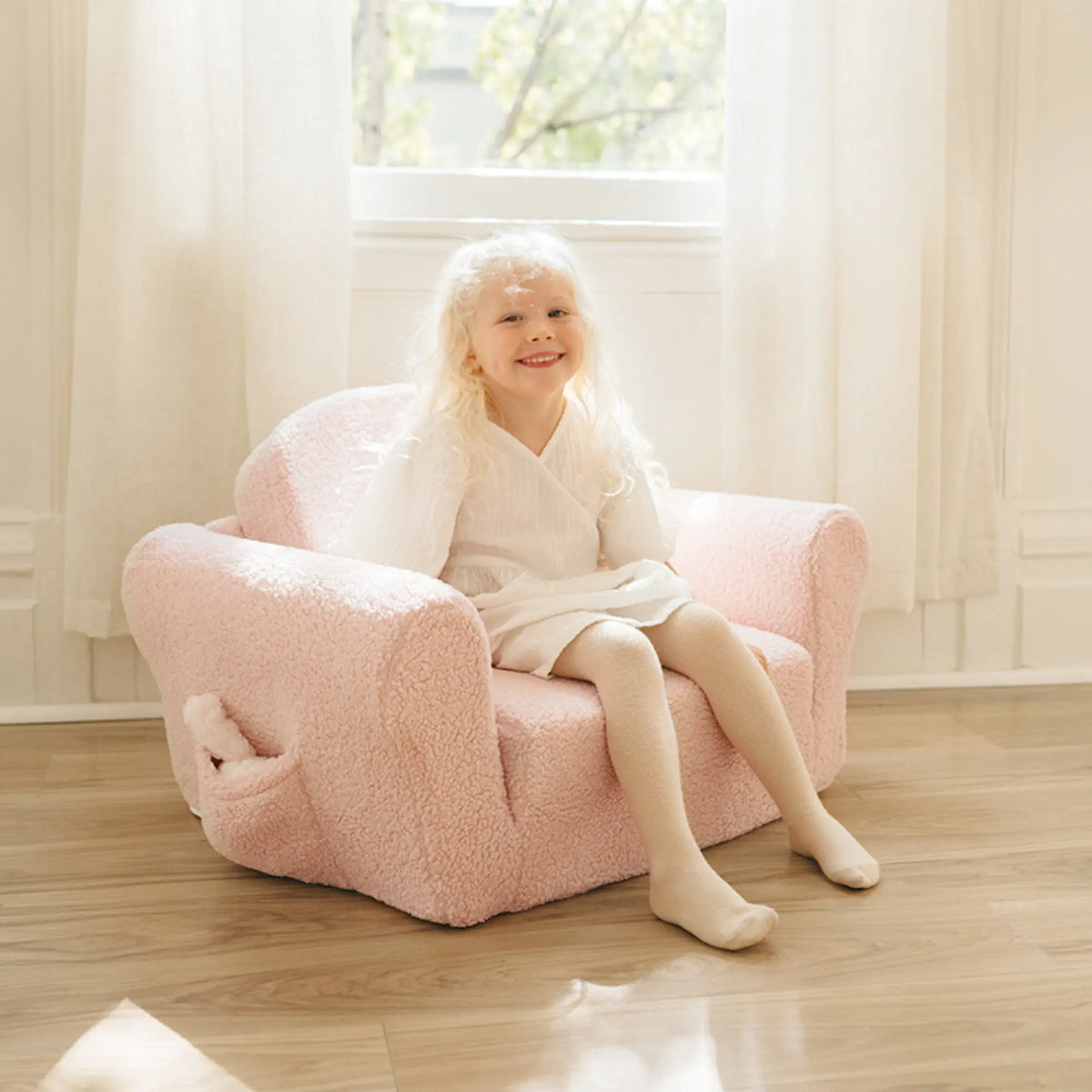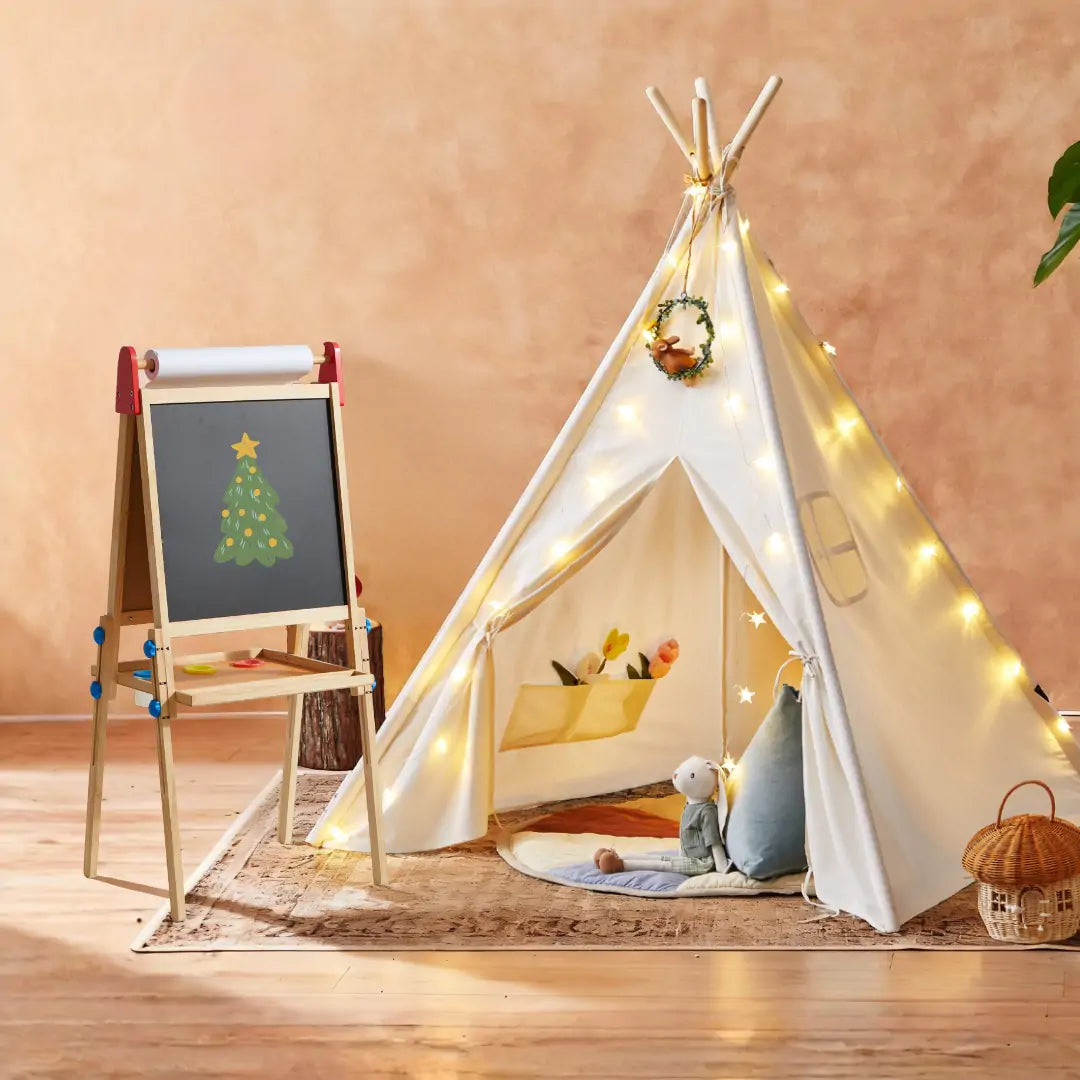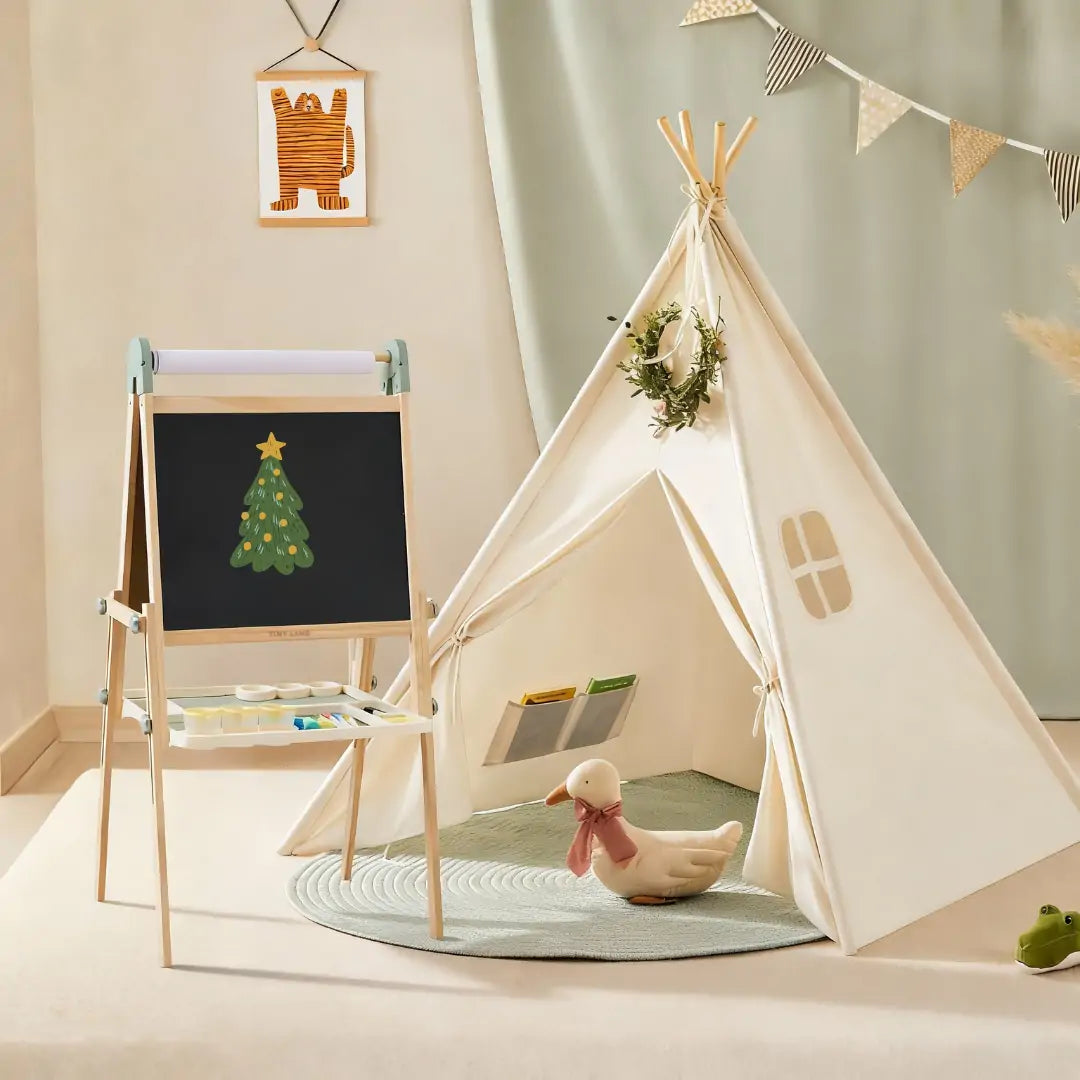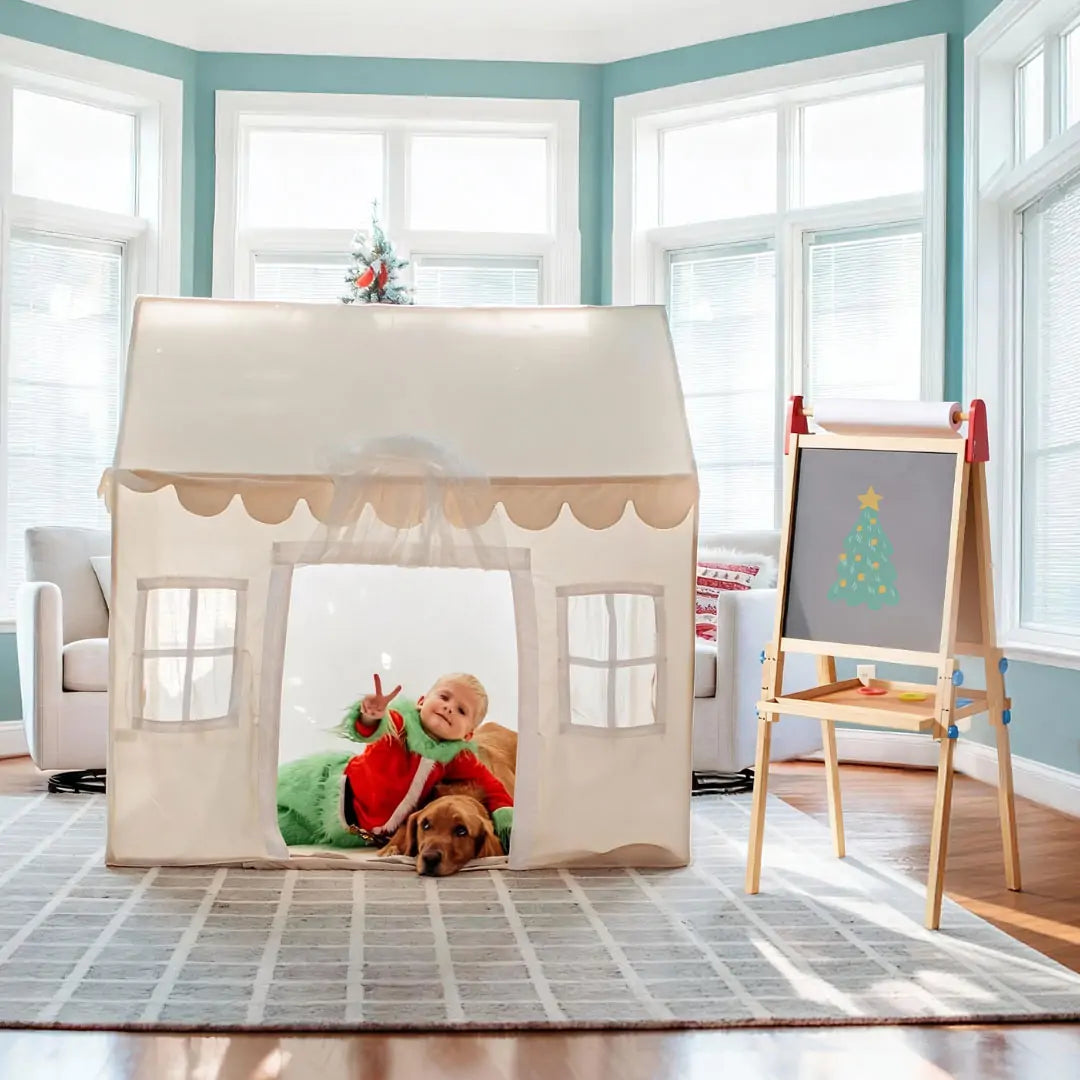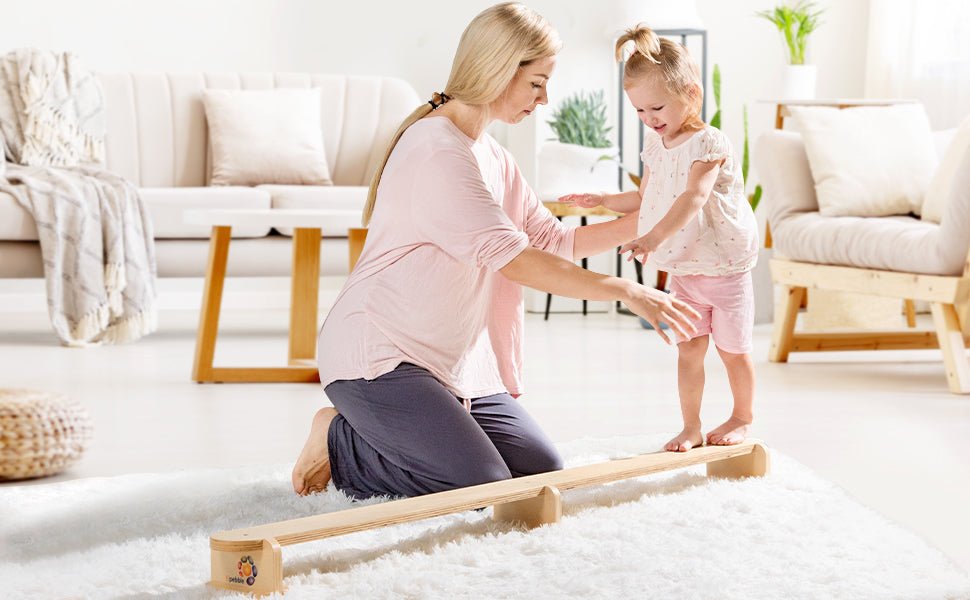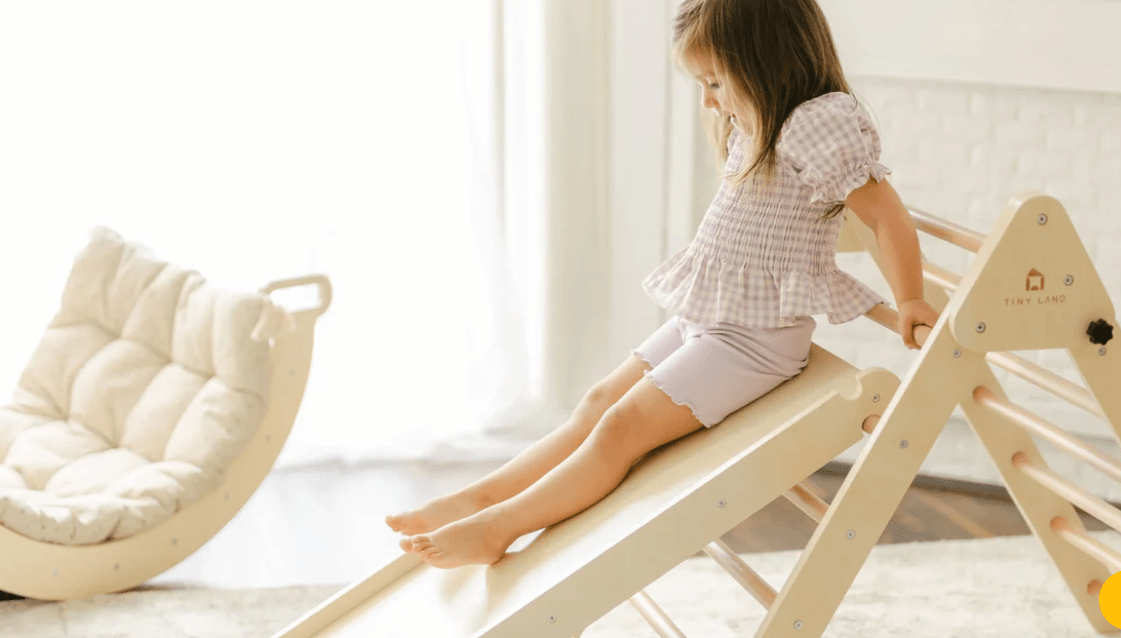Balance beams are not only a staple in vaulting; they offer a large number of advantages for youngsters' turn of events. These thin, raised stages are fun as well as fundamental for encouraging physical, mental, and profound development in kids. In this article, we'll describe the main 10 benefits behind why balance beams are vital for youngsters' general prosperity.
What are Balance Beams
Balance beams are gymnastic devices intended for people to rehearse and exhibit balance and steadiness. They are long, thin, raised commonly utilized in aerobatic, trapeze artistry, and different games or exercises that require accuracy and control. These may be different structures and sizes, yet they share a few normal qualities. Such as Dimensions, Elevation, Material, Covering, and Beam Height Adjustments.
Balance beams are a key contraption in imaginative tumbling and musical vaulting schedules. Gymnasts perform different abilities on the bar, like jumps, turns, flips, cartwheels, and handstands, and that's just the beginning, frequently with a solid accentuation on ease and accuracy. These schedules are passed judgment on in light of execution, imaginativeness, and trouble.
Major 10 benefits of a balance beam for the child
Here we sort the best 10 benefits of balance beam:
Actual Turn of Events: The balance beam advances the improvement of fine and gross coordinated movements, assisting messes with developing fortitude, balance, and coordination.
Upgraded Adaptability: Adjusting a bar supports adaptability and spryness, cultivating sound actual turn of events.
Further developed balance and Coordination: Rehearsing on a balance pillar levels up a kid's skill to adjust and organize developments, and fundamental abilities.
Supported Confidence: Dominating balance pillar abilities imparts a feeling of achievement, improving a kid's confidence and fearlessness.
Concentration and Fixation: Adjusting requires fixation, helping children to remain on track and be aware of their activities.
Critical thinking Abilities: Exploring the bar provokes kids to adjust and make changes, sustaining critical abilities to think.
Persistence and Tirelessness: Figuring out how to adjust includes falls and retries, showing kids persistence and determination.
Risk The board: Kids figure out how to evaluate and oversee gambles, an important expertise that stretches out past the bar.
Social Connection: Taking part in balance pillar exercises permits children to collaborate with peers, make companions, and learn cooperation.
Establishment for Different Games: The abilities obtained on the balance pillar act as an establishment for different games and proactive tasks.
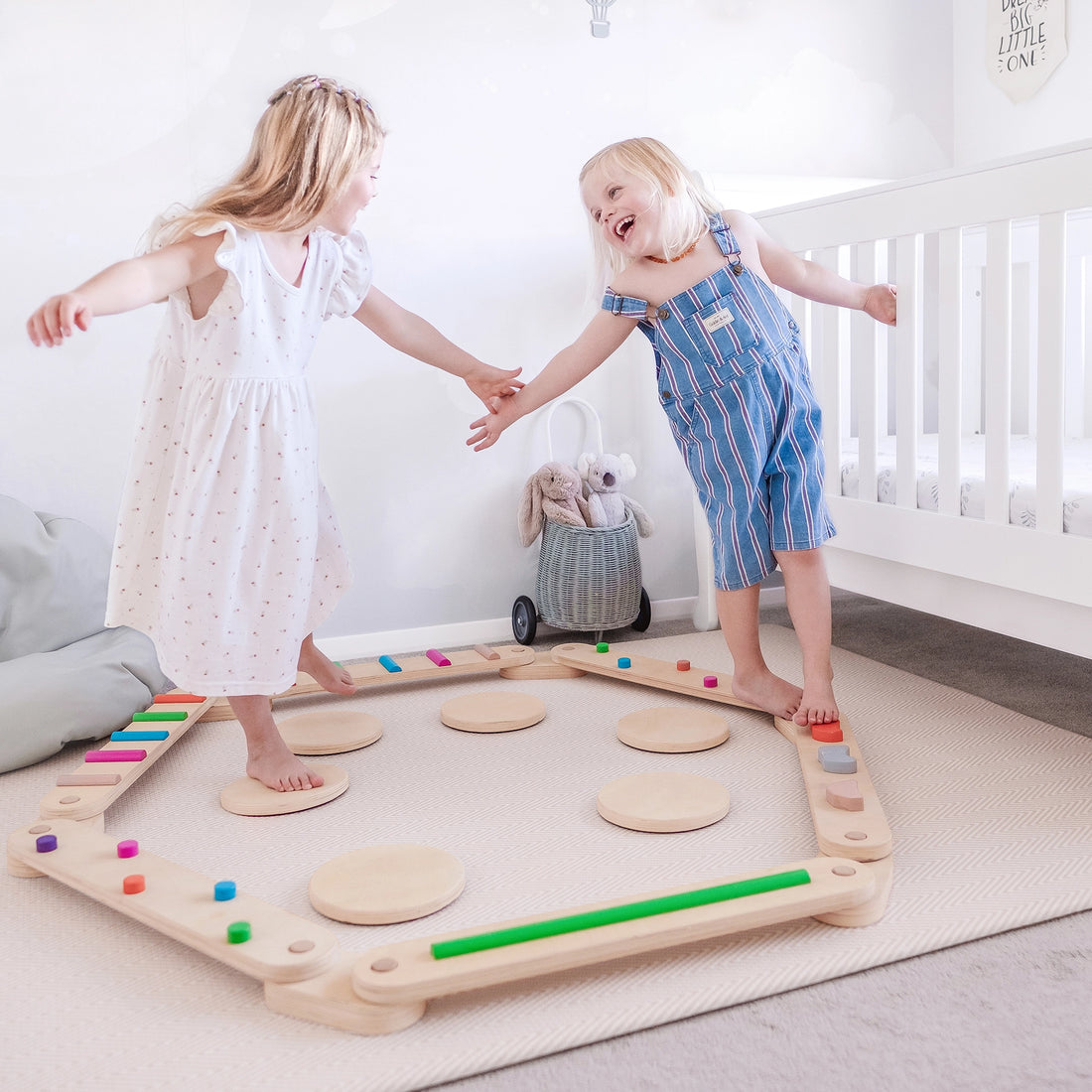
How to walk on a balance beam
Walking on a balance beam is a skill that requires practice, patience, and balance. Here is a step-by-step guide on how to walk on a balance beam safely and effectively:
Warm-Up:
- Before you start, warm up your body with light stretching exercises to loosen your muscles and joints.
- It's essential to be physically prepared and flexible before attempting to walk on a beam.
Choose the Right Beam:
- Select a beam that is appropriate for your skill level. Beginners should start with a low, wide beam or a practice beam closer to the ground.
- Make sure the beam is clean and free of any debris or hazards.
Begin with Basic Balancing:
- Stand beside the balance beam and place one foot on it, keeping the other foot on the ground for balance.
- Gradually shift your weight onto the foot on the beam.
- Practice maintaining balance with one foot on the beam for a while before attempting to walk.
Walk Sideways:
- For beginners, start by walking sideways along the beam. Keep your arms out to the sides for balance.
- Take small steps and focus on maintaining balance.
- Keep your gaze fixed on a point in the distance, as looking down at your feet can disrupt your balance.
Safety Measures:
- Always have a spotter or coach nearby, especially if you're attempting more advanced skills.
- Learn how to fall safely, so you can minimize the risk of injury. Practice falling onto a padded surface or mat.
Visualization:
- Visualize yourself successfully walking on the beam before attempting it. Mental preparation can be as crucial as physical practice.
Finally
Balance Beam offers a comprehensive way to deal with youngster improvement, including physical, mental, and profound prosperity. They give a stage for children to upgrade their balance, coordination, and critical thinking abilities while cultivating confidence and certainty. By integrating a balance beam into a youngster's daily schedule, we can enable them to have better and more certain existences.
Q: At what age might kids at any point begin utilizing a balance beam?
A: Kids as youthful as 2-3 years of age can start with low and wide pillars, with the intricacy expanding as they develop and foster their abilities.
Q: Are balance beams for youngsters?
A: Indeed, when utilized under legitimate oversight and with age-proper gear, balance beams are okay for youngsters and can be a significant instrument for their turn of events.
Q: Can an adjusted beam utilized at home?
A: Indeed, there are home-accommodating balance shaft choices accessible that can be utilized for training and tomfoolery.


